Santa Barbara, often referred to as the “American Riviera,” offers a diverse range of attractions and activities that cater to various interests. Let’s explore what Santa Barbara has to offer for different individuals and why it’s considered the USA Riviera.
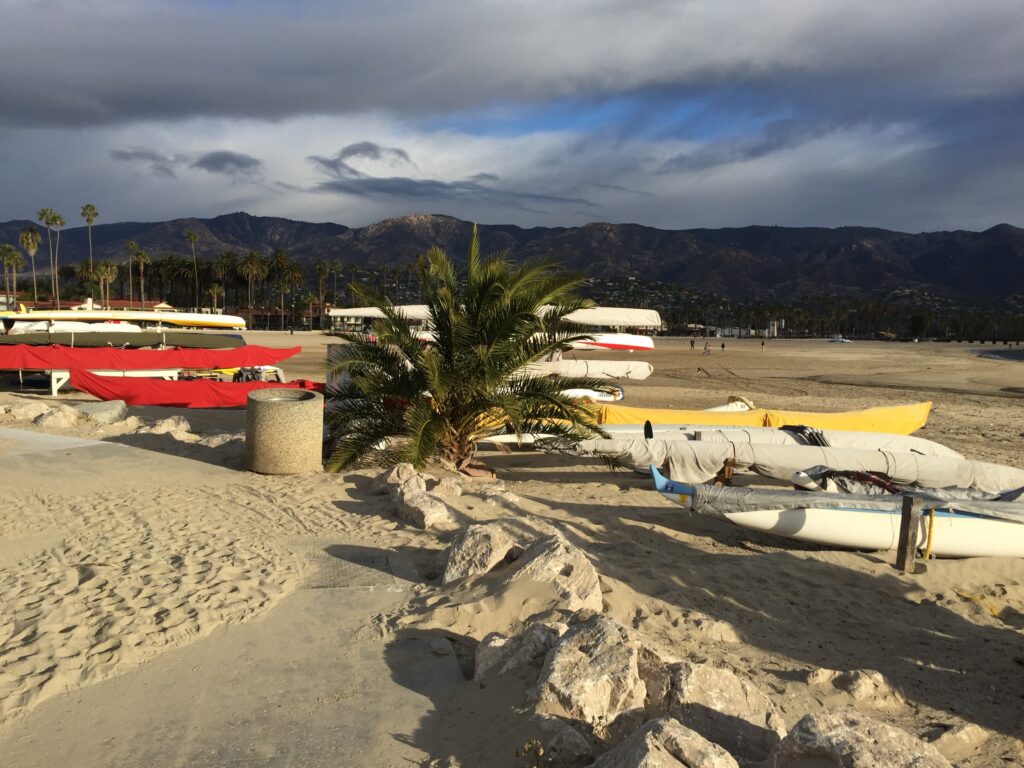
Attractions for Different Interests
For Historians
Santa Barbara boasts a rich historical heritage, with its early Spanish Colonial and Mexican-era adobe structures still preserved1. The city recognized the cultural and economic value of preserving its historic buildings earlier than most American cities, providing a window into the past1.
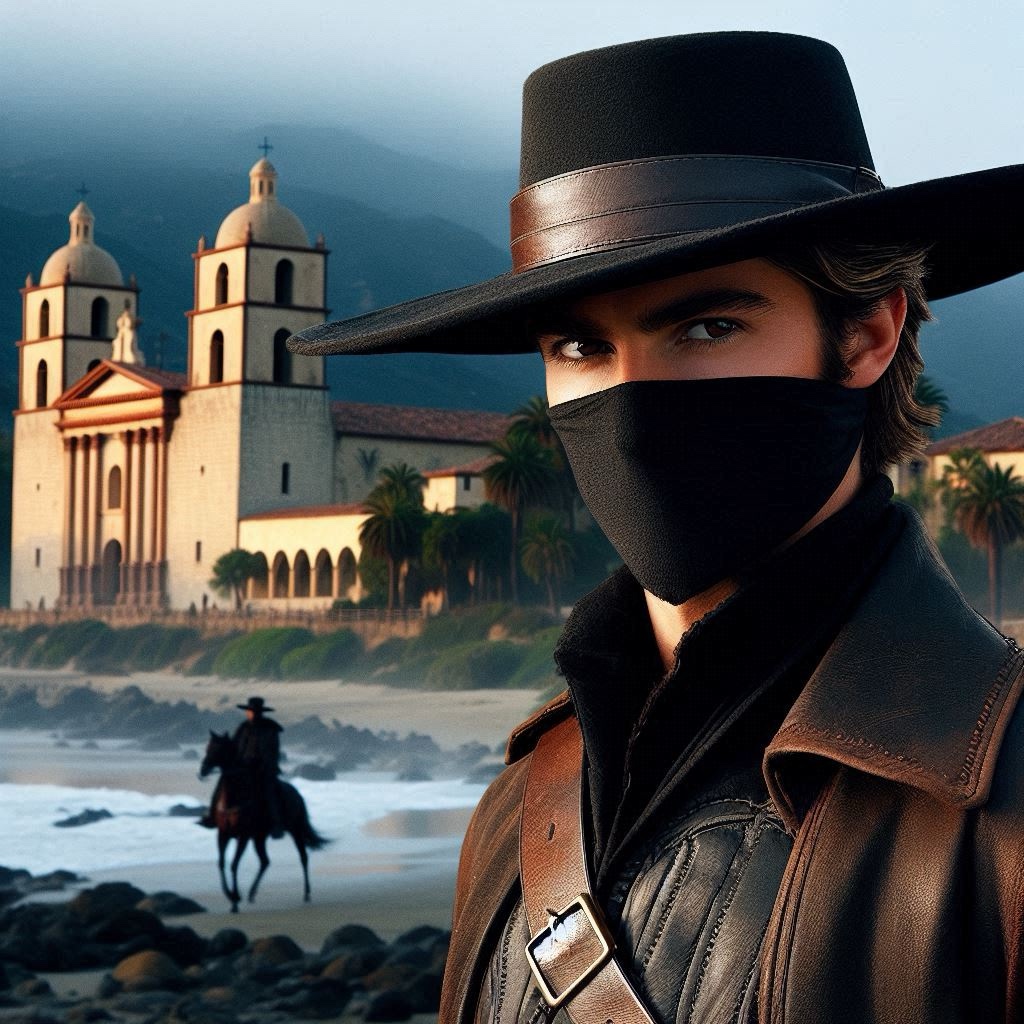
The Santa Barbara Historical Museum has contributed to the Zorro legend by preserving and sharing the historical context and folklore that inspired Johnston McCulley’s creation of the character. The museum’s research highlights the influence of real-life figures like Salomon Pico, a notorious bandit from the 19th century, whose life and exploits became part of California’s folklore.
Pico’s story, along with other tales of outlaws during California’s transitional era from Mexican to American rule, provided McCulley with rich material to craft the romanticized character of Zorro13. The museum serves as a resource for understanding the historical backdrop that shaped such cultural narratives.
The character of Zorro, created by Johnston McCulley in 1919, was indeed inspired by real-life figures and events in Santa Barbara and the surrounding areas of California. While Zorro himself is a fictional character, his creation was influenced by several historical figures and the tumultuous period of California’s transition from Mexican to American rule in the mid-19th century.Two key historical figures that likely inspired Zorro are:
- Salomon Pico: A Californio bandit who operated in the Santa Barbara area in the 1850s. Pico was known for:
- Terrorizing American travelers on Southern California roads
- Using the Drum Canyon area south of Los Alamos as a base of operations
- Allegedly cutting off his victims’ ears as trophies
- Carlos Antonio de Jesus Carrillo: A respected Californio born in Santa Barbara in 1783. Carrillo was known for:
- His gentlemanly and courteous manners
- Being a popular and inoffensive citizen
- His elegant dress and reputation as a Californio version of Beau Brummel
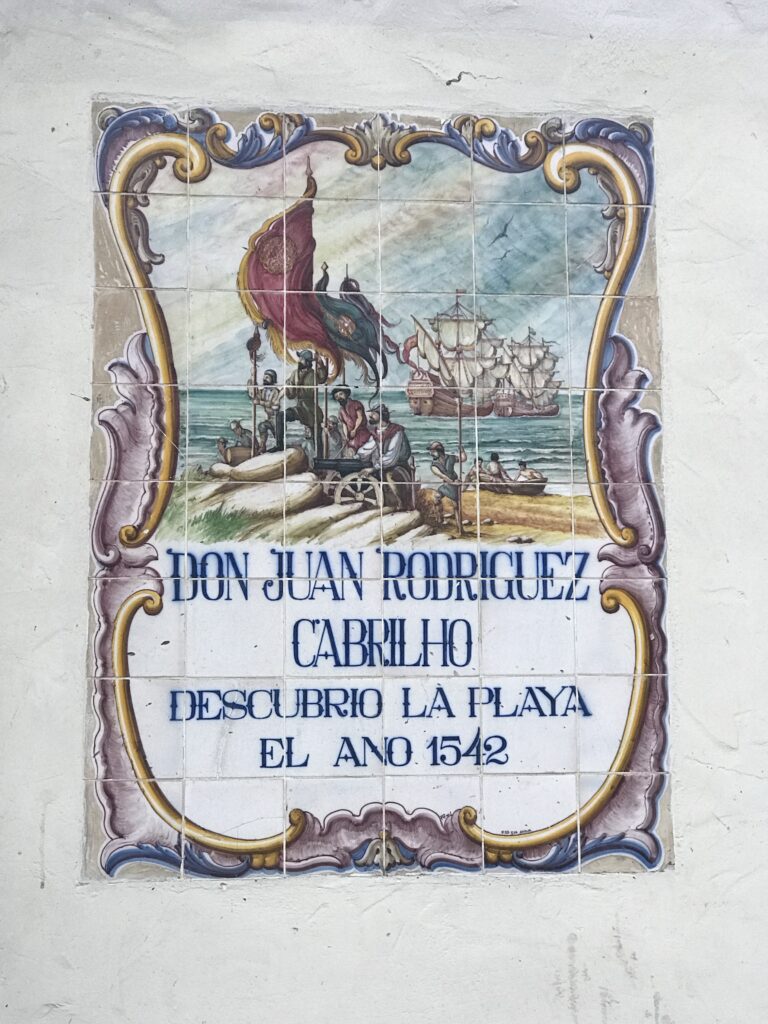
McCulley, who arrived in the Santa Barbara area around the turn of the 20th century, likely heard stories about these figures and others, which inspired him to create Zorro. He set Zorro in Spanish California, battling corrupt Spanish authorities, rather than in the actual historical context of American rule, to appeal to his 20th-century American readers.The character of Zorro thus represents a romanticized version of California’s past, blending elements of real historical figures and events with fictional heroics. While not directly based on a single real-life person in Santa Barbara, Zorro’s creation is deeply rooted in the area’s history and folklore.
A Bank of America branch was burned in Isla Vista, near Santa Barbara, on February 25, 1970. This incident occurred during a period of intense student activism and protests against the Vietnam War and perceived symbols of capitalism and establishment, like the bank. The event was sparked by a speech from William Kunstler, a civil rights lawyer, which fueled tensions already high due to anti-Vietnam War sentiments and opposition to the bank’s controversial practices. The burning led to significant unrest, including riots and a state of emergency declared by then-Governor Ronald Reagan123.
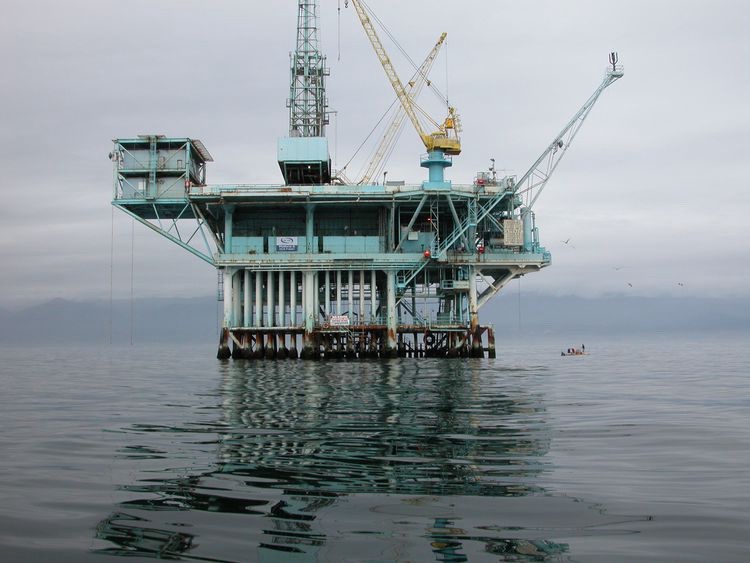
The 1969 Santa Barbara oil spill was a devastating environmental disaster that significantly impacted the beaches and marine wildlife of Santa Barbara, California. This catastrophic event occurred on January 28, 1969, when a blowout on Union Oil’s Platform A, located 6 miles offshore in the Santa Barbara Channel, caused a massive oil leak.
The Disaster
- An estimated 80,000 to 100,000 barrels of crude oil spilled into the Santa Barbara Channel over a 10-day period.
- The oil slick expanded rapidly, covering approximately 800 square miles of ocean surface.
- Beaches from Goleta to Ventura and the northern shores of the Channel Islands were fouled with oil.

Environmental Impact
- Approximately 3,500 sea birds died as a result of the spill.
- Marine mammals, including dolphins, elephant seals, and sea lions, were also killed.
- The coastline was blackened, with oil accumulating up to 6 inches deep in some areas.
- Santa Barbara’s ecosystem, including sea grass and underwater flora, suffered widespread damage.
Lessons Learned and Environmental Movement
- The disaster sparked significant public outrage and media coverage, leading to numerous environmental protection laws.
- It resulted in the passage of the National Environmental Policy Act in 1970, requiring agencies to consider environmental consequences before taking action.
- The California Coastal Sanctuary Act was enacted, prohibiting new offshore oil leases in state waters after 1994.
- The spill is credited with launching the modern environmental movement in the United States.
- It led to the creation of the Environmental Protection Agency (EPA) and stricter regulations on offshore drilling.
- The incident highlighted the need for better safety precautions and regulations in the oil industry.
The 1969 Santa Barbara oil spill serves as a pivotal moment in environmental history, demonstrating the severe consequences of inadequate safety measures and the importance of environmental protection legislation.
Epic Ocean Victory’: Biden Permanently Bans Offshore Drilling Across 625 Million Acres
Biden said in a statement that his decision “reflects what coastal communities, businesses, and beachgoers have known for a long time: that drilling off these coasts could cause irreversible damage to places we hold dear and is unnecessary to meet our nation’s energy needs.”…
A federal judge ruled in 2019 that such withdrawals cannot be undone without an act of Congress.
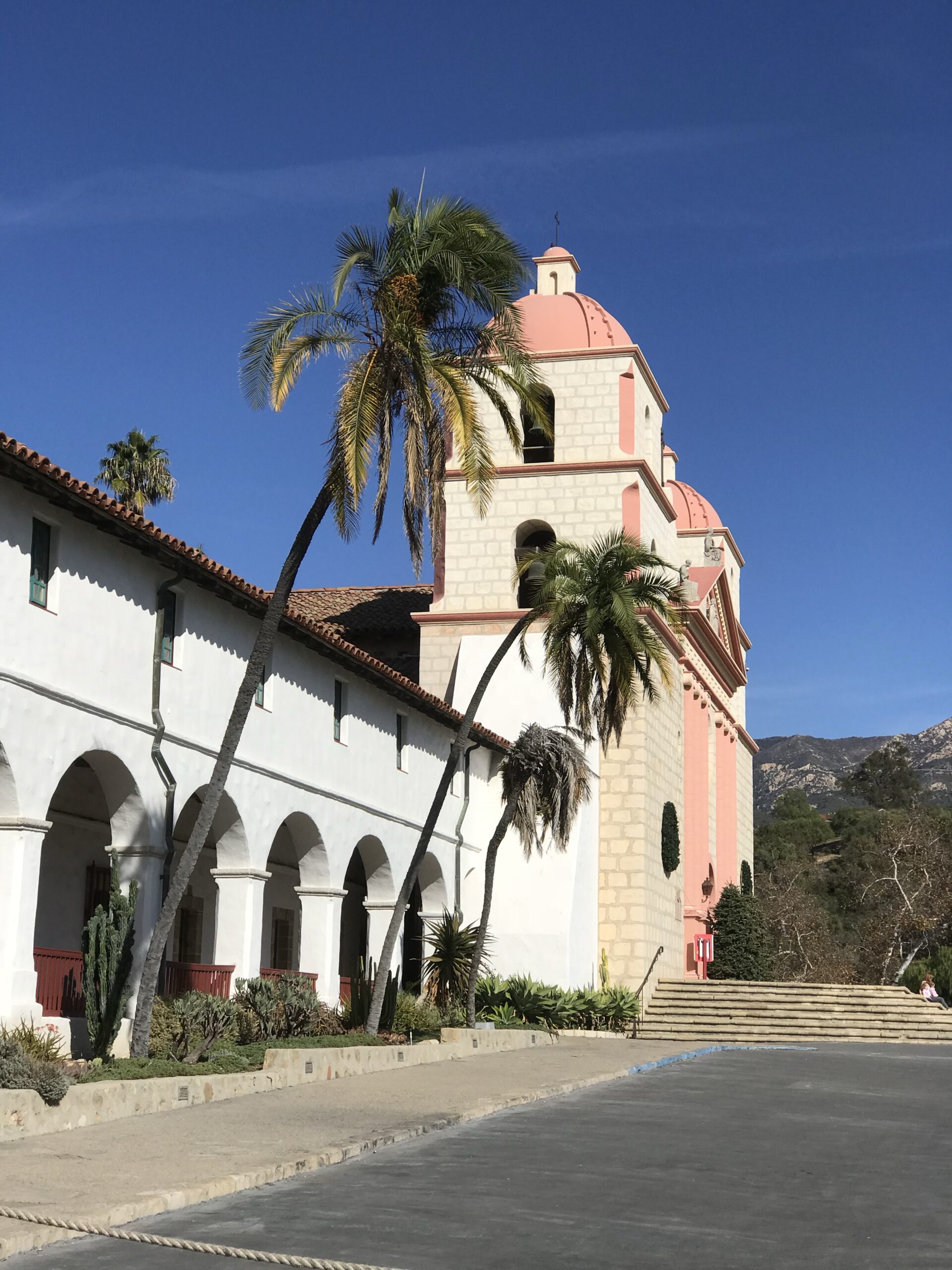
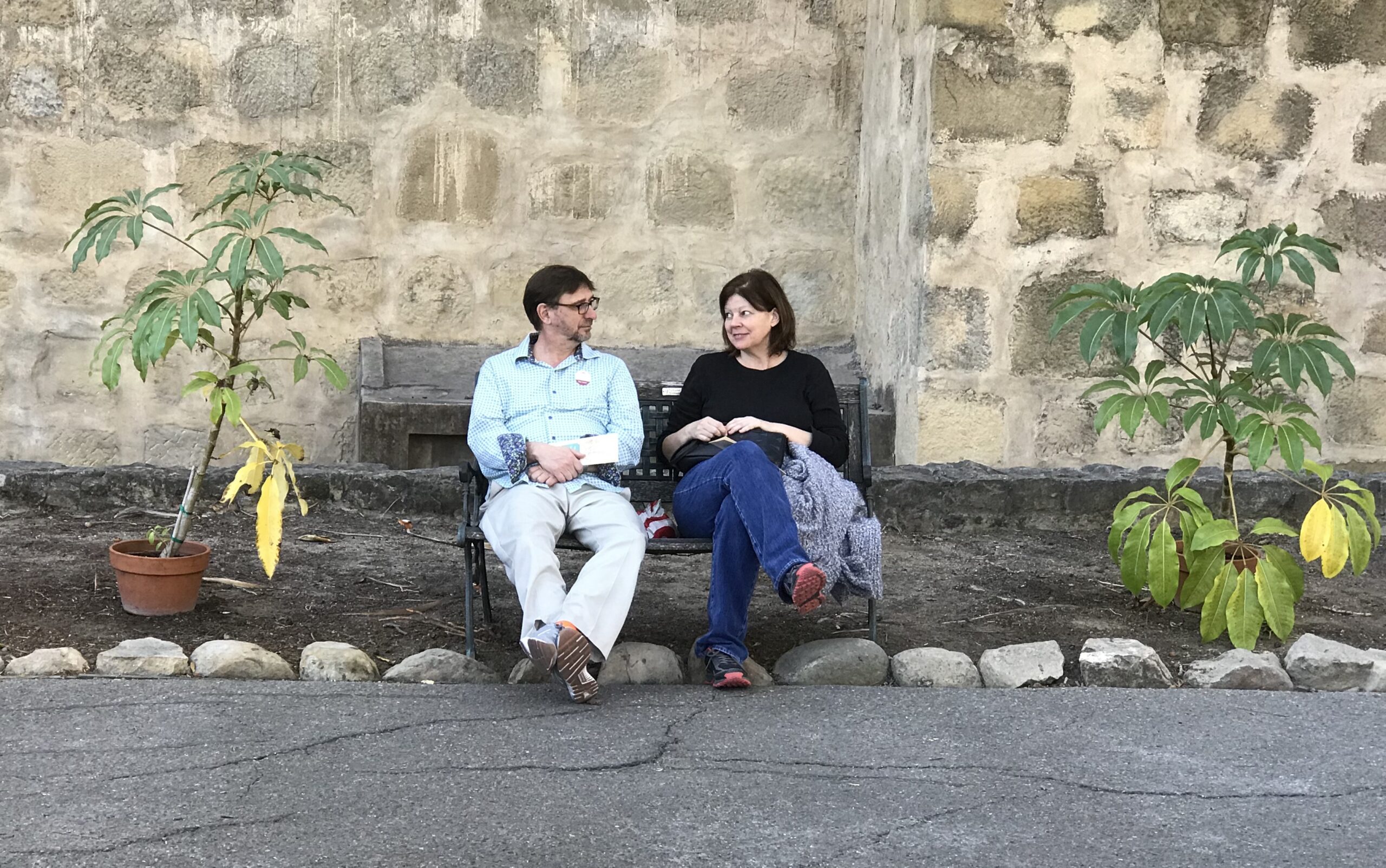
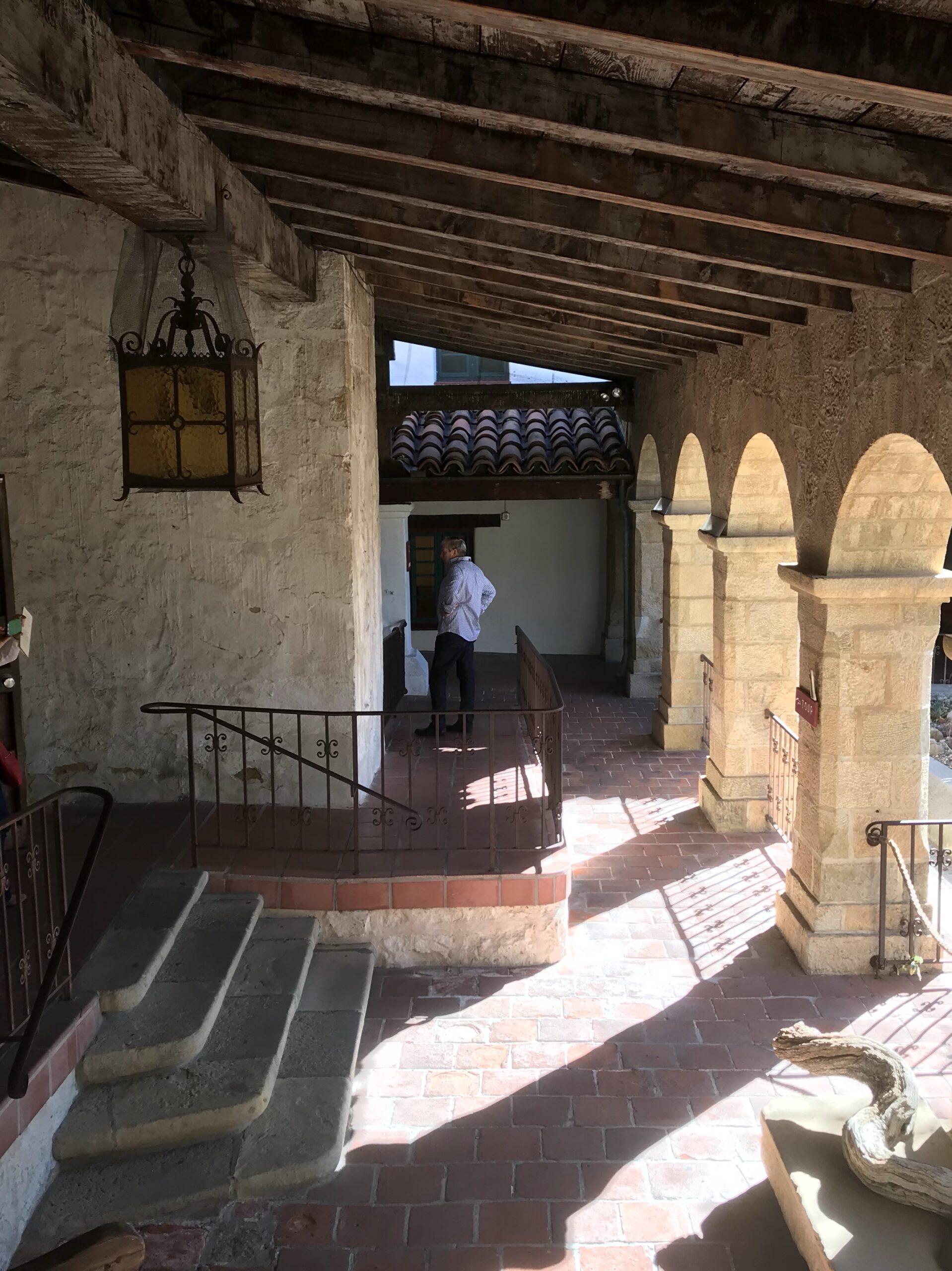
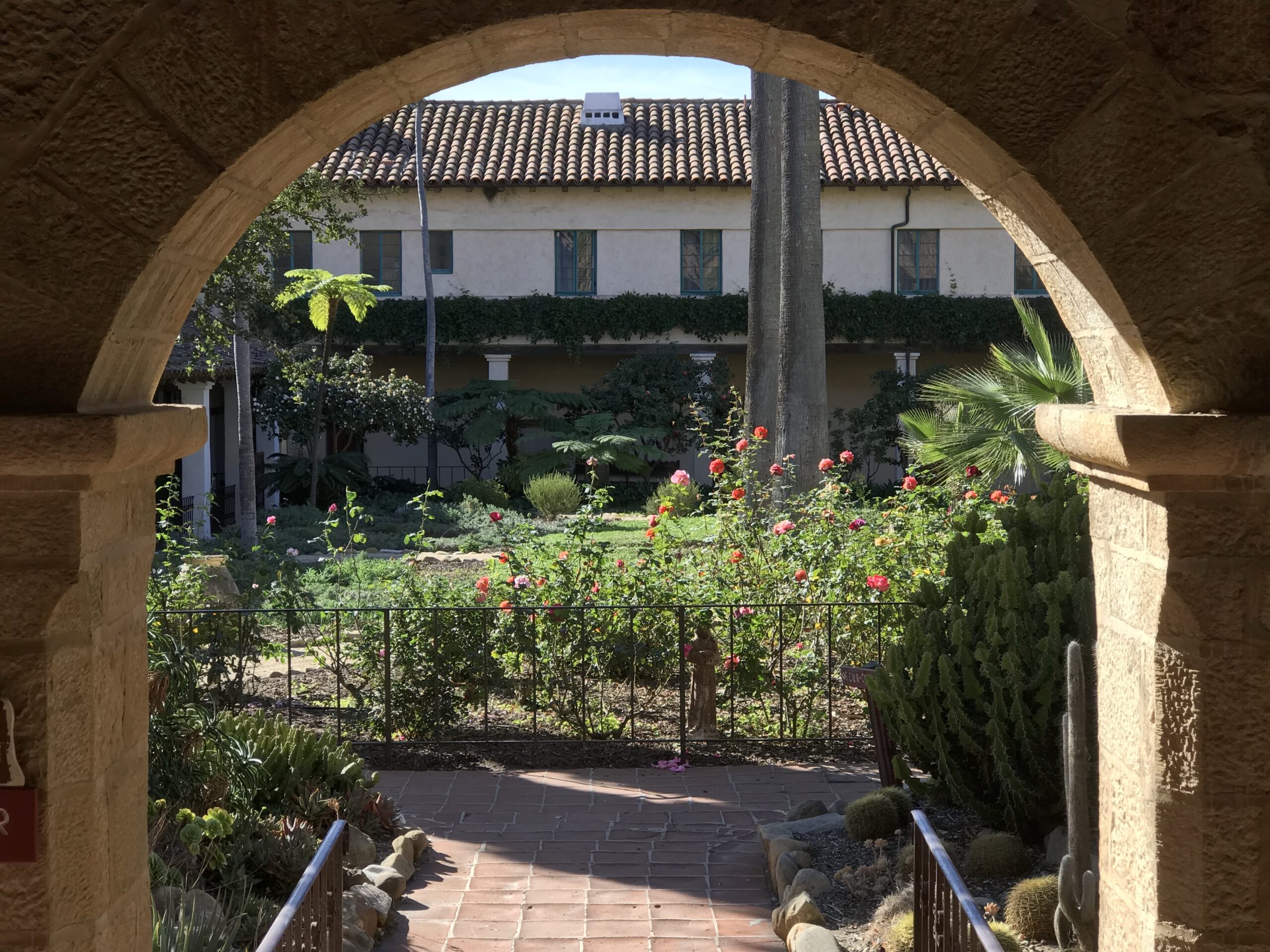
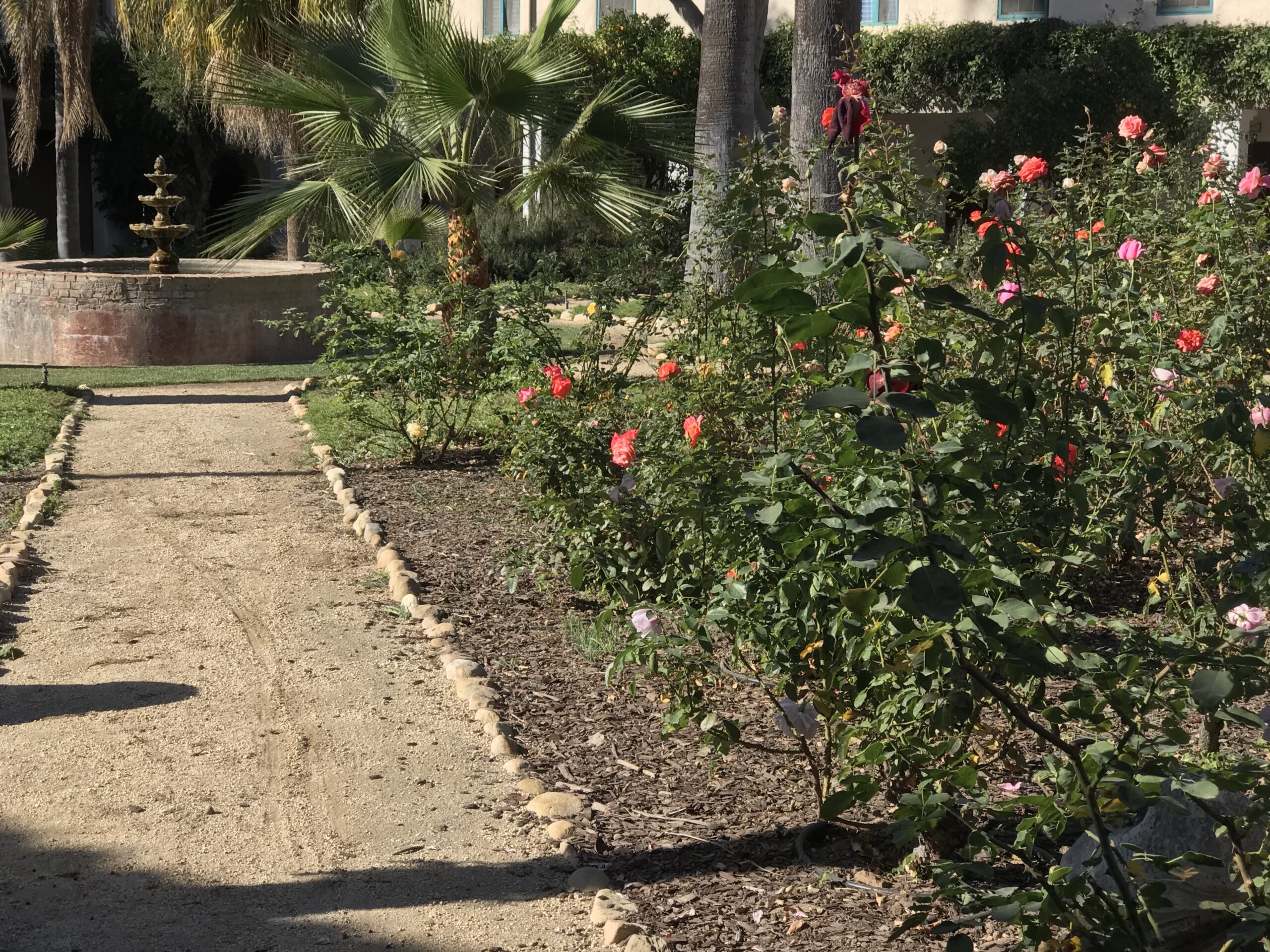
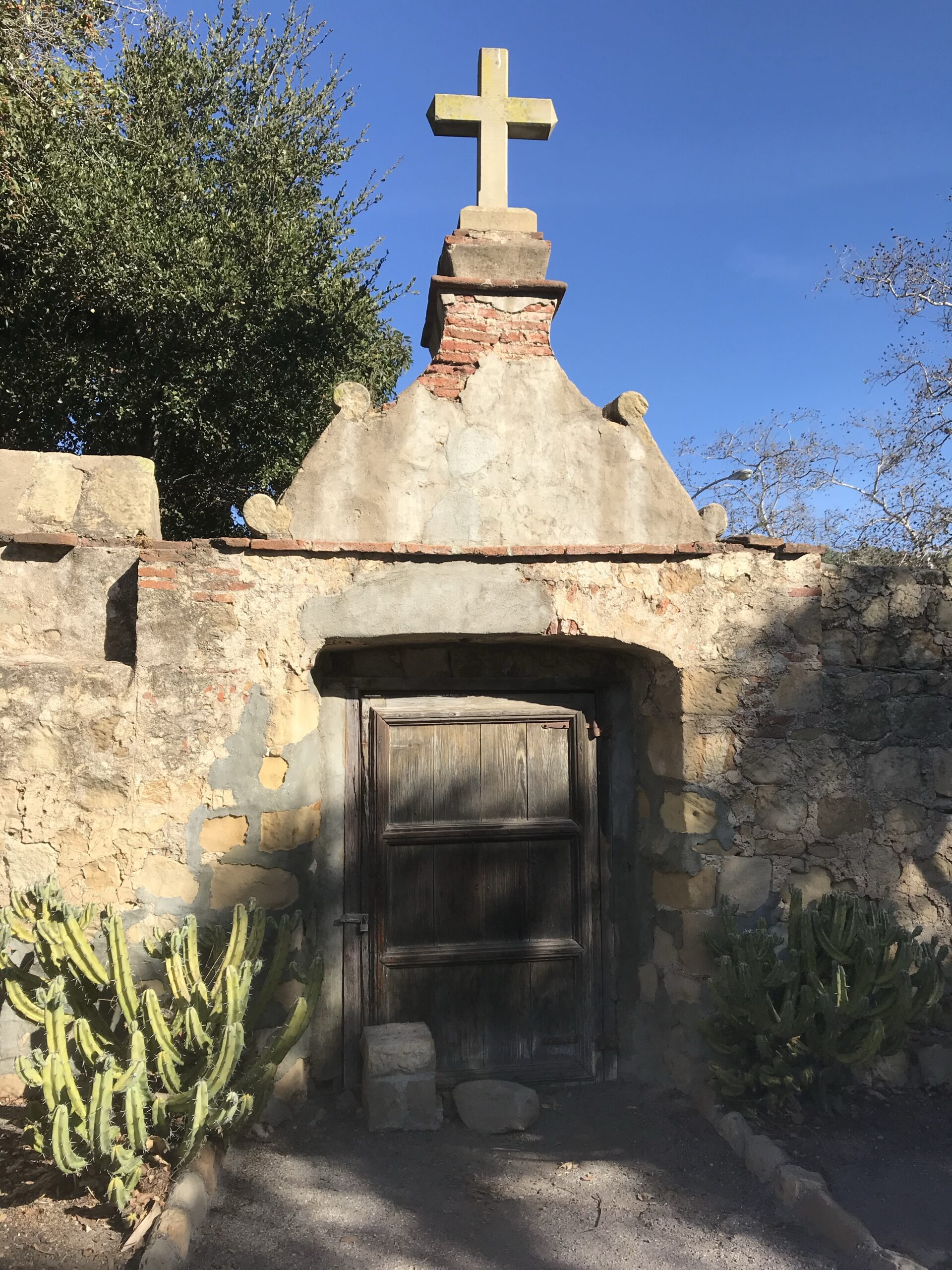
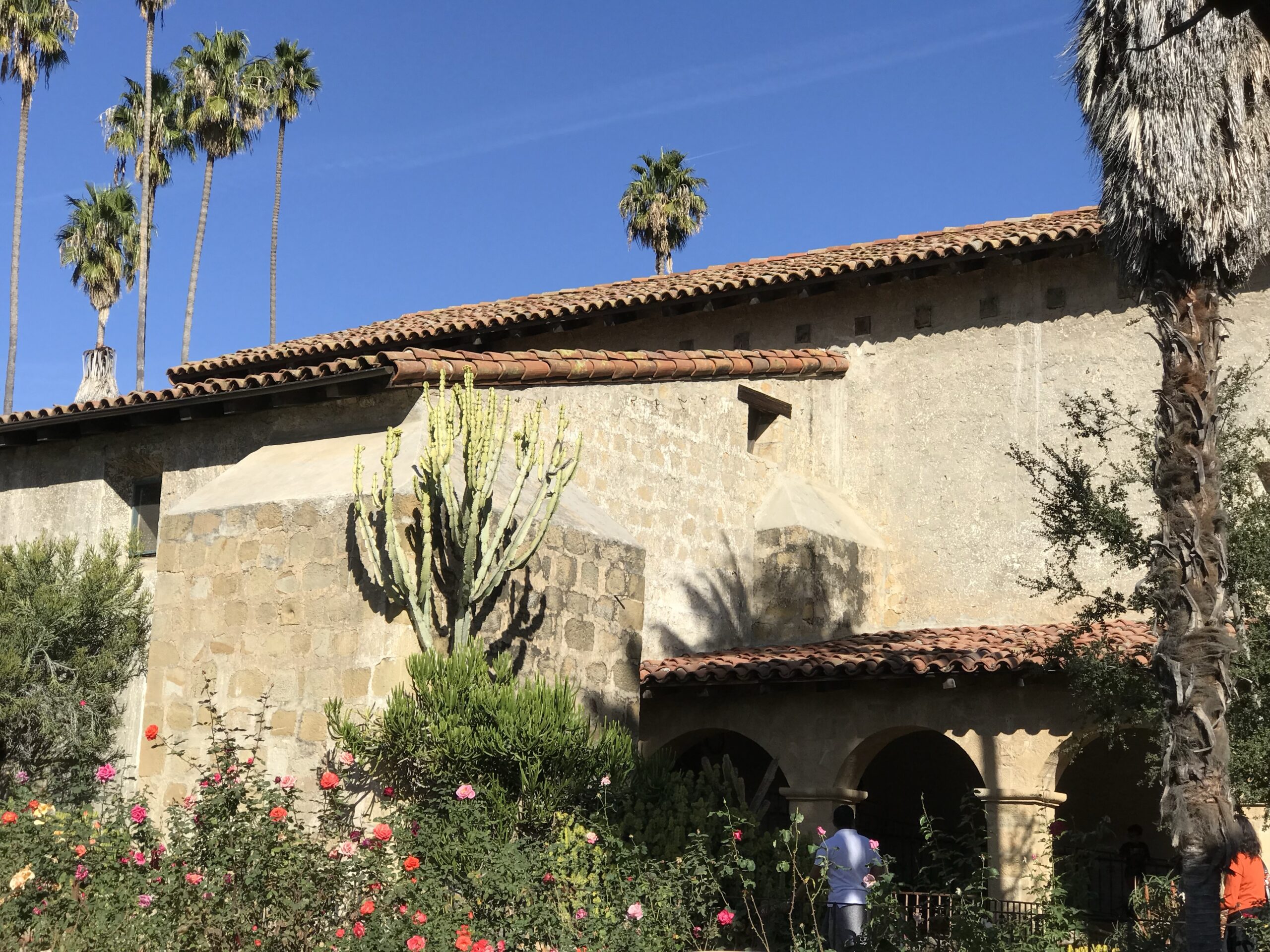
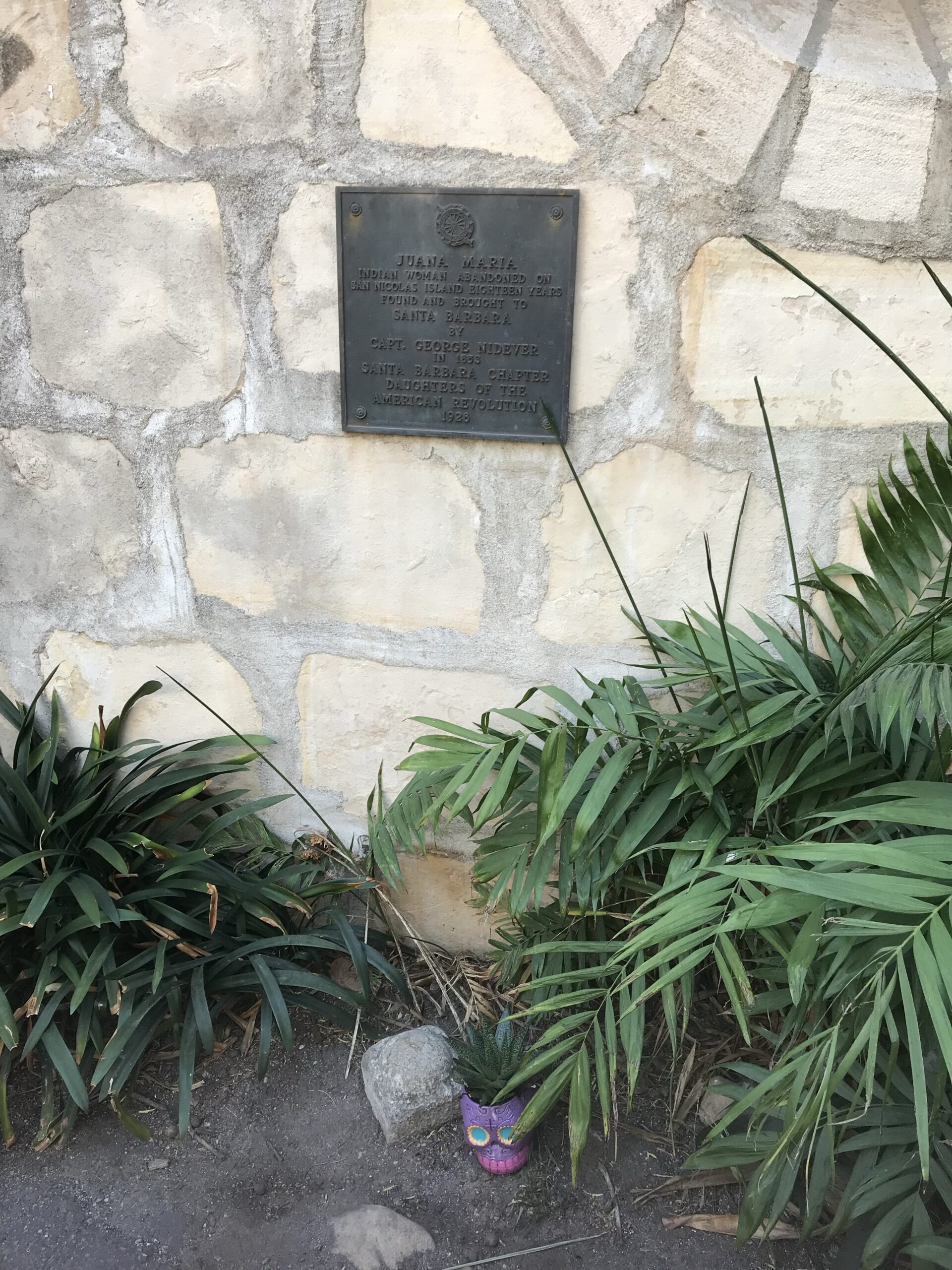
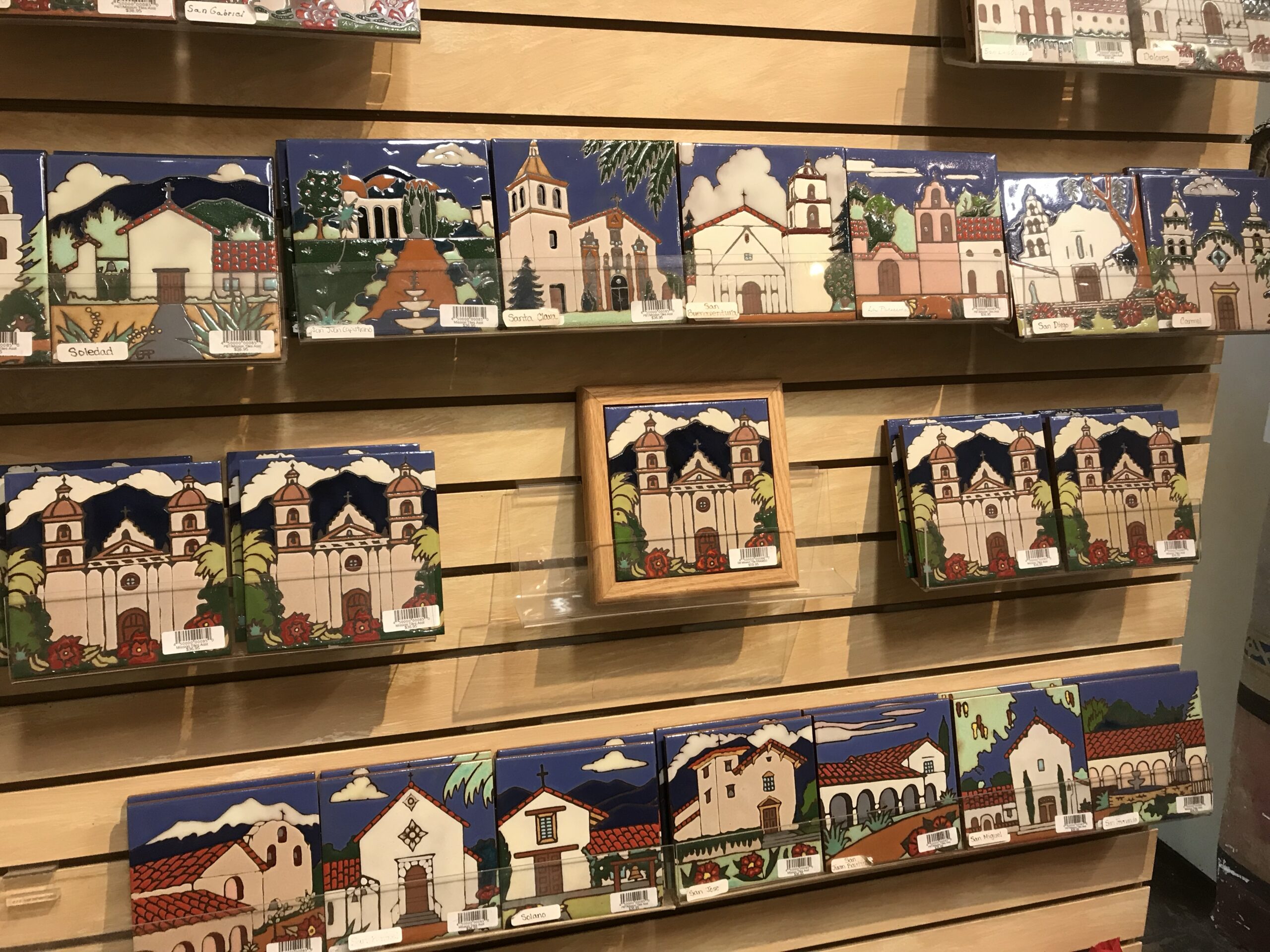
Historians visiting Santa Barbara should explore several key historical landmarks:
- Old Mission Santa Barbara: Known as the “Queen of the Missions,” it was founded in 1786 and reflects various cultural influences, including Mexican and Spanish124.
- Santa Barbara County Courthouse: A stunning example of Spanish Colonial Revival architecture, featuring hand-painted murals and a clock tower offering panoramic views123.
- El Presidio de Santa Barbara State Historic Park: Remnants of a Spanish fort, offering insights into early California history45.
- Chumash Painted Cave State Historic Park: Features well-preserved rock art by the Chumash people2.
- Stearns Wharf: The oldest operating pier on the West Coast, rich in maritime history4.
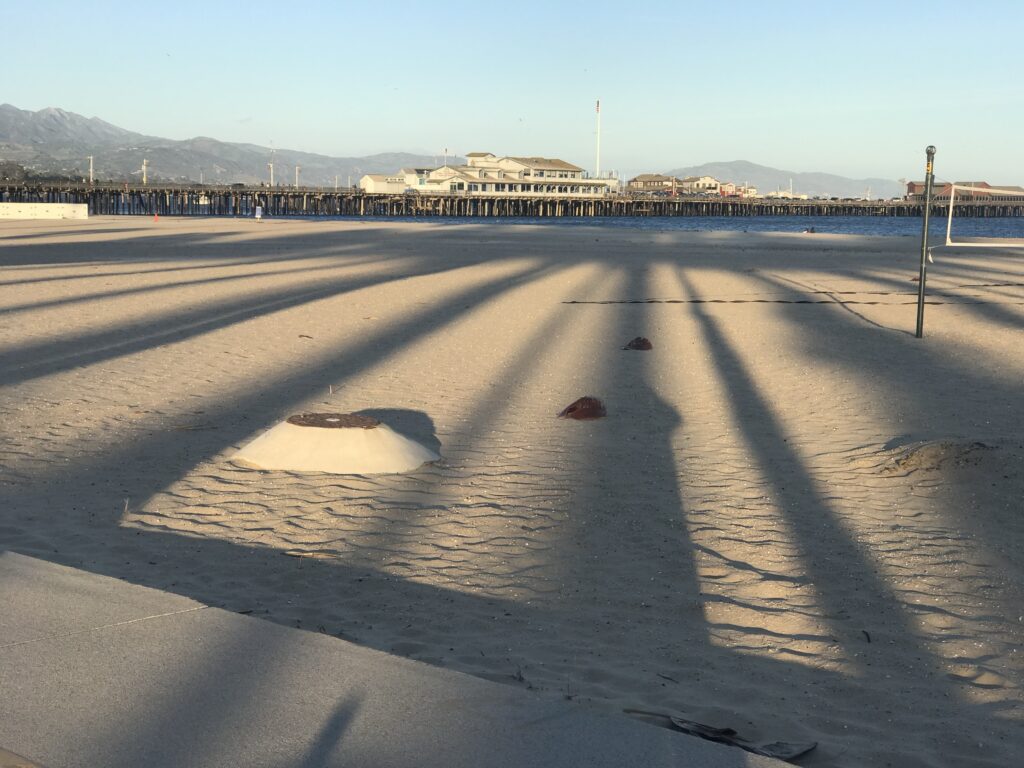
Cold Spring Tavern is located at 5995 Stagecoach Rd, Santa Barbara, CA 93105, about 20 minutes north of downtown Santa Barbara. This historic tavern, established as a stagecoach stop in 1865, is known for its rustic charm and outdoor dining options.
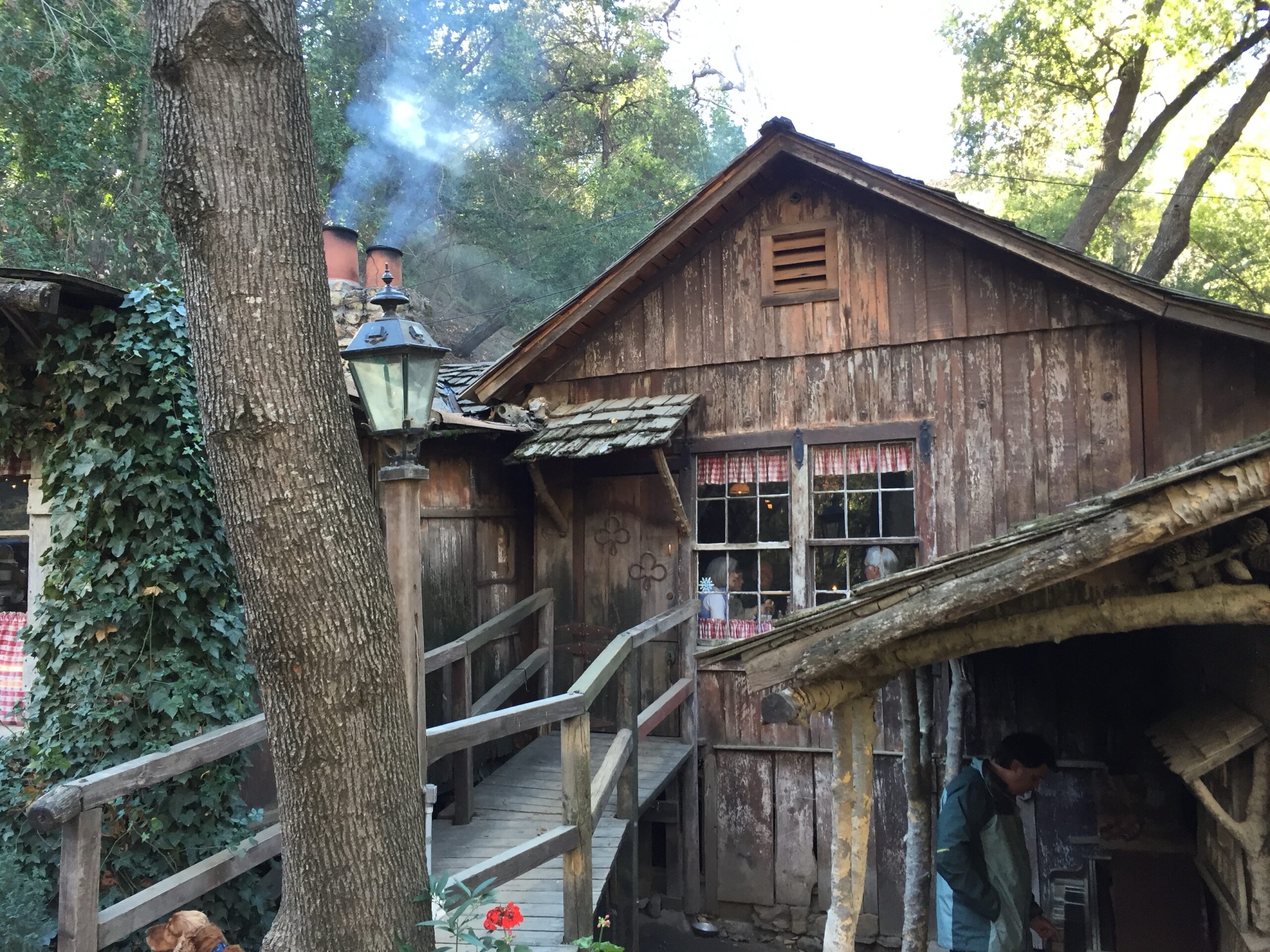
Reasons to Visit
- Unique Atmosphere: The tavern offers a cozy, Old West-style ambiance with antique decor and a fireplace.
- Popular Menu: It serves famous tri-tip sandwiches and a variety of wild game dishes, making it a culinary destination.
- Live Music: On weekends, visitors can enjoy live music while dining outdoors.
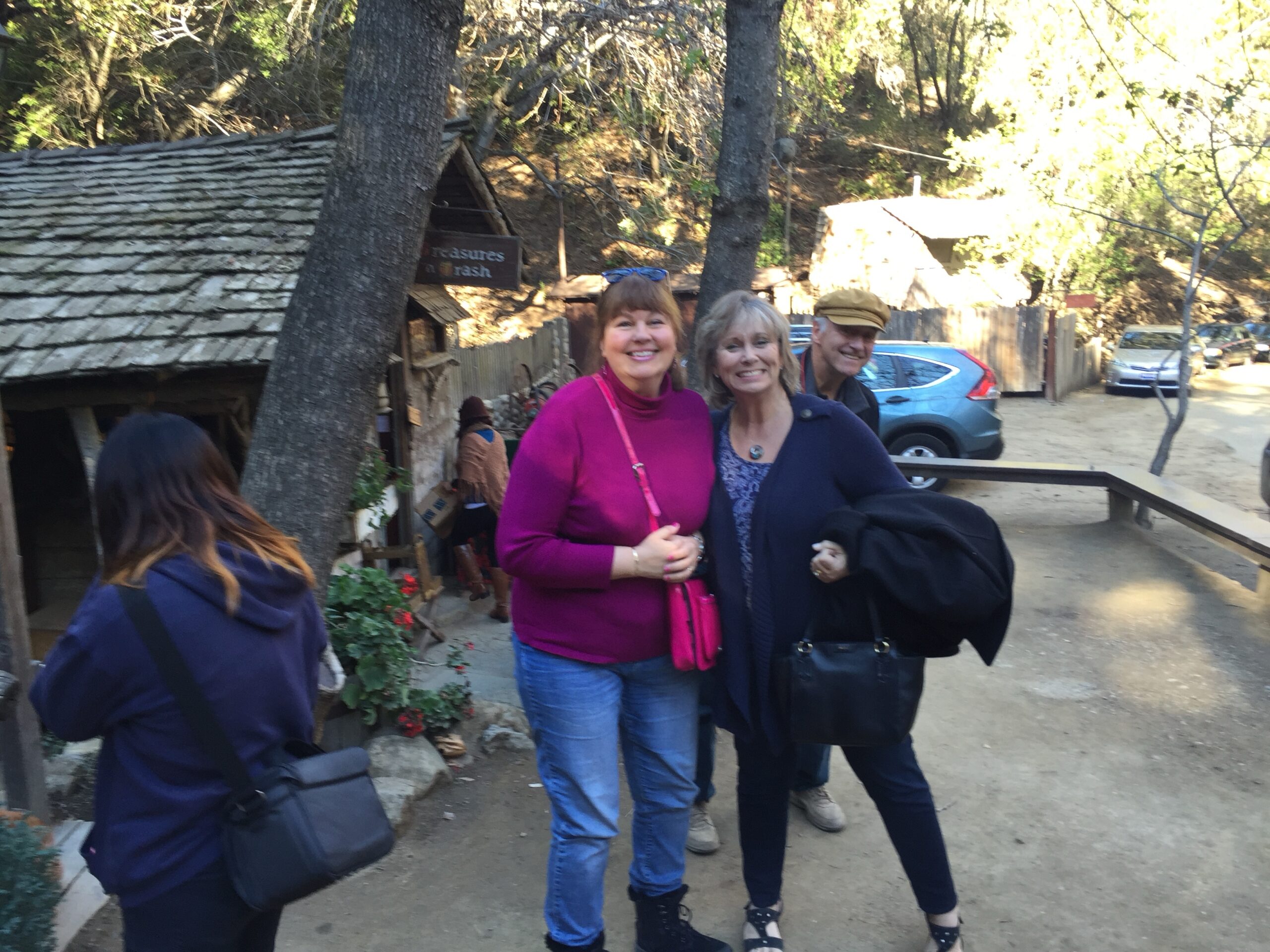
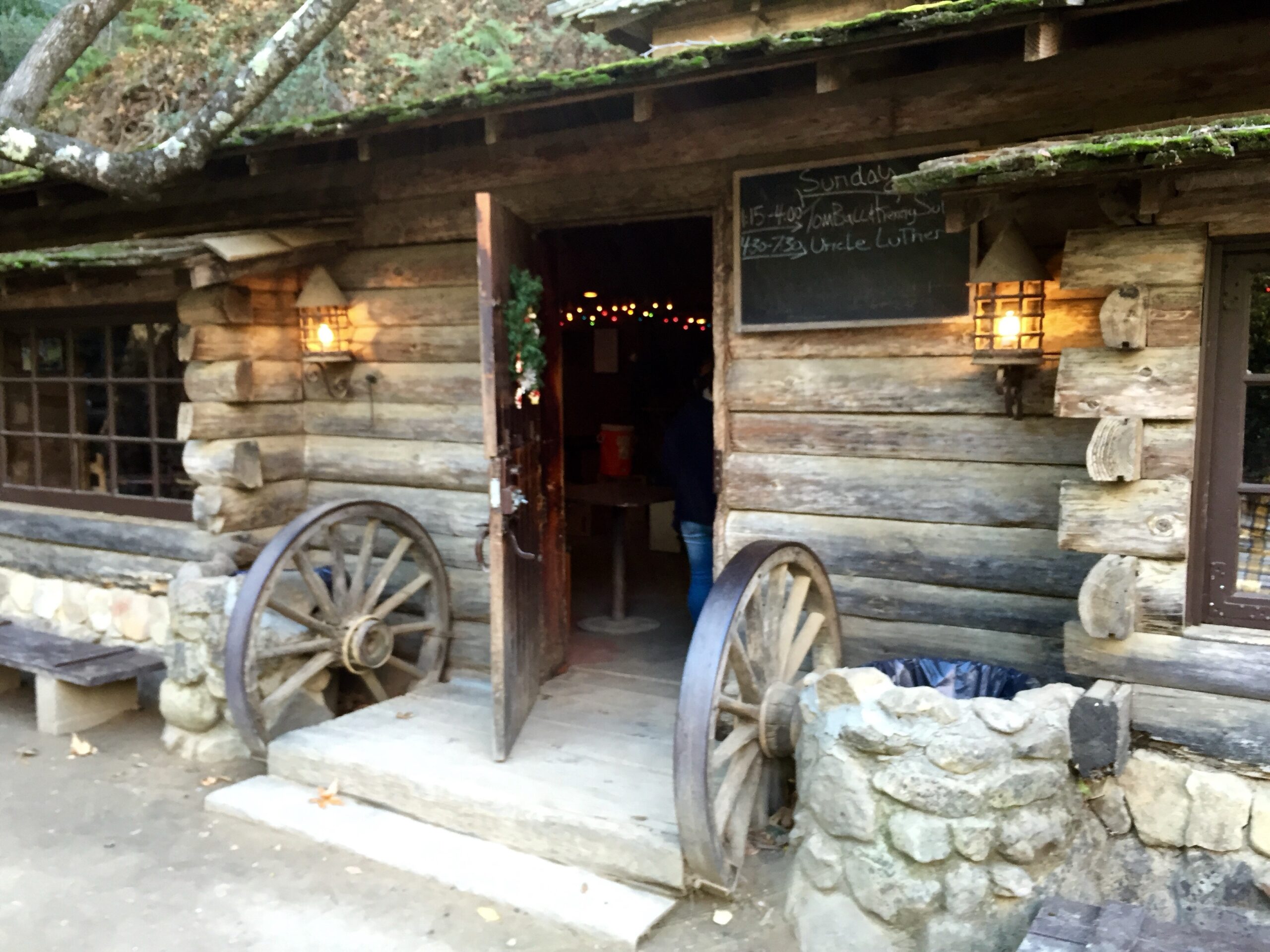
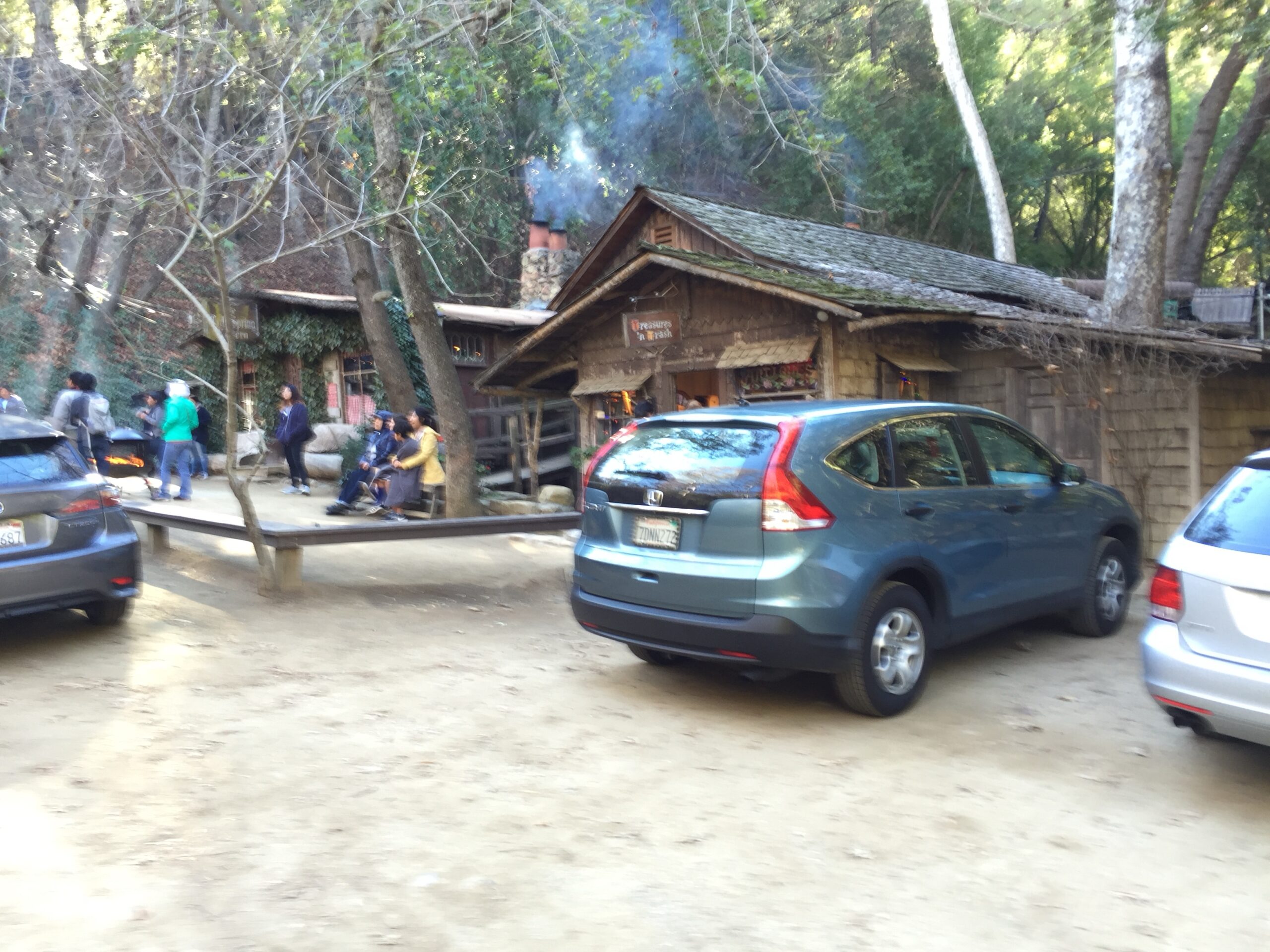
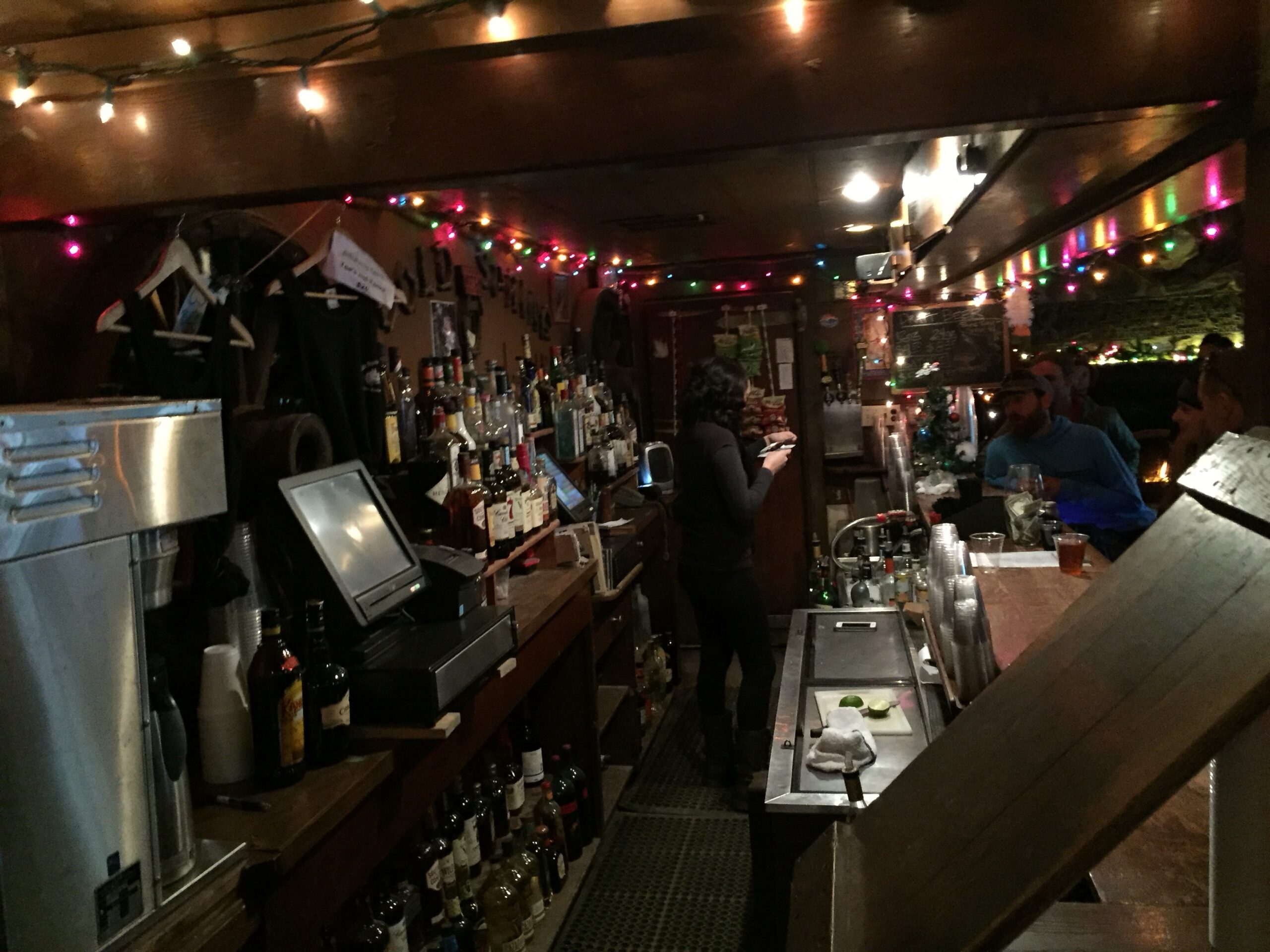
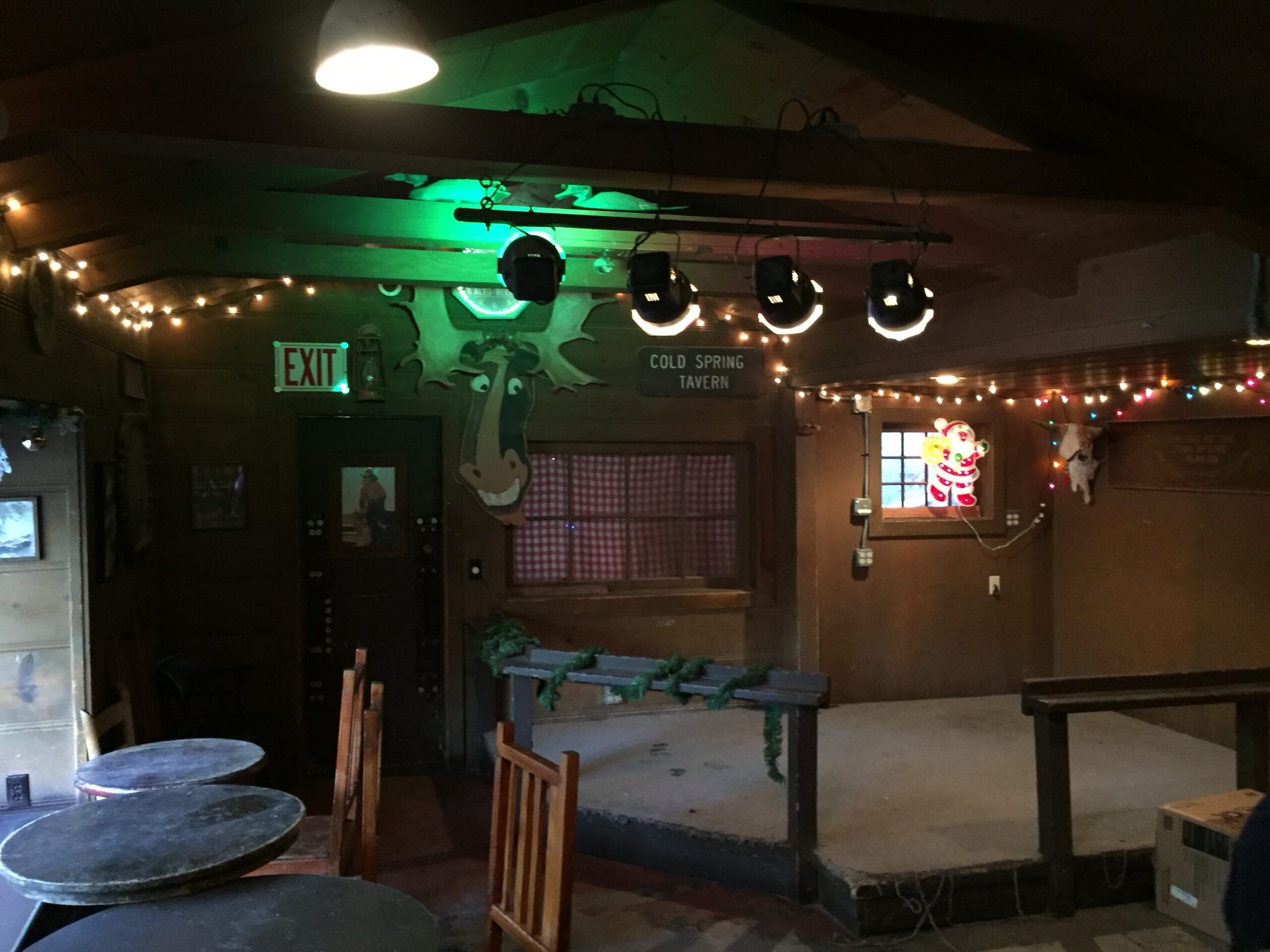
Worth the Drive?
Many patrons find the drive worthwhile due to the scenic route, delicious food, and unique experience. It’s a hidden gem that combines history, great food, and beautiful surroundings, making it a popular spot for both locals and tourists.
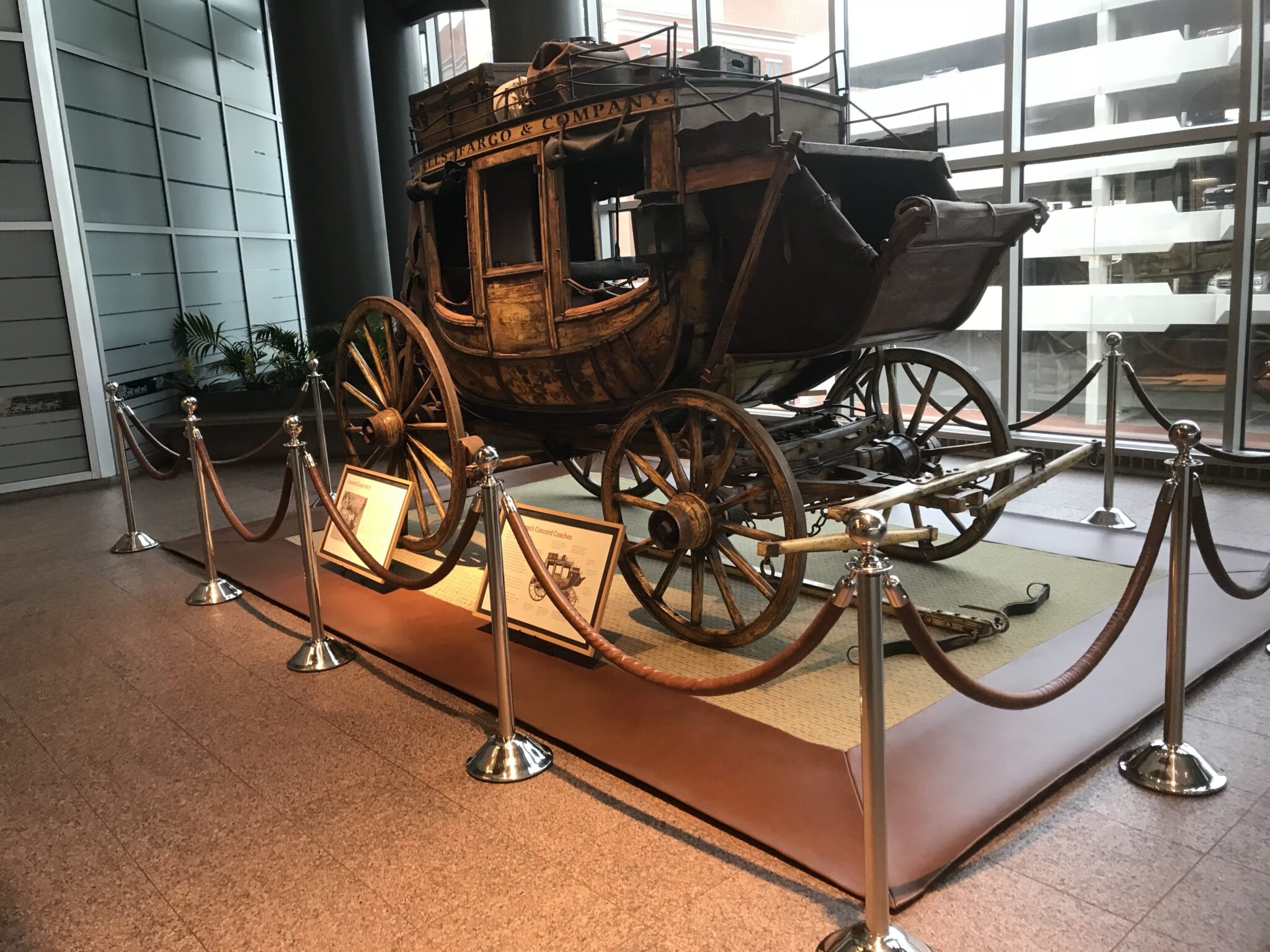
For University Professors
The University of California, Santa Barbara (UCSB) is renowned for its historical programs. UCSB’s Department of History offers a highly regarded Ph.D. program in Public History, which is unique in the nation due to its joint venture with CSU Sacramento25. UCSB is also ranked #12 in the country for history majors, placing it in the top 5% of U.S. schools for this field3. Additionally, Santa Barbara City College (SBCC) has a rich history as one of California’s oldest community colleges, contributing to the region’s educational heritage6.
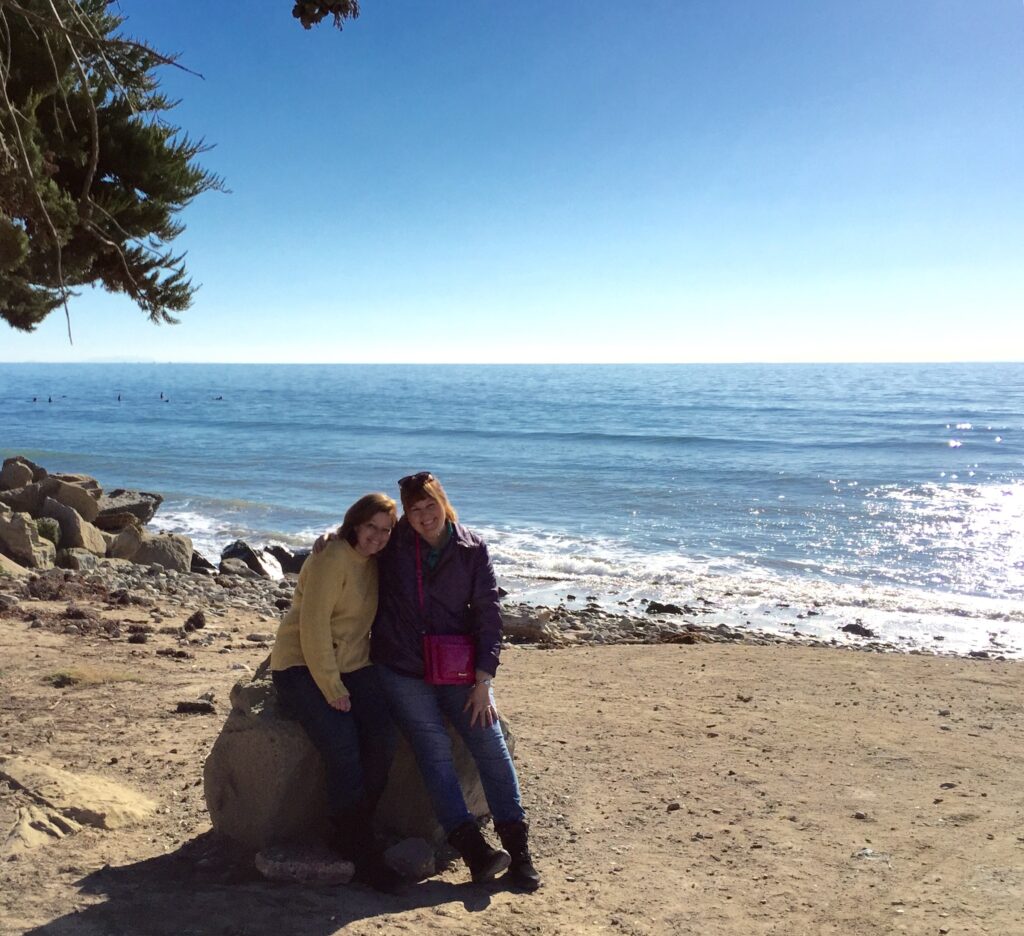
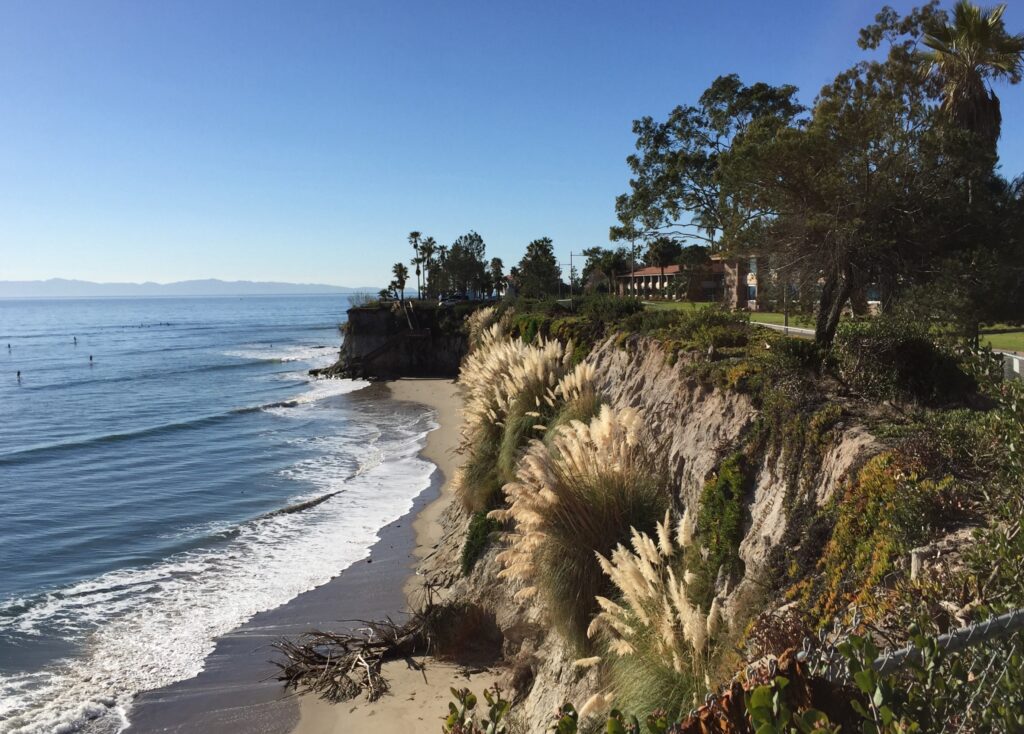
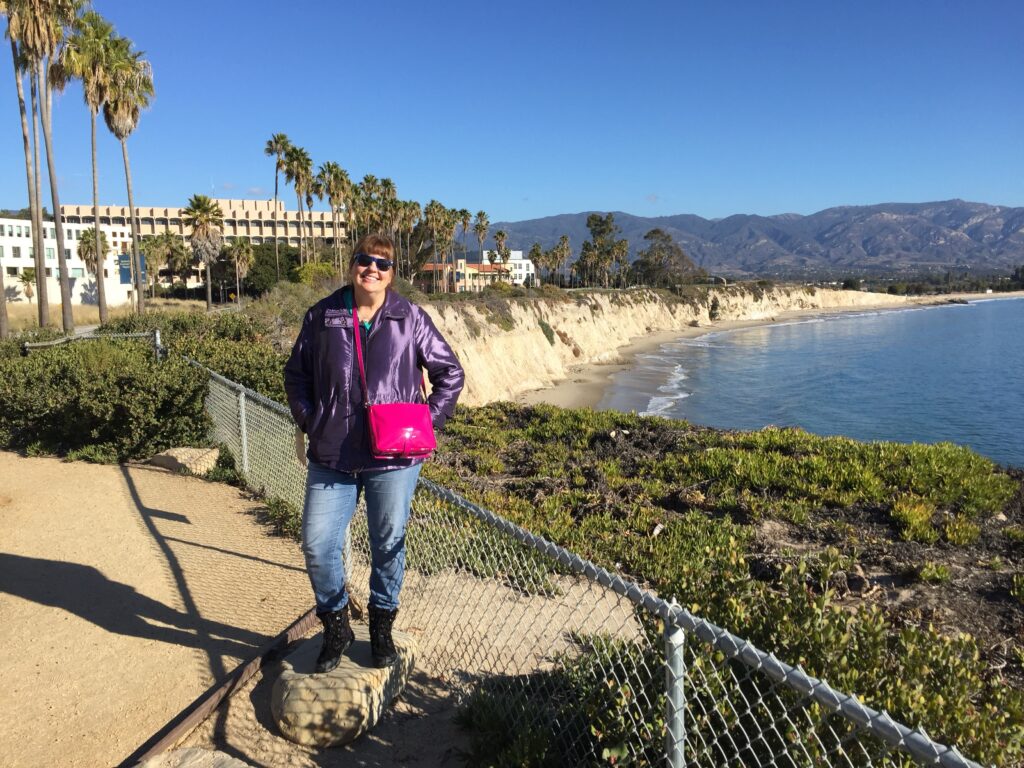
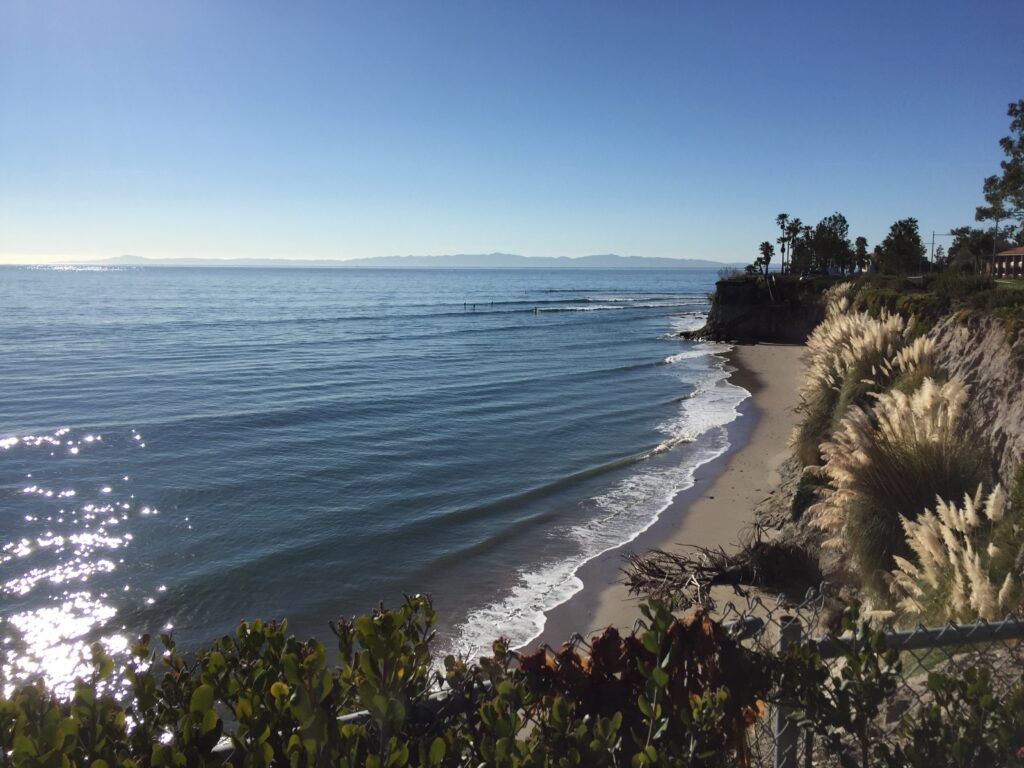
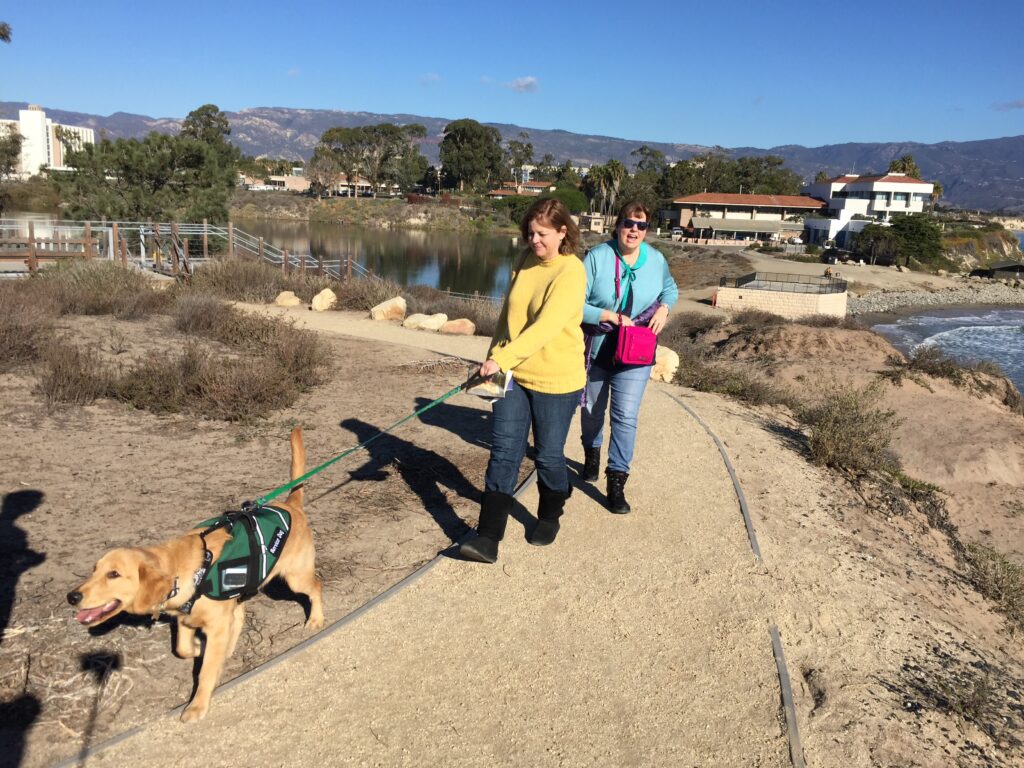
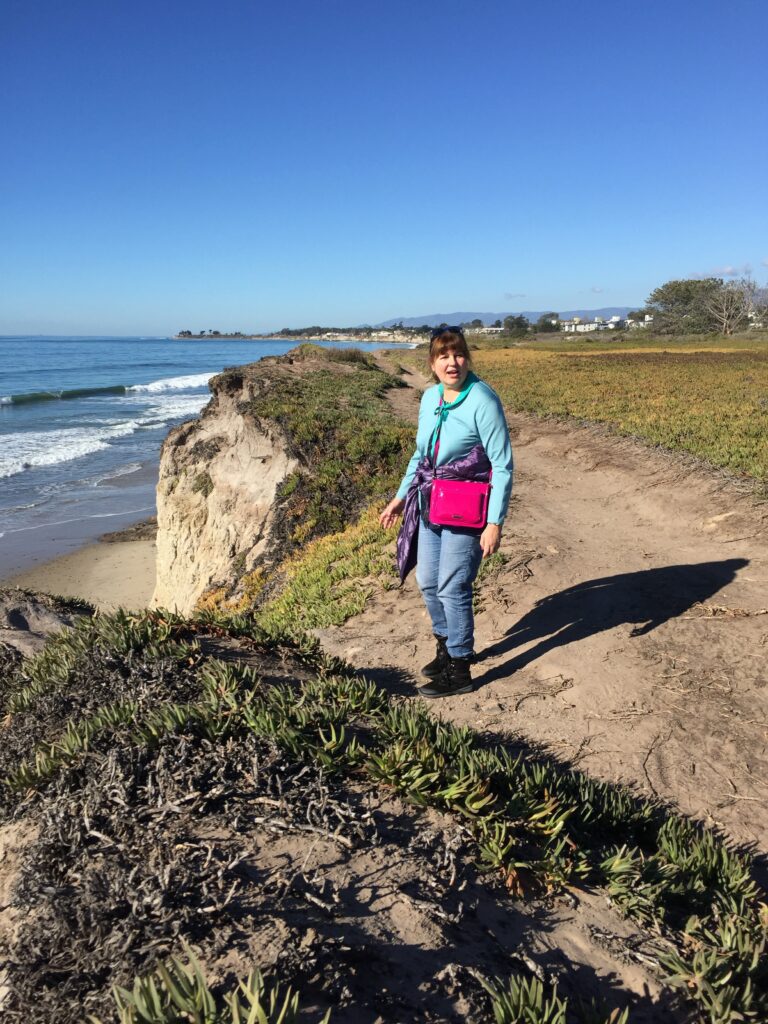
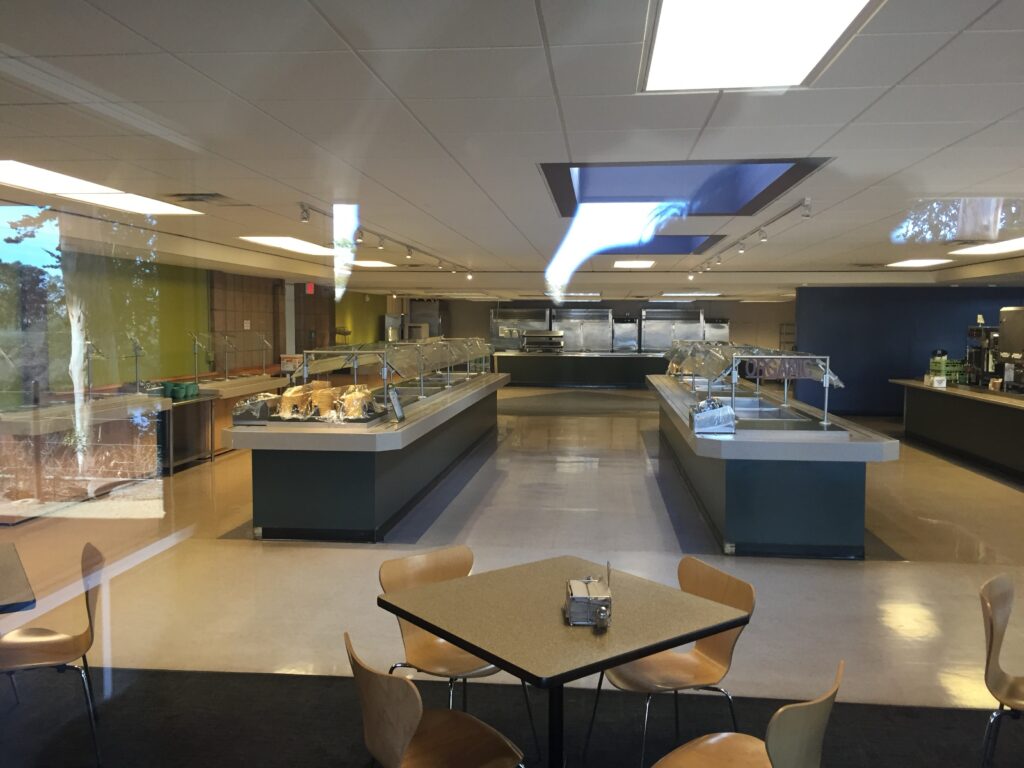
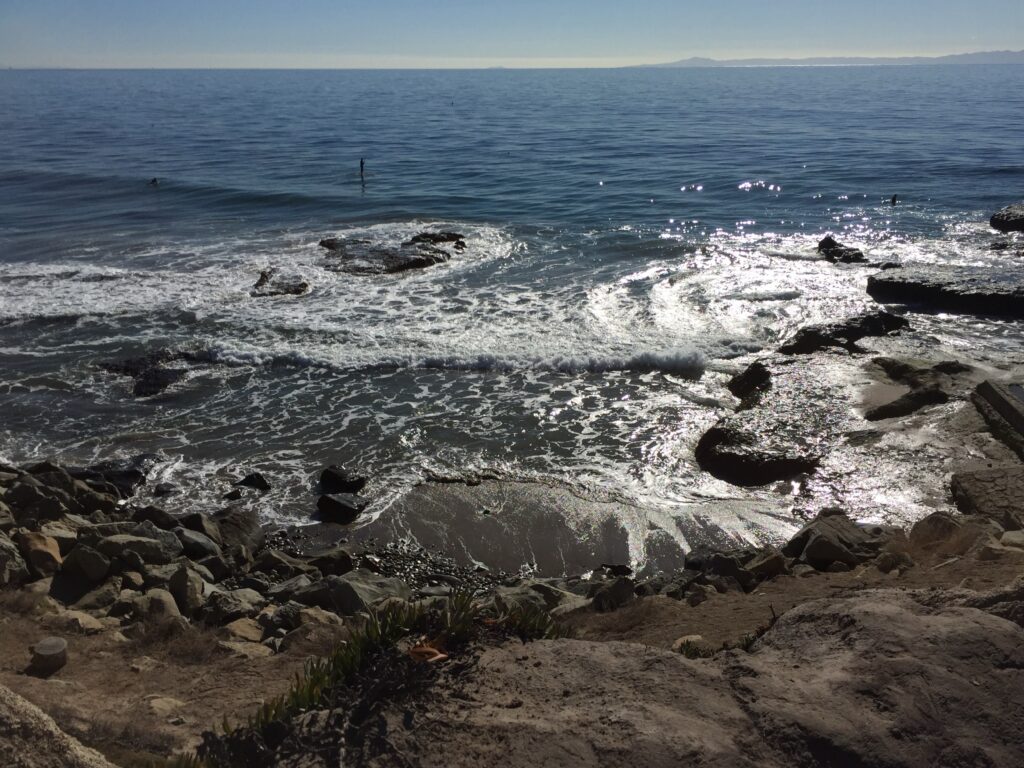
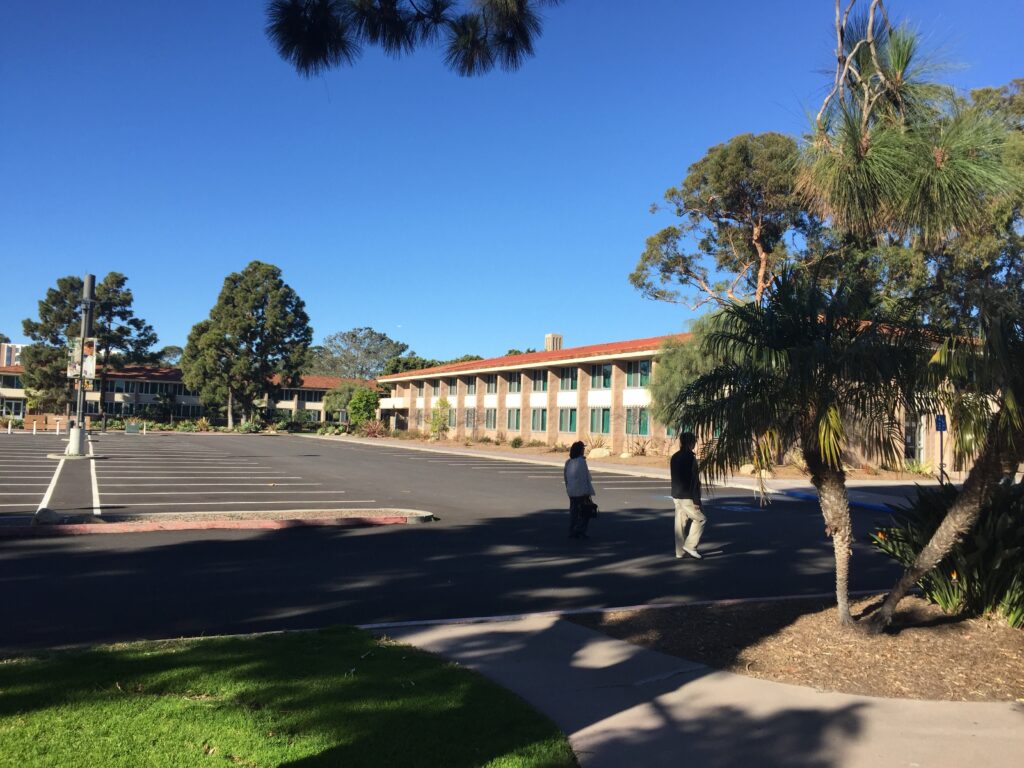
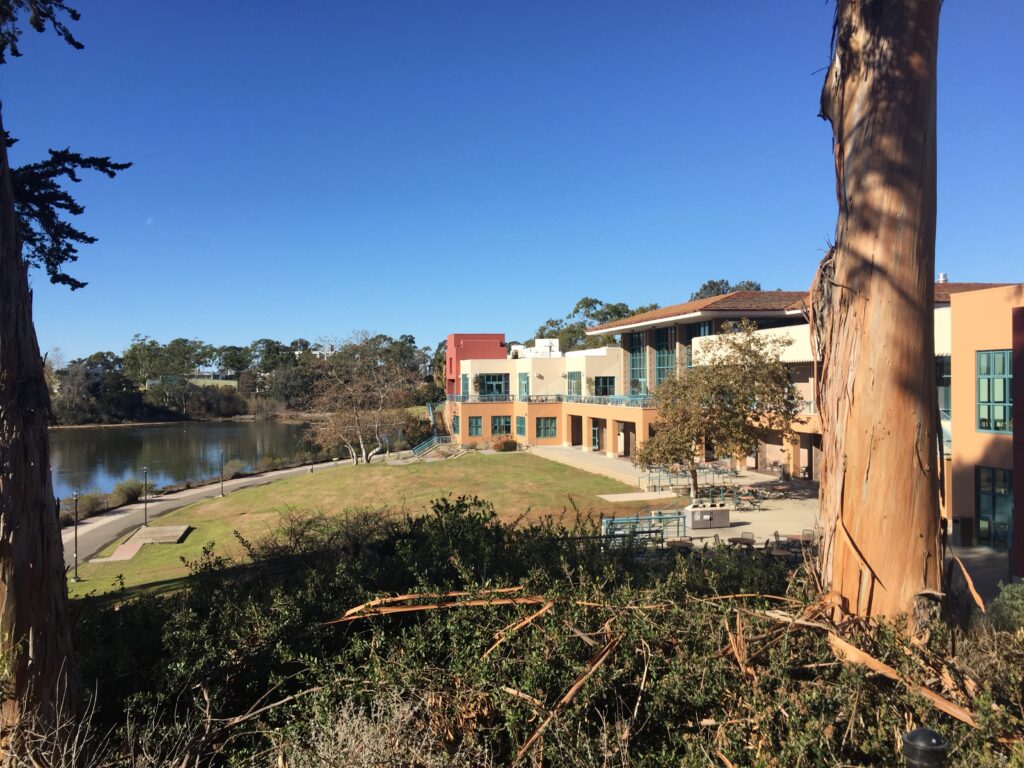
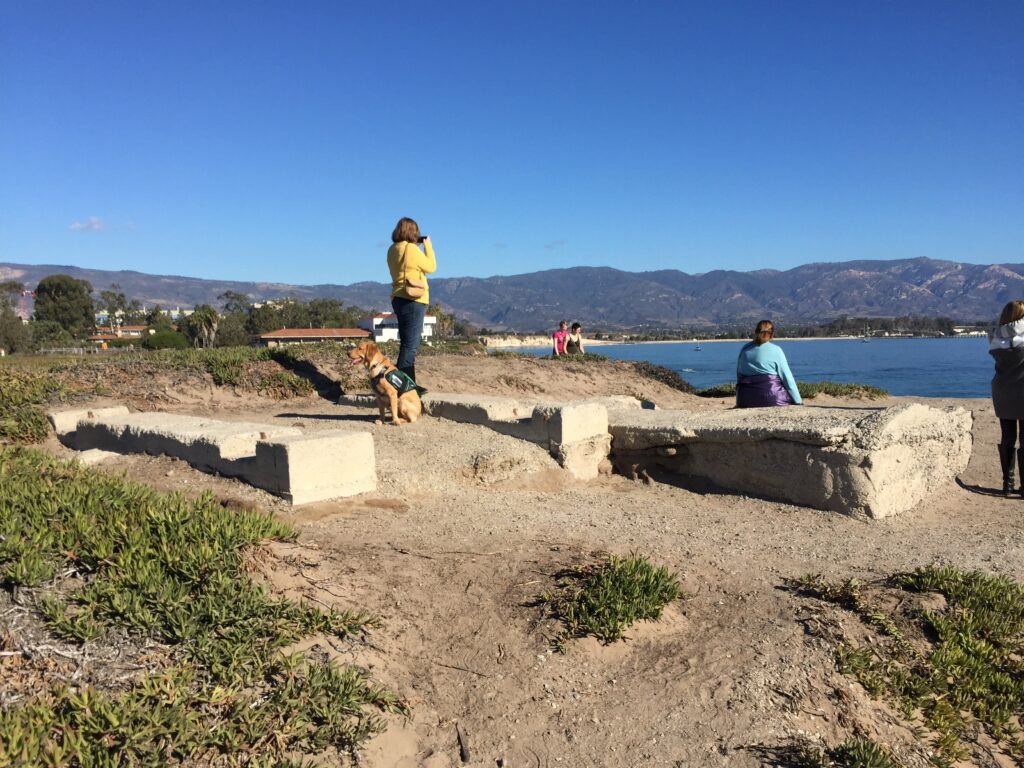
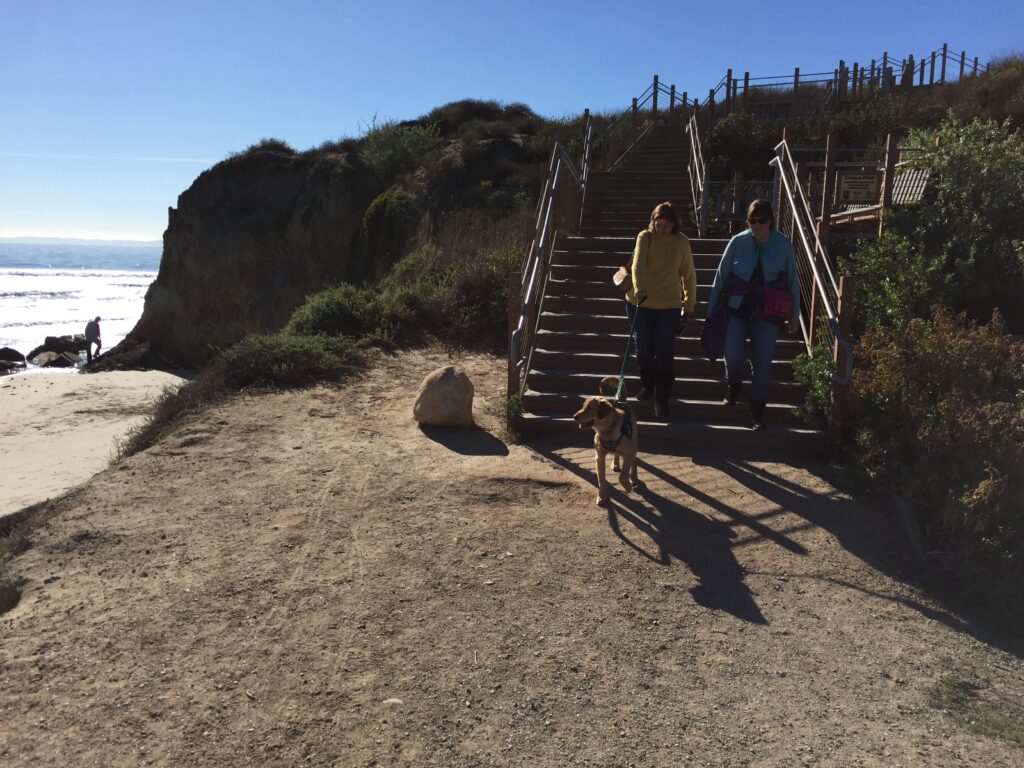
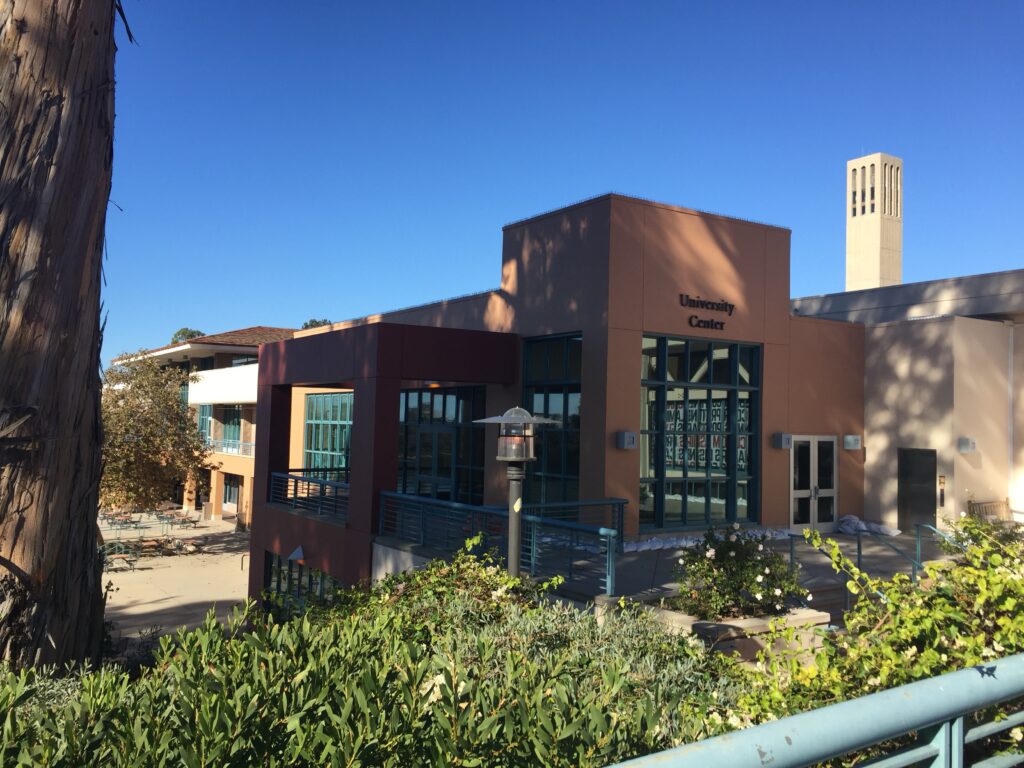
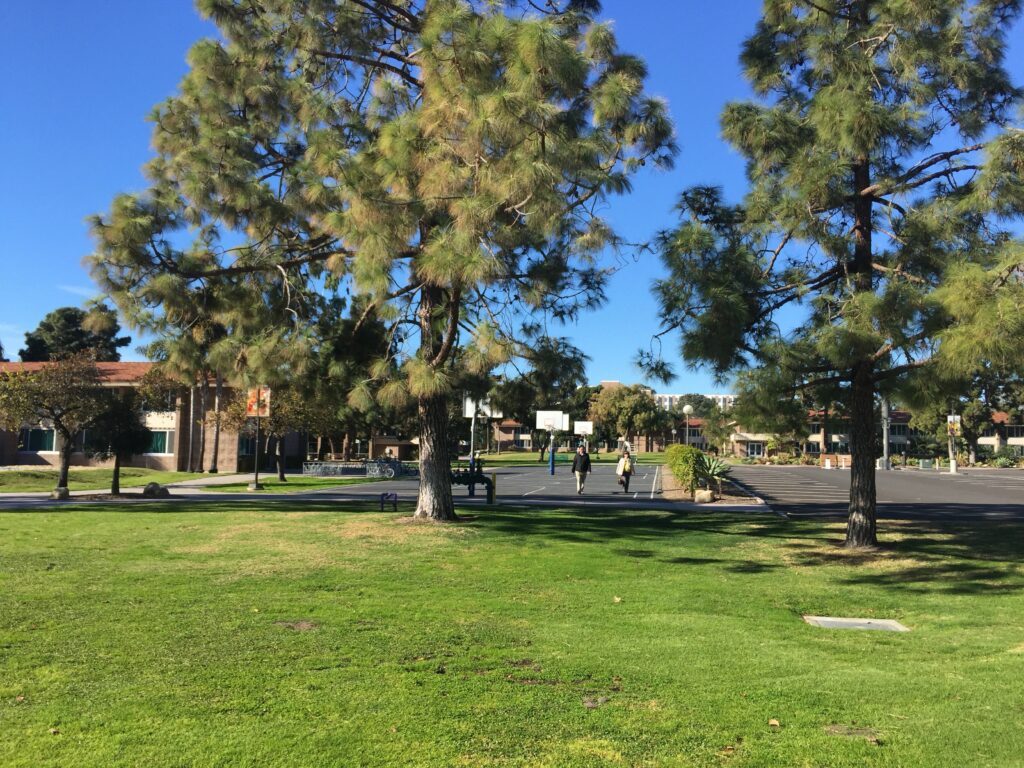
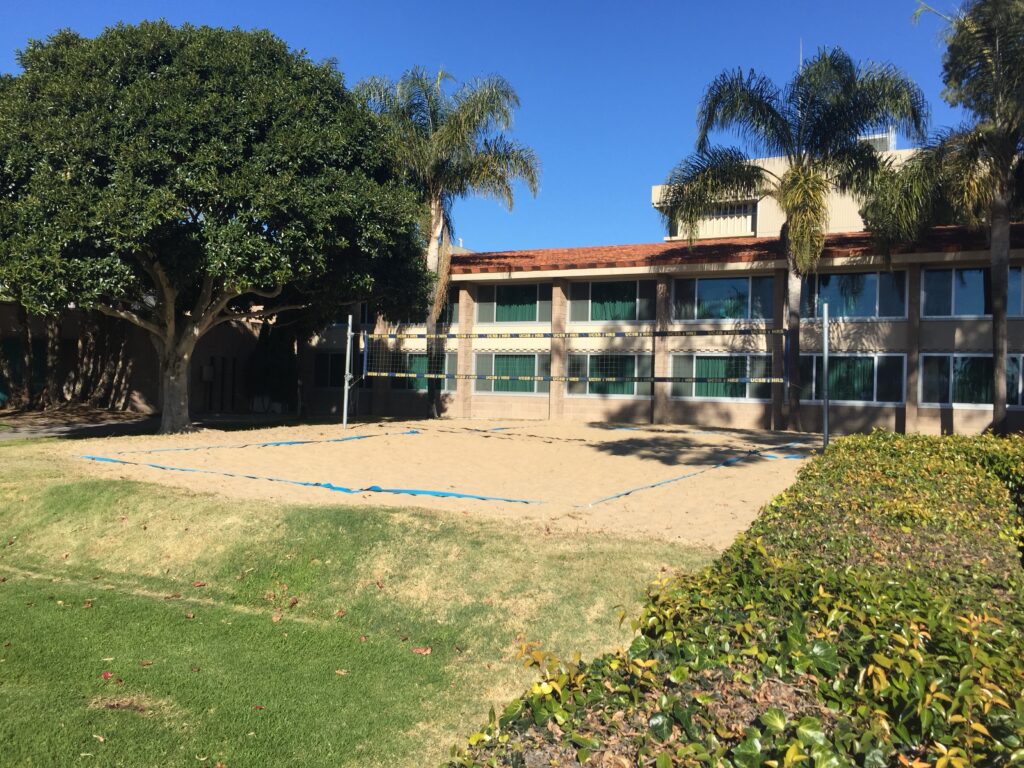
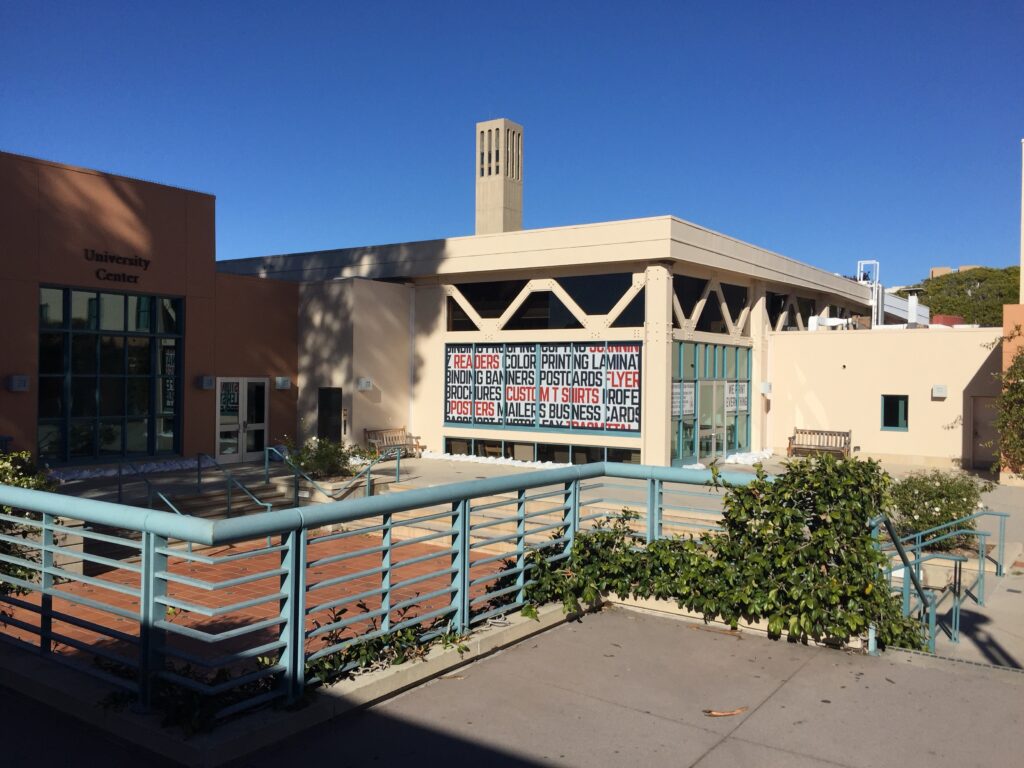
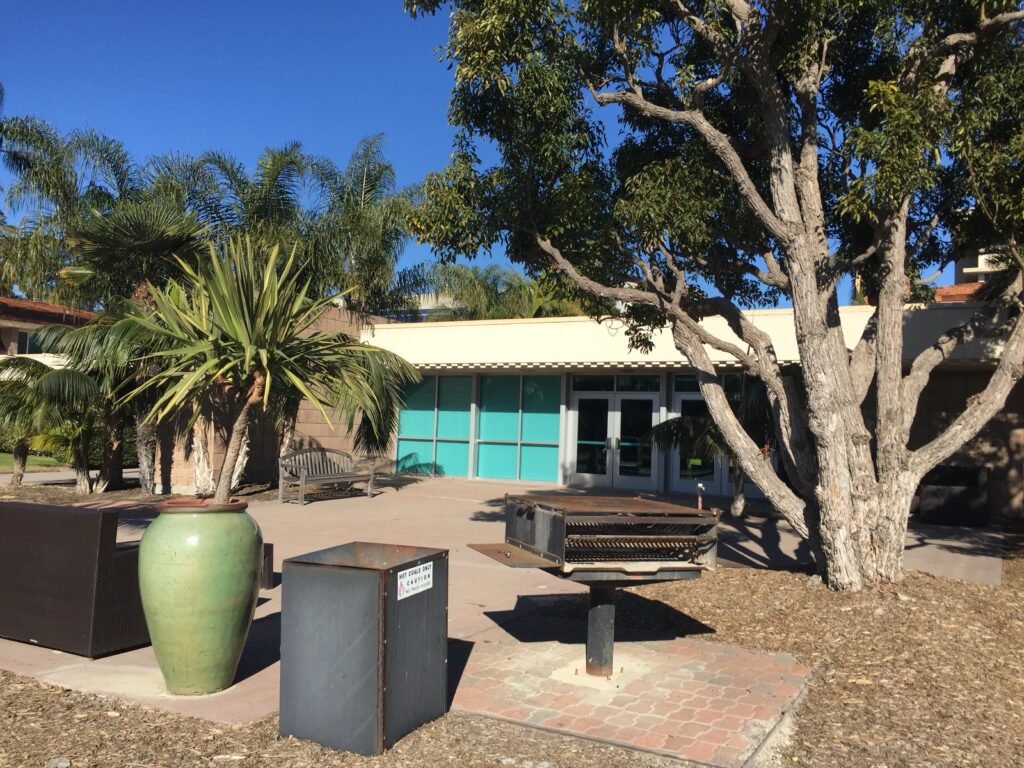
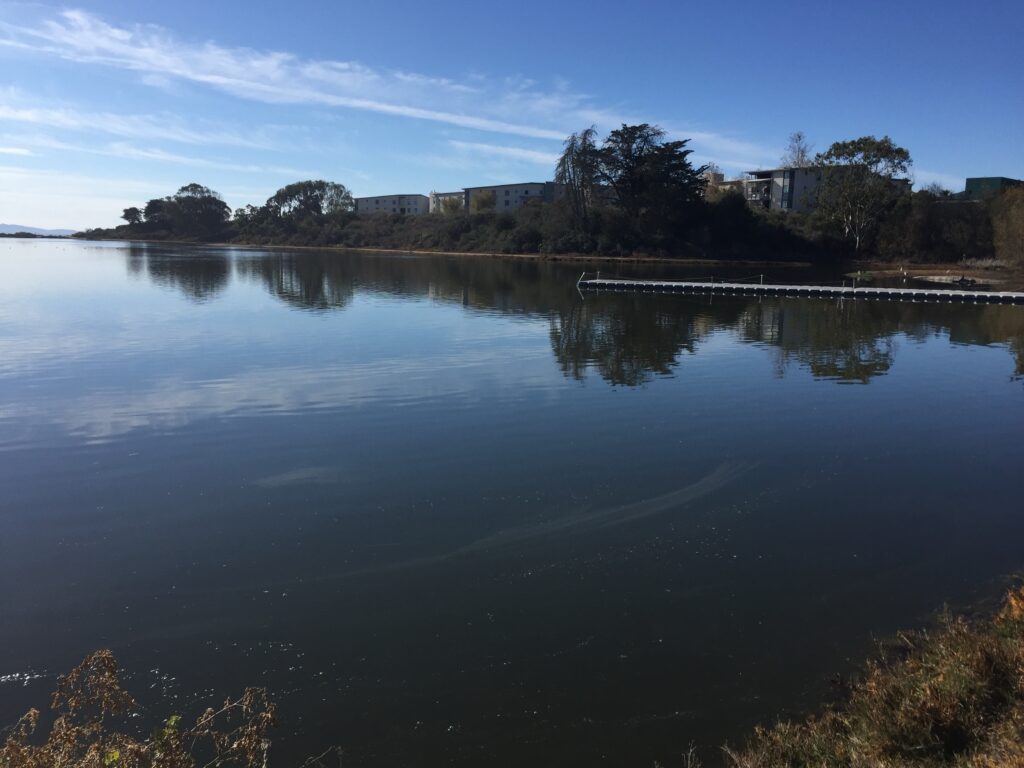
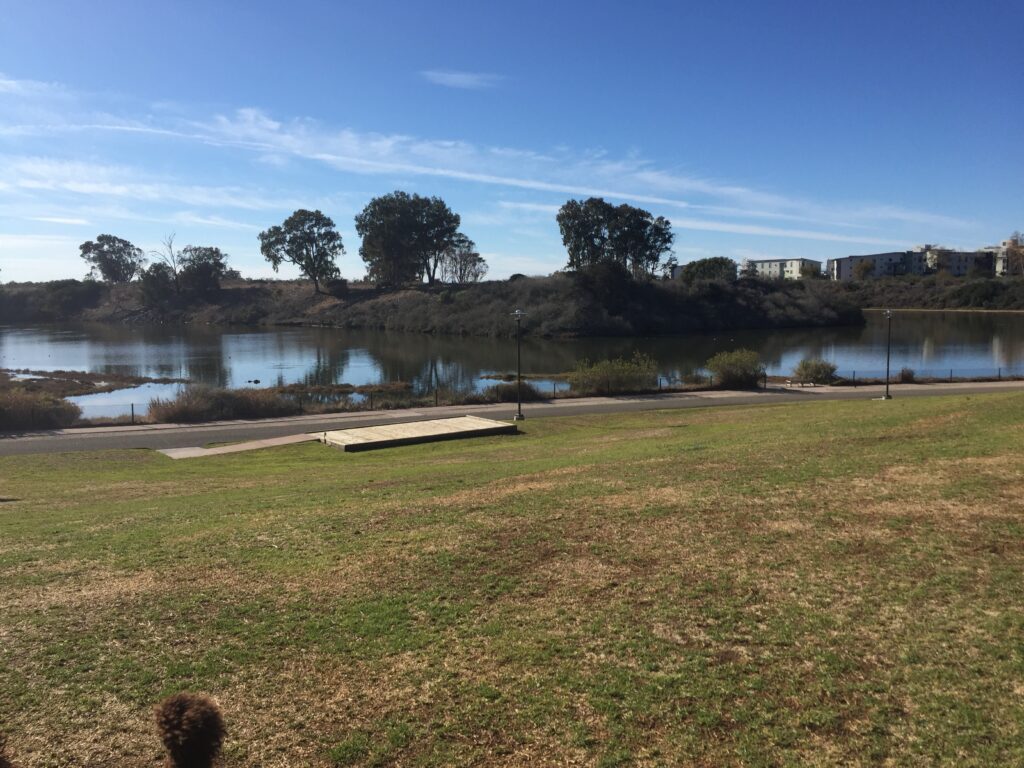
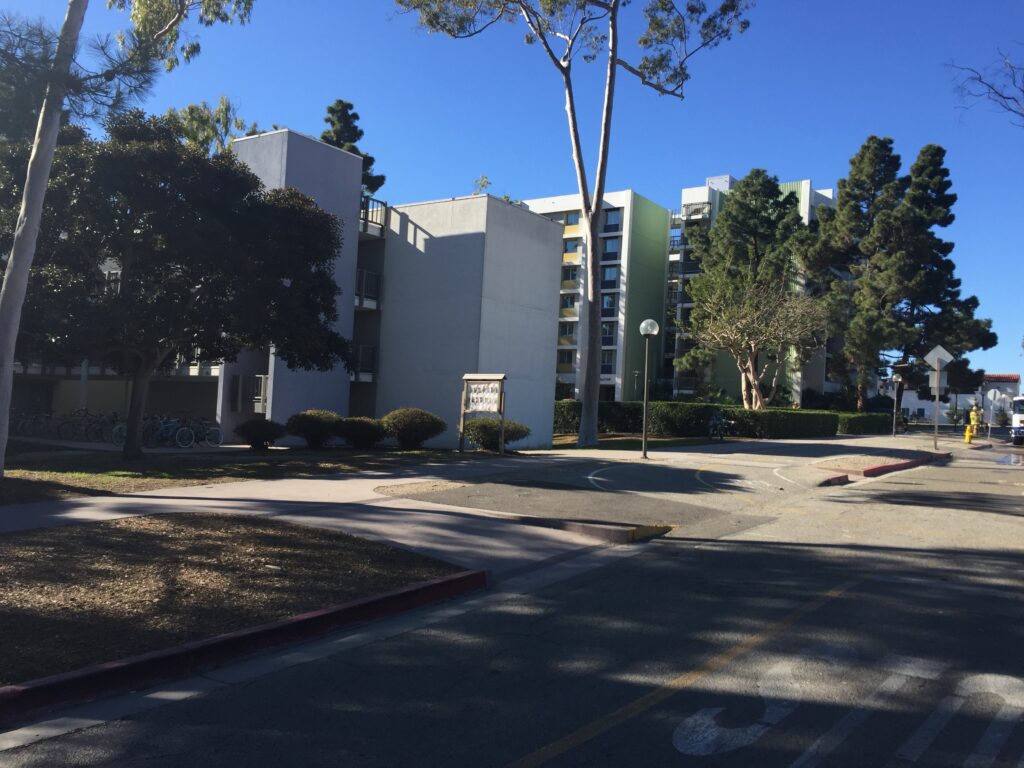
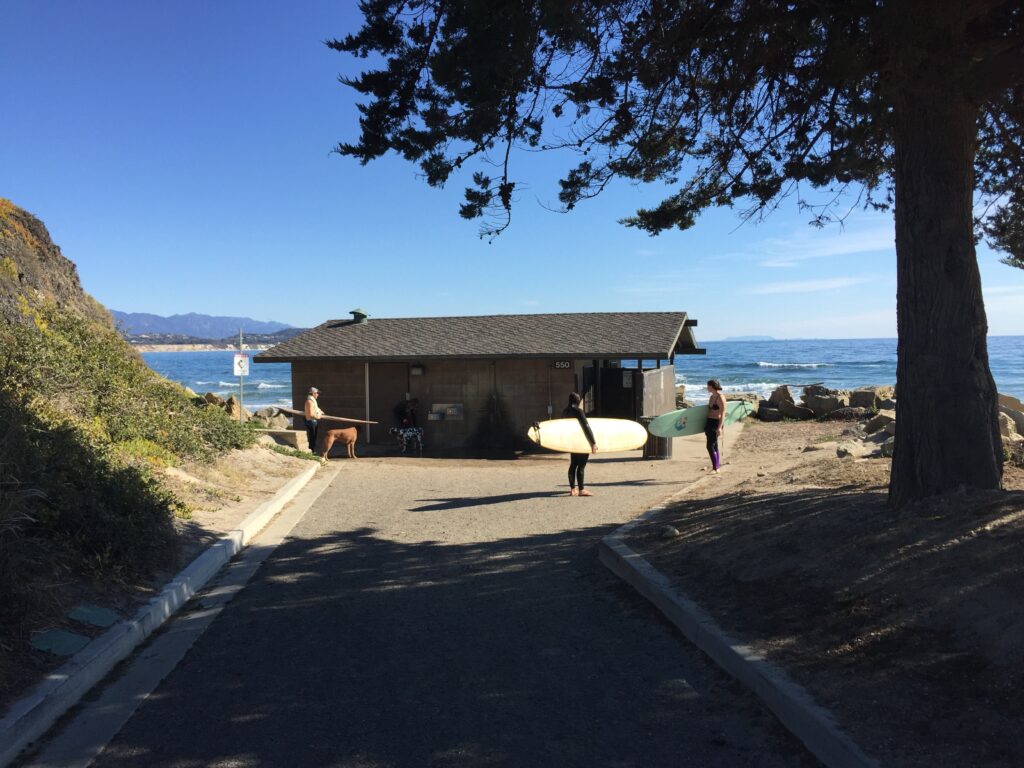
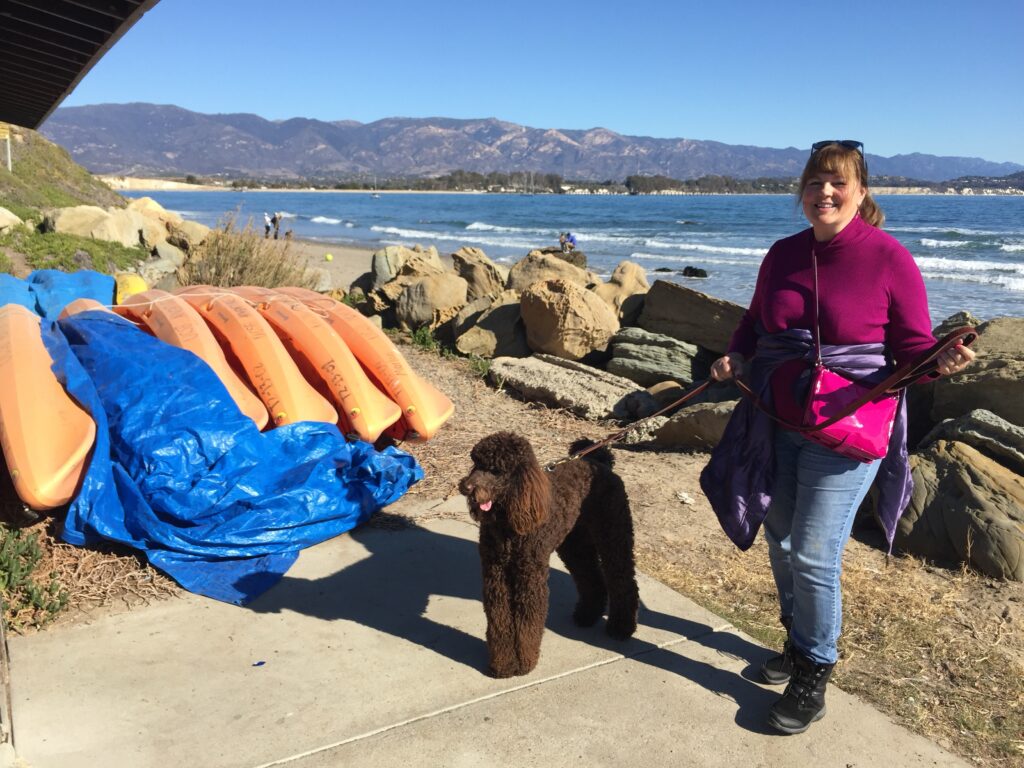
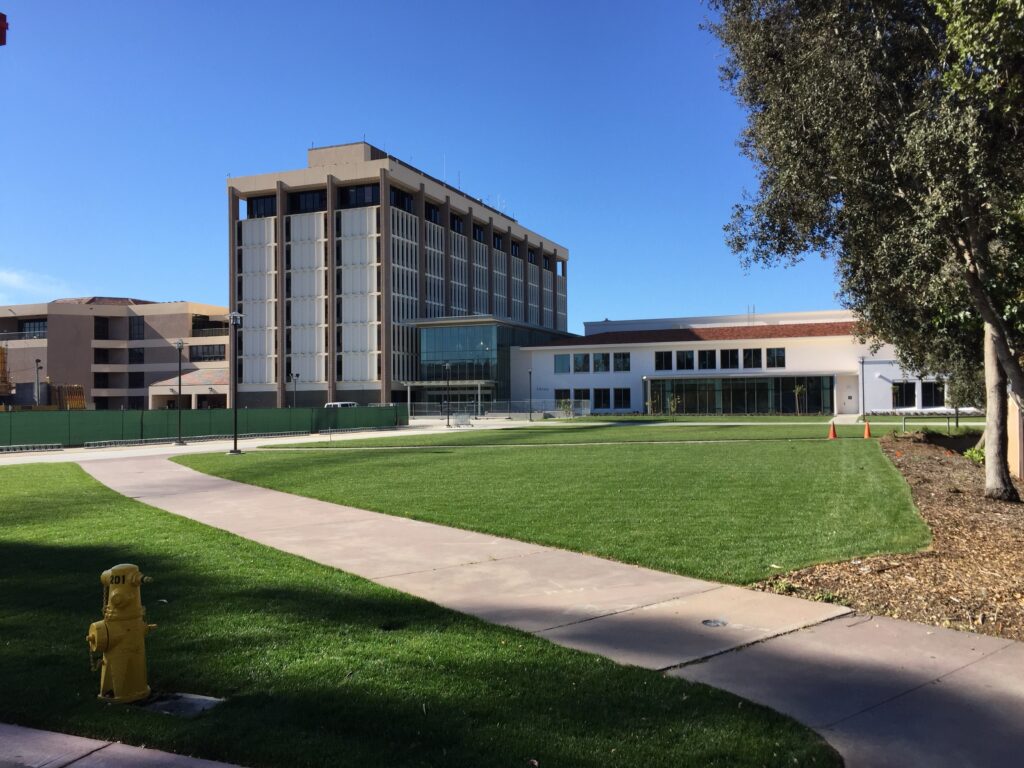
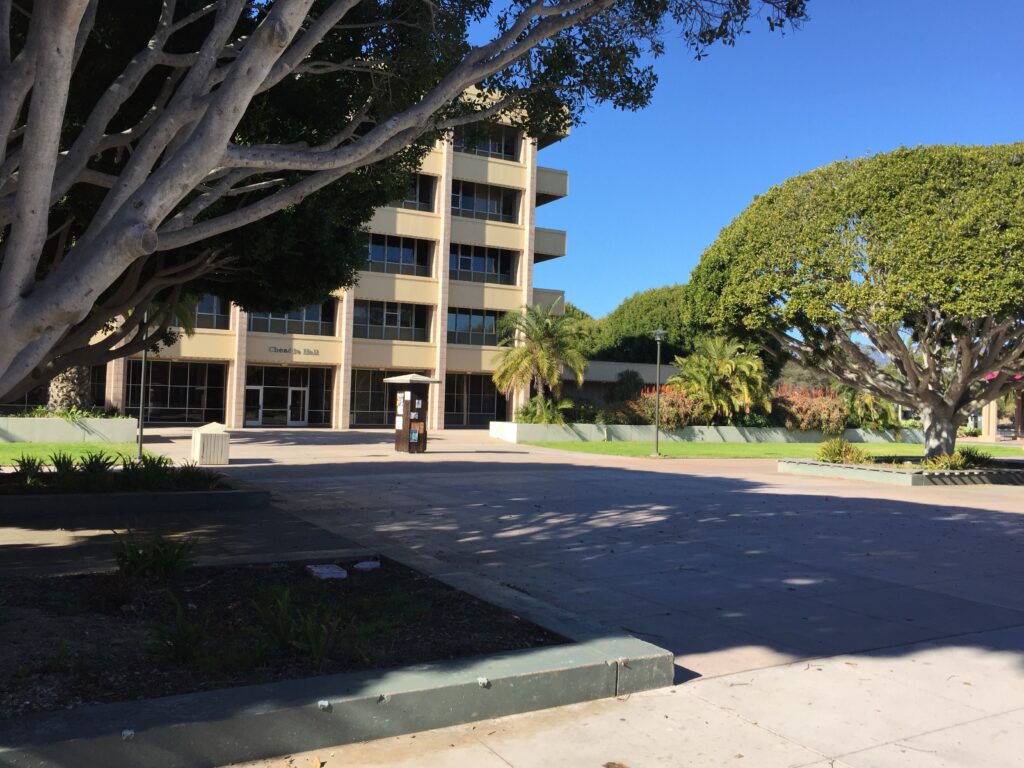
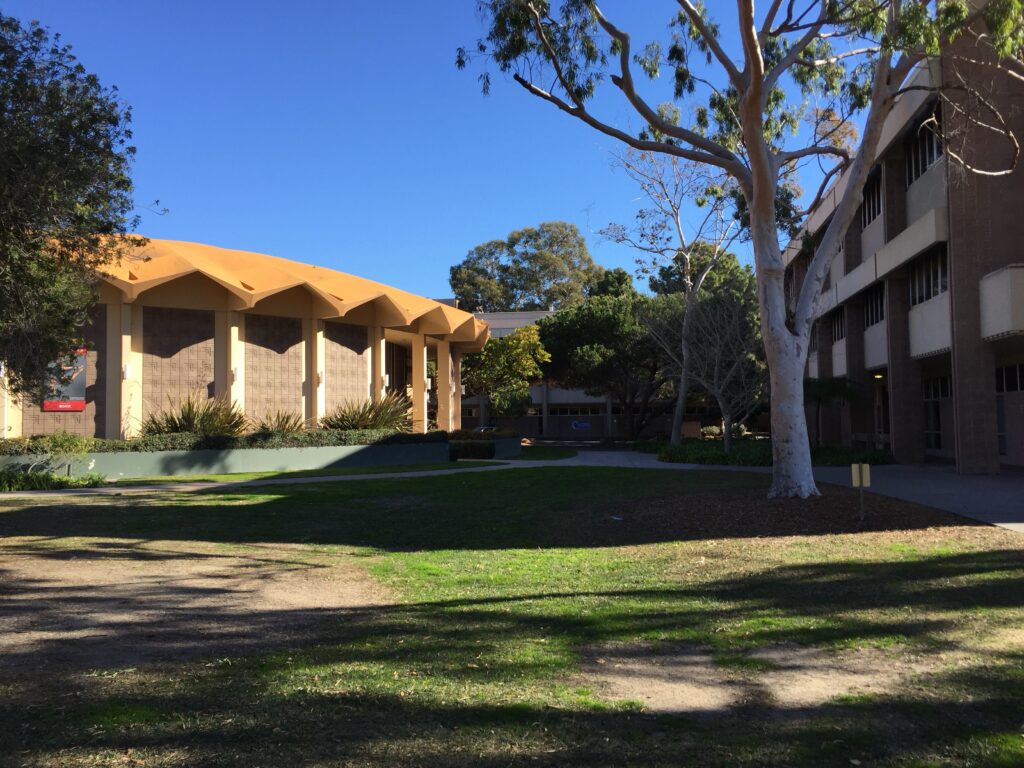
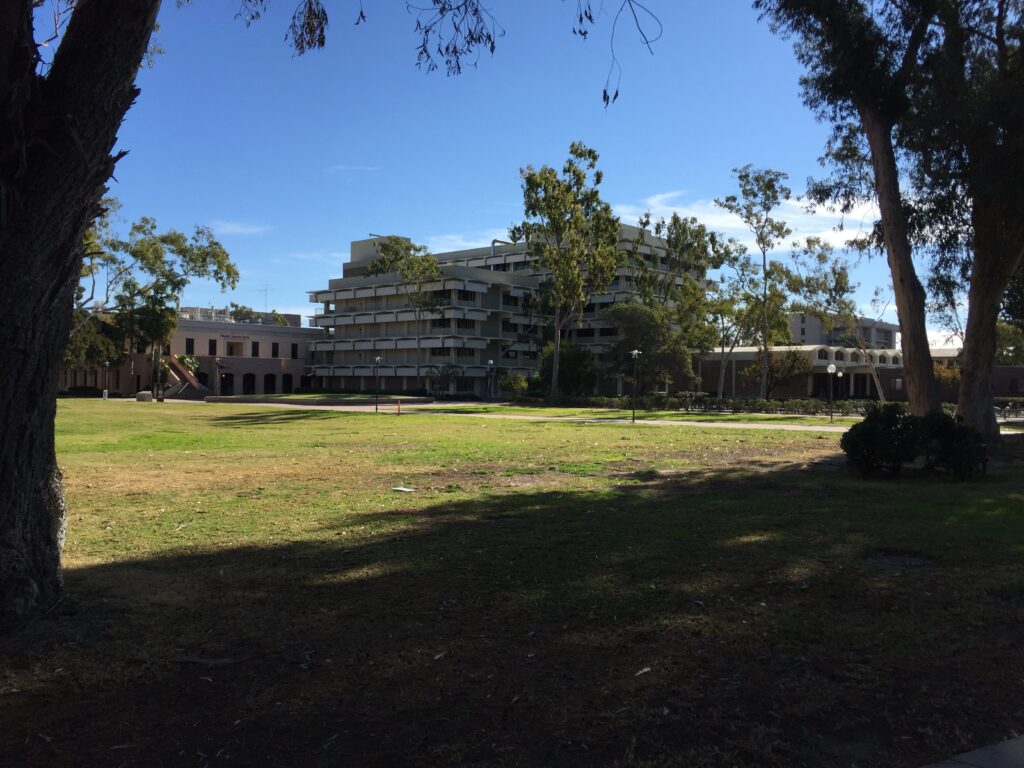
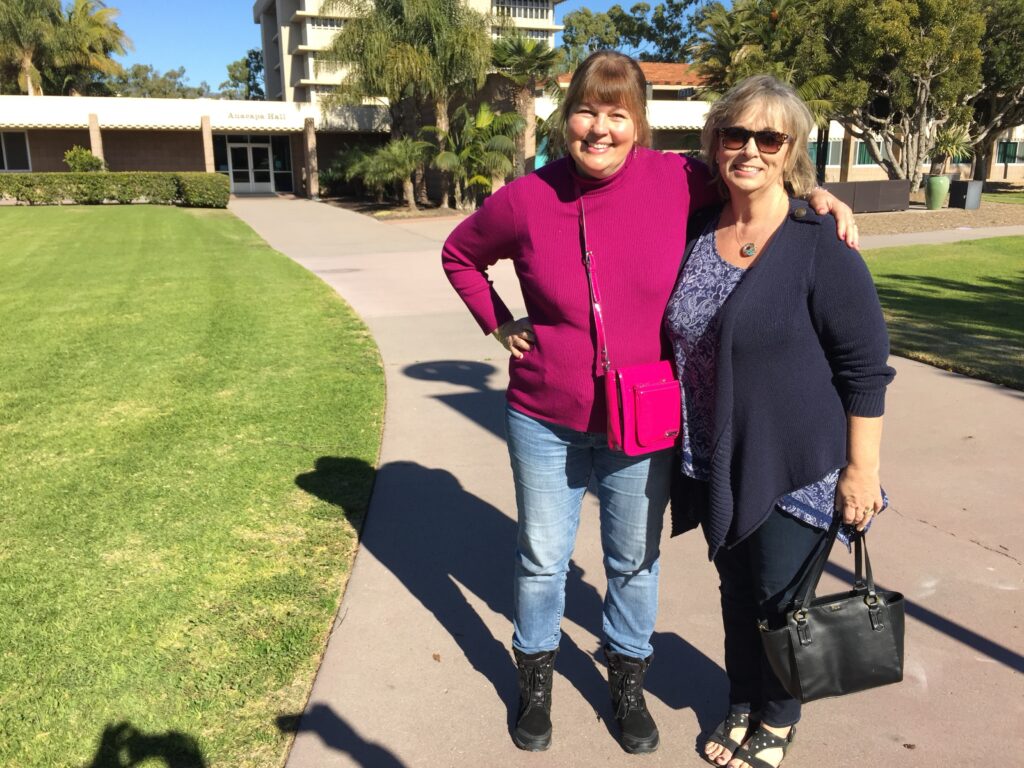
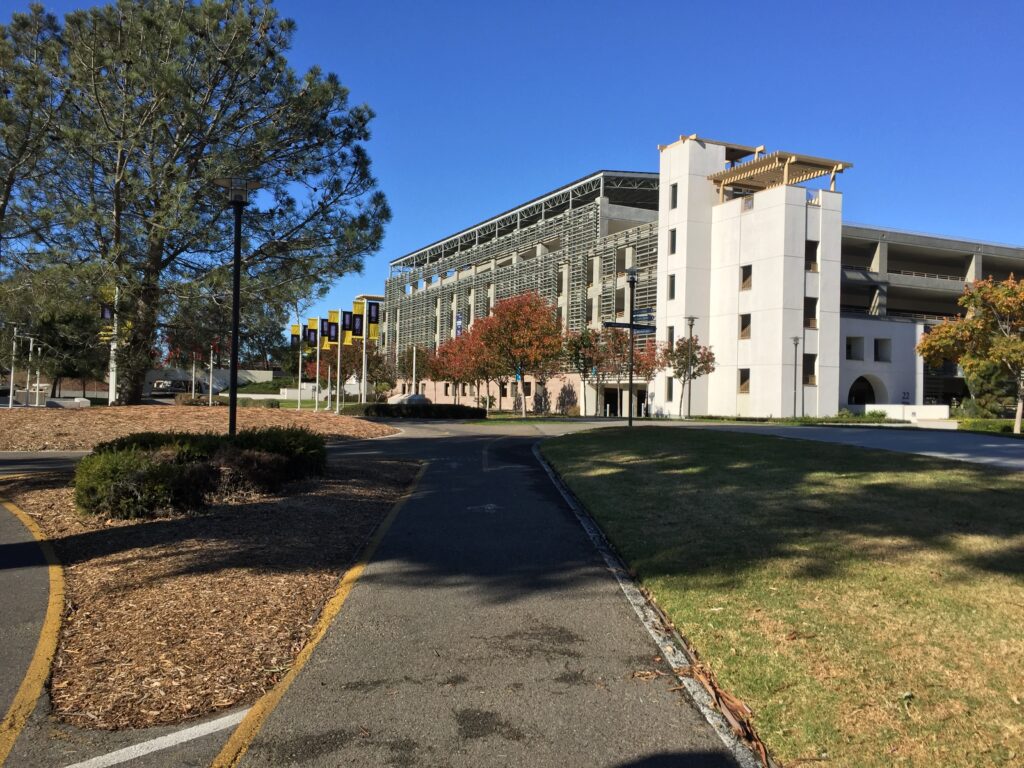
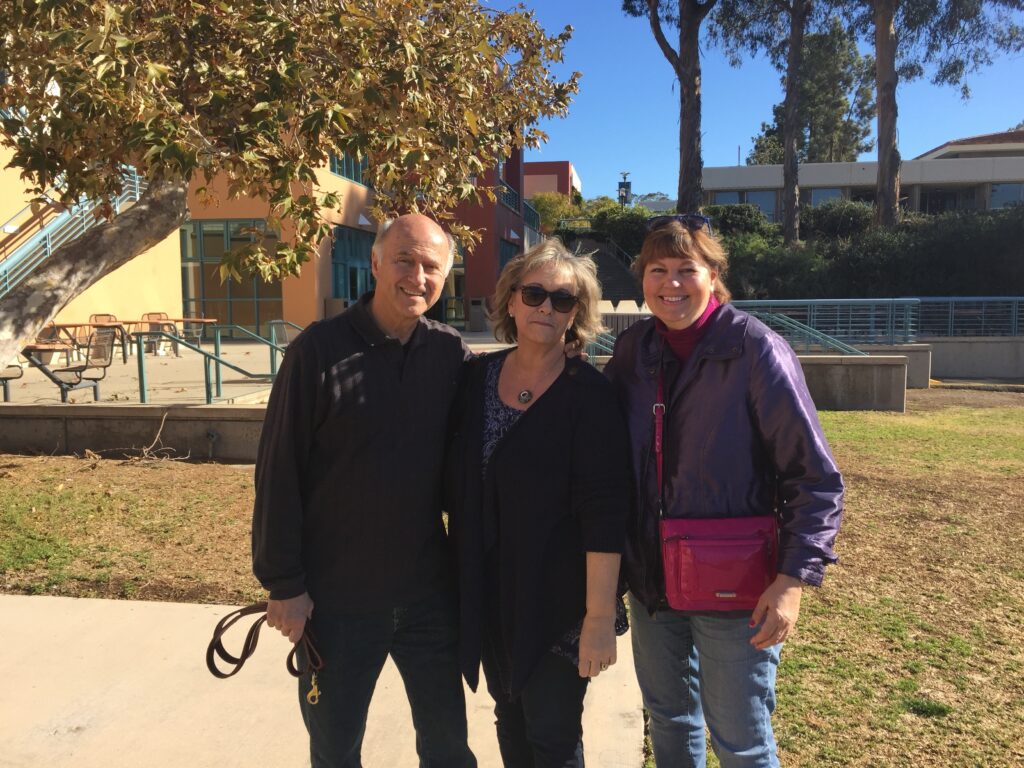
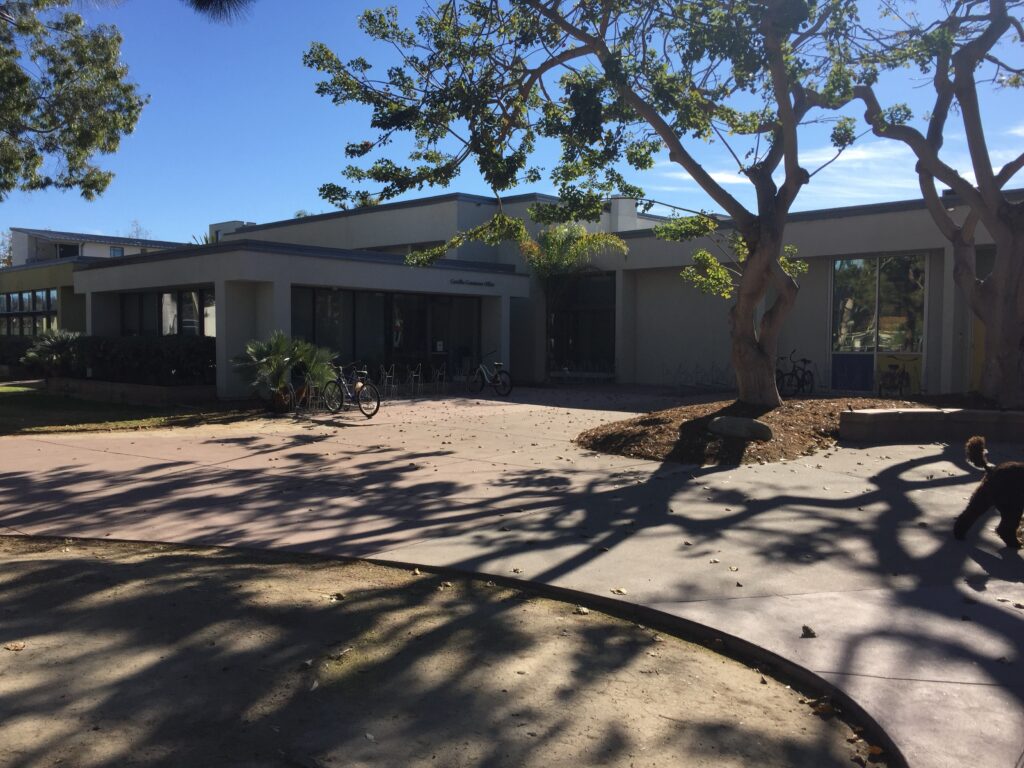
Santa Barbara City College offers a vibrant academic environment. Professors like Darin Garard, Sarah Hock, and Carrie Hutchinson conduct research on various topics, including social media implications, persuasive advertising campaigns, and intercultural communication2.
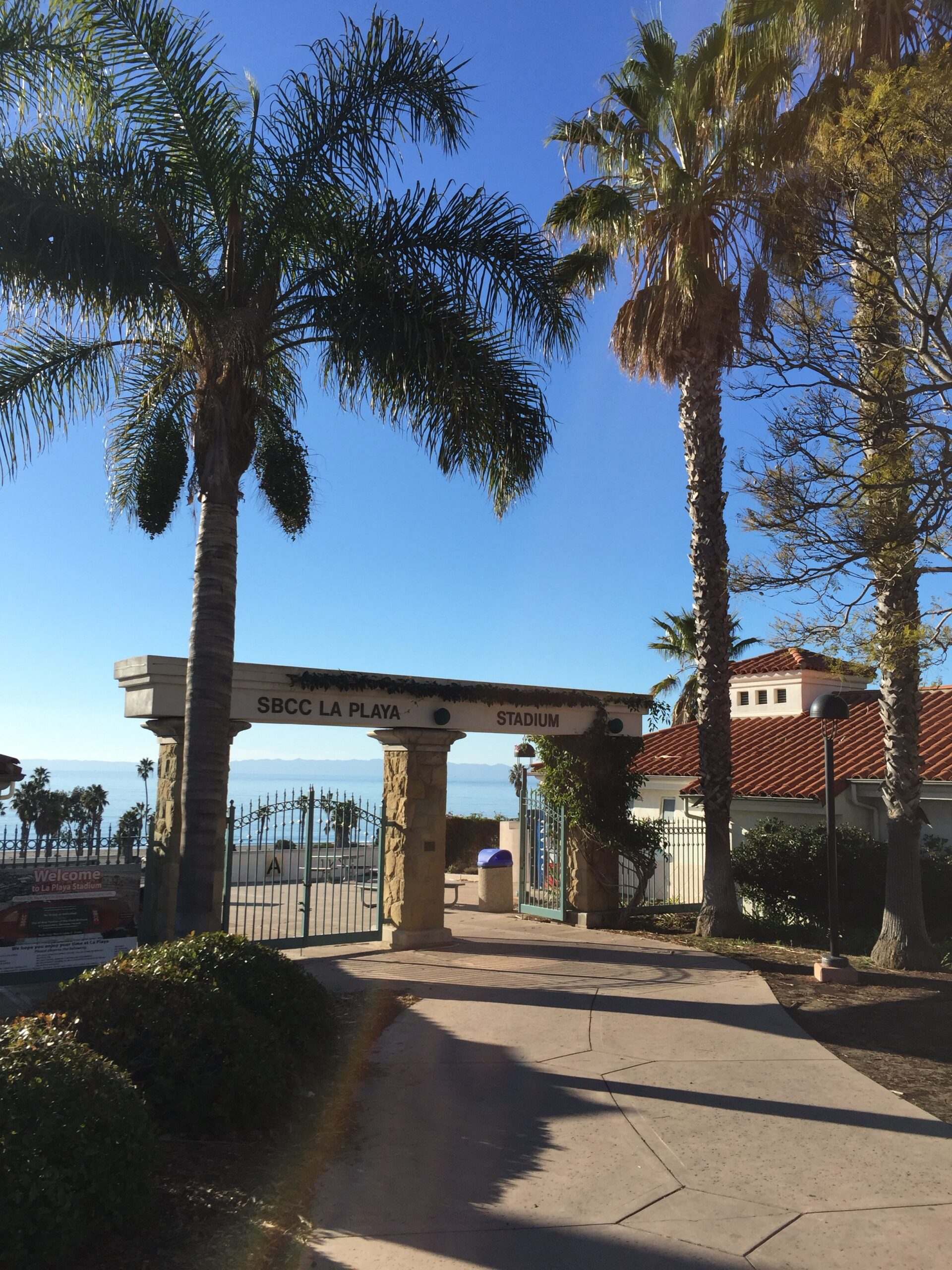
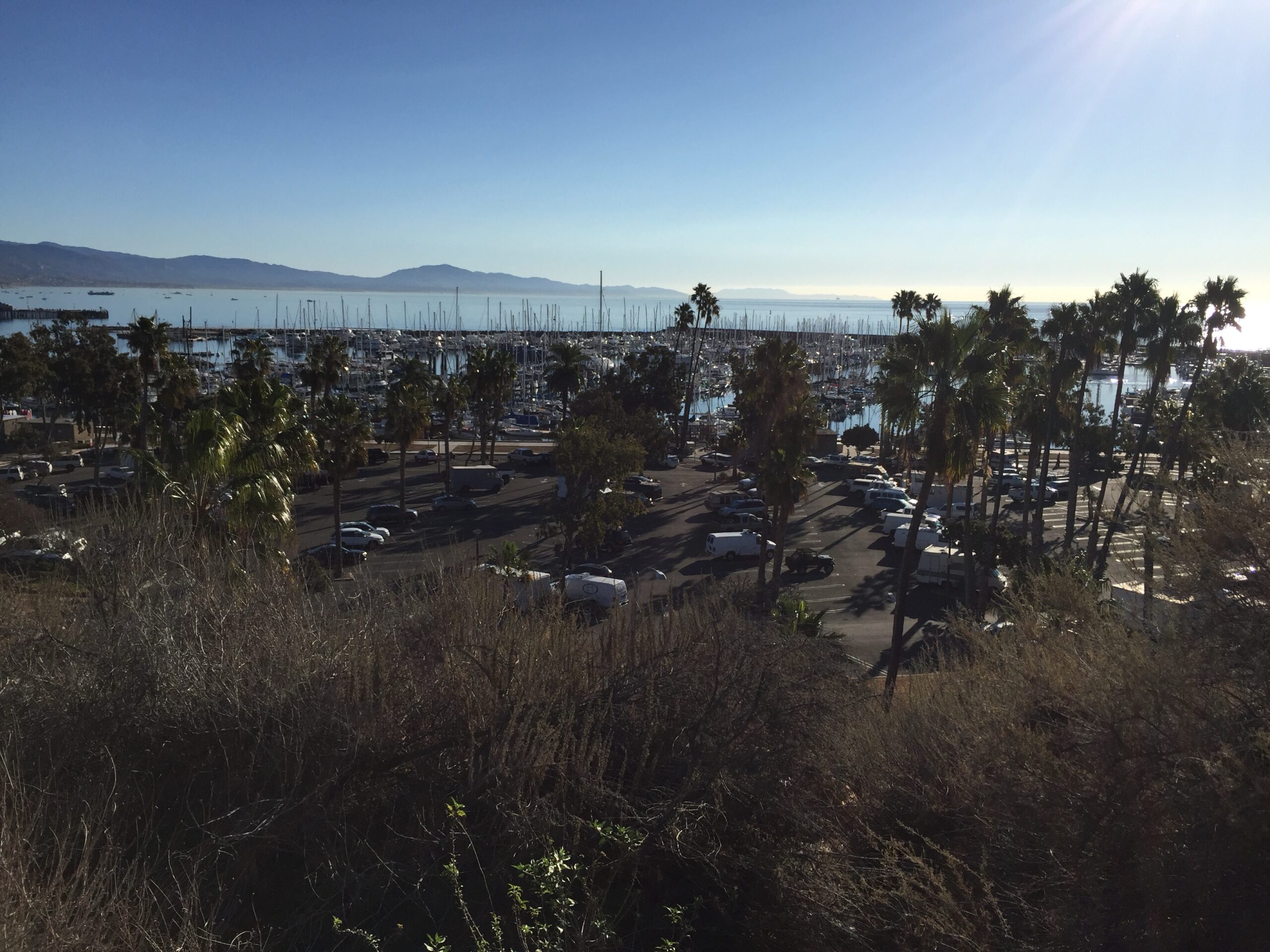
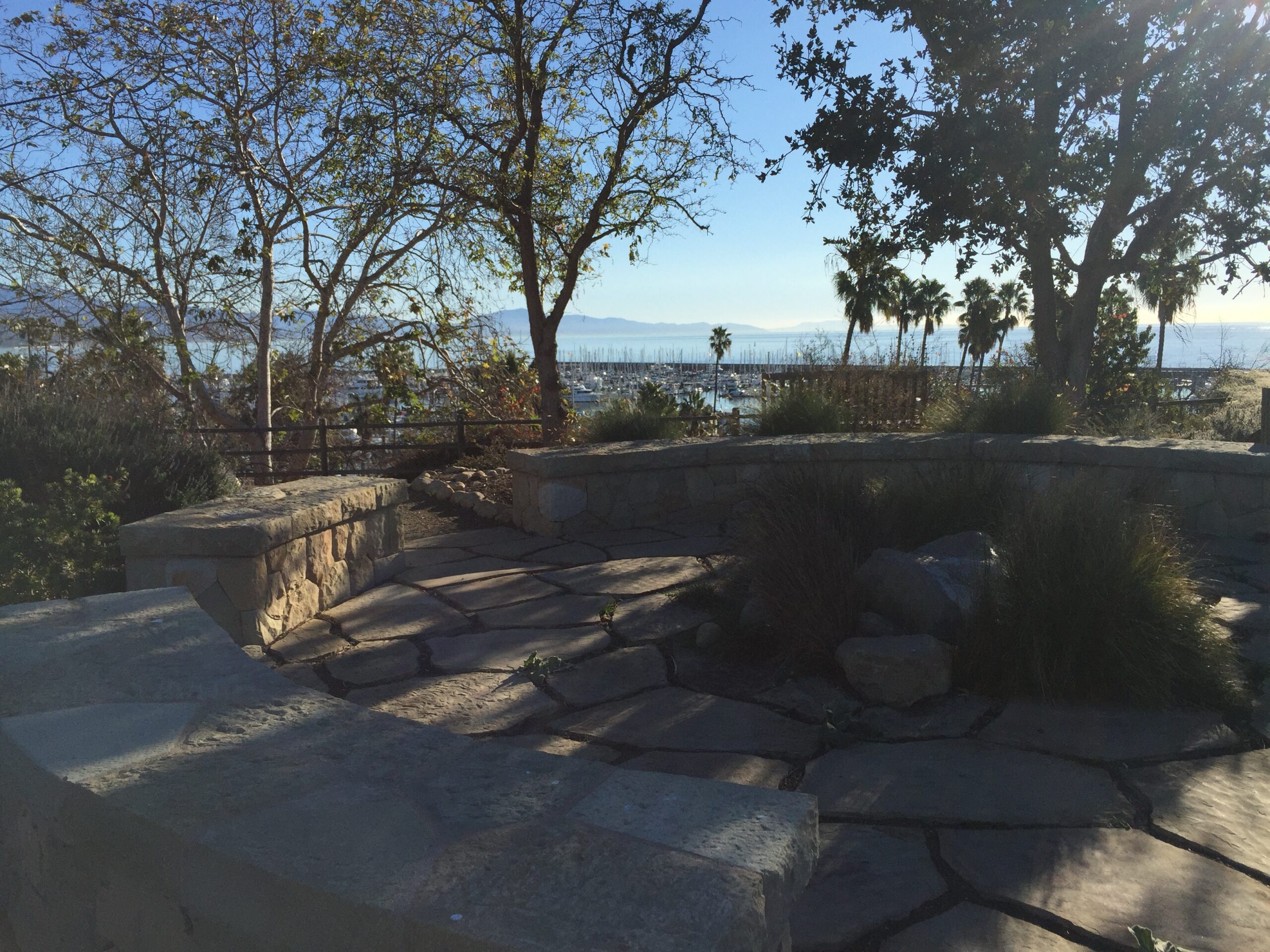
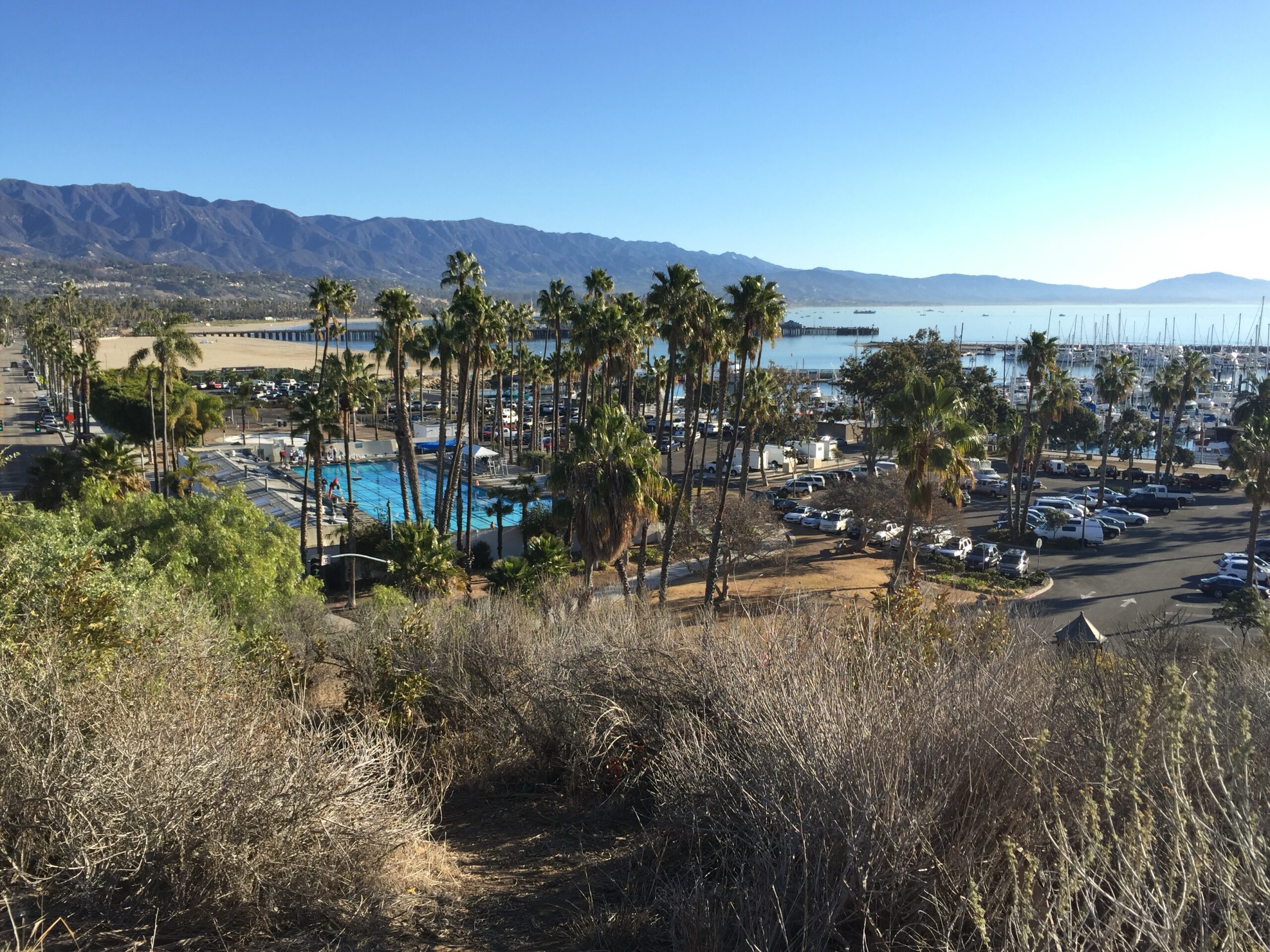
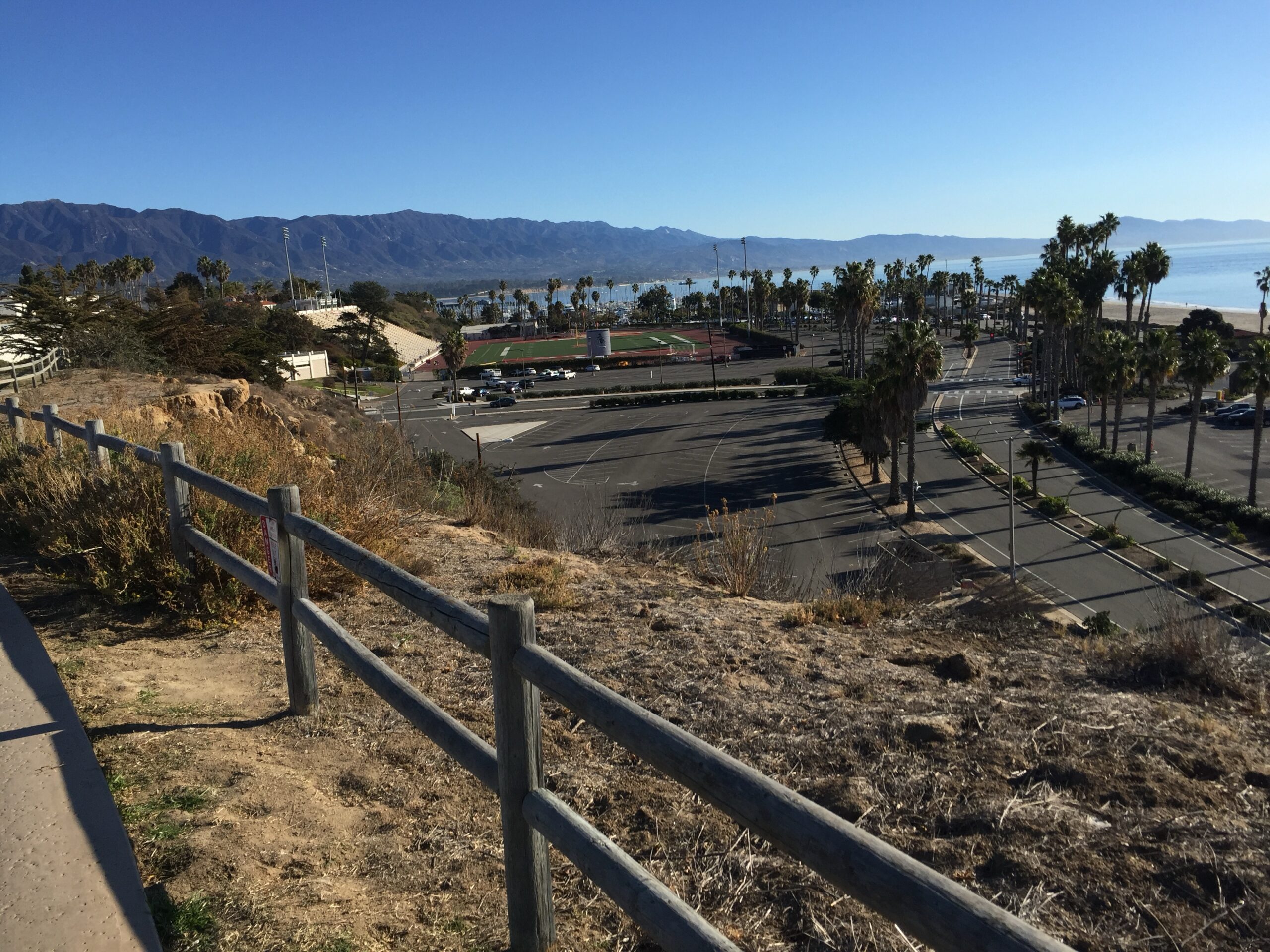
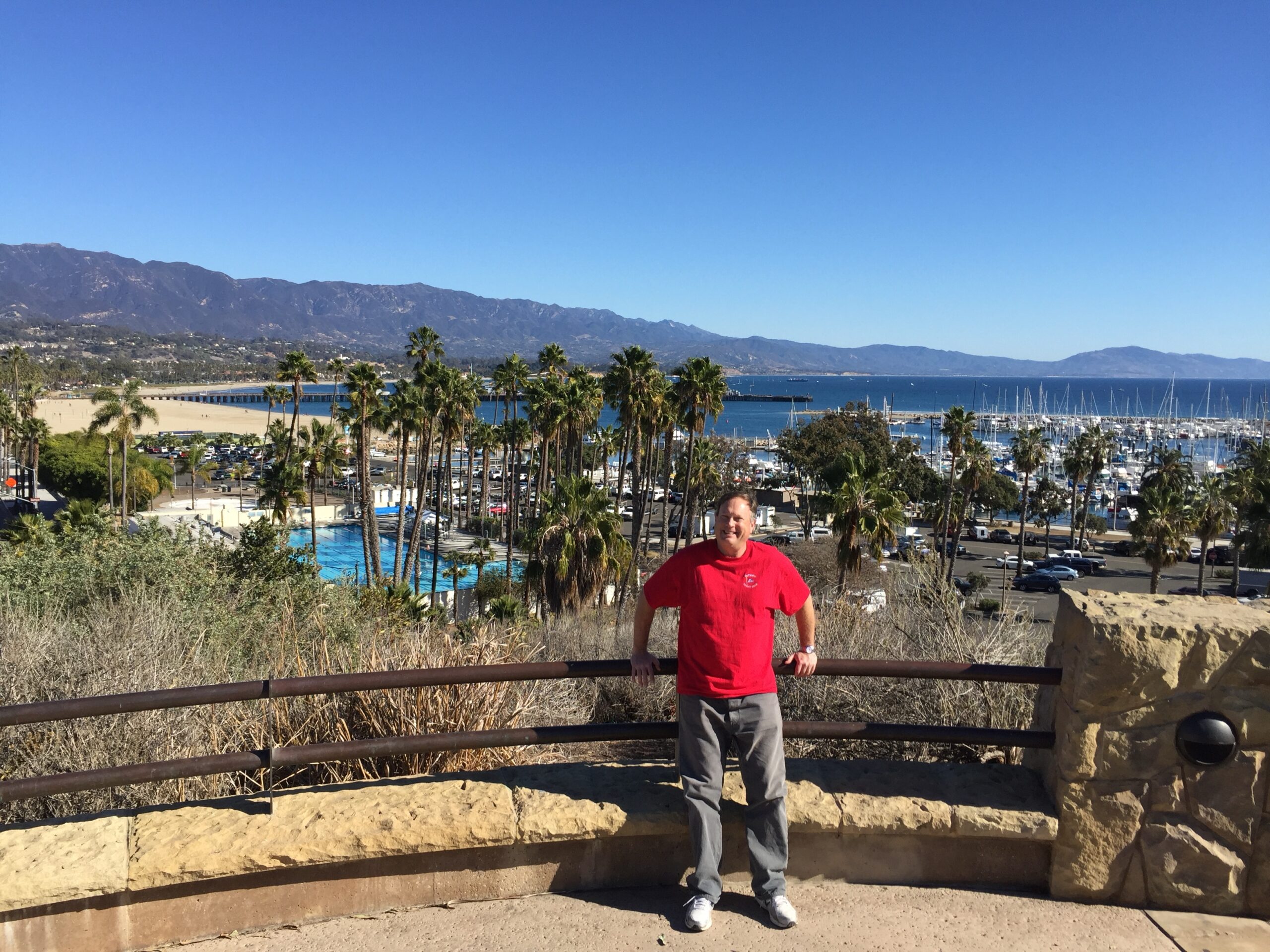
For Surfers
Santa Barbara is a surfing paradise with numerous excellent spots:
- Rincon Point: Known as “the Queen of the Coast,” it’s popular among professional surfers3.
- Leadbetter Point: Ideal for novice surfers and longboarders3.
- Campus Point: Offers great waves, especially during winter swells3.
- Hammond Point: A favorite among local surfers3.
- Channel Islands: Suitable for expert surfers, offering exposed breaks and swift currents3.
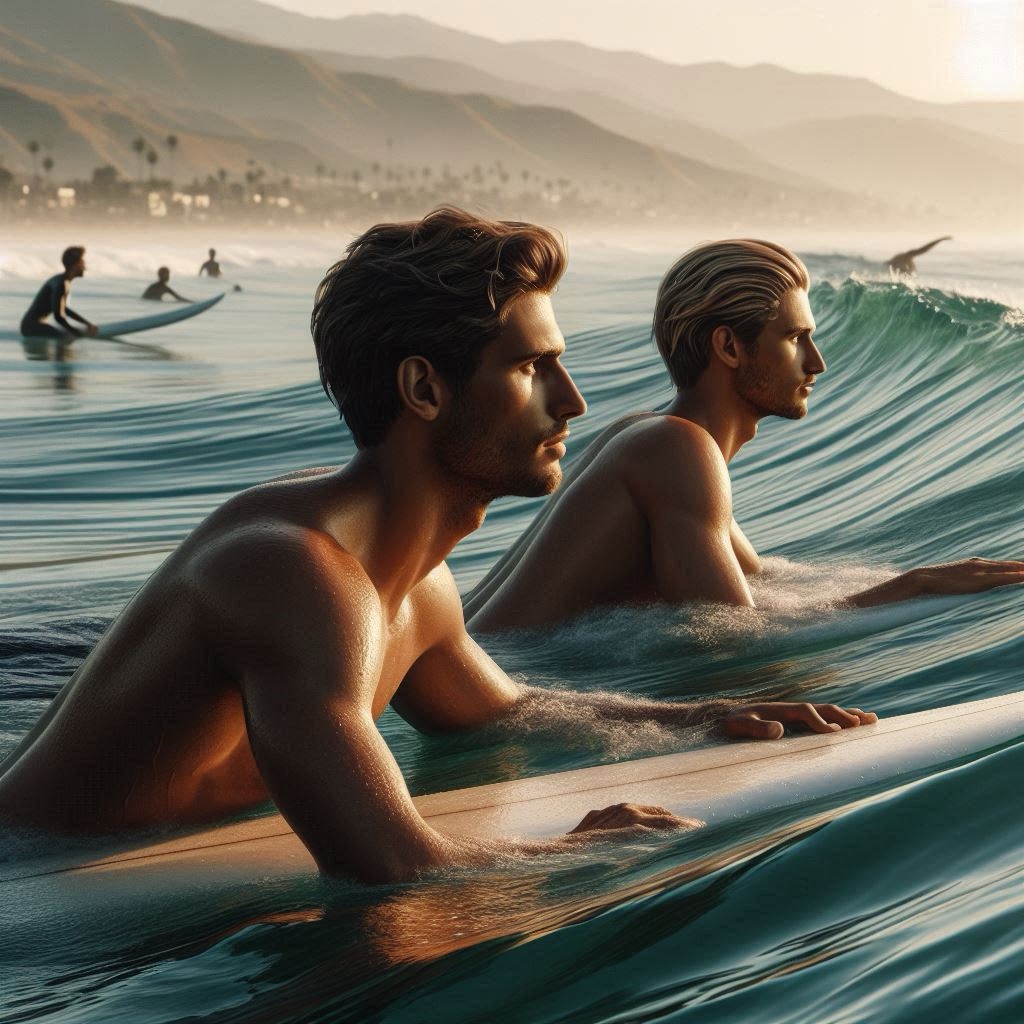
For Boaters
The Santa Barbara Harbor is a hub for ocean adventures, offering:
- Boat rentals and cruises
- Whale-watching tours
- Equipment rentals for kayaking, stand-up paddleboarding, and other water sports4
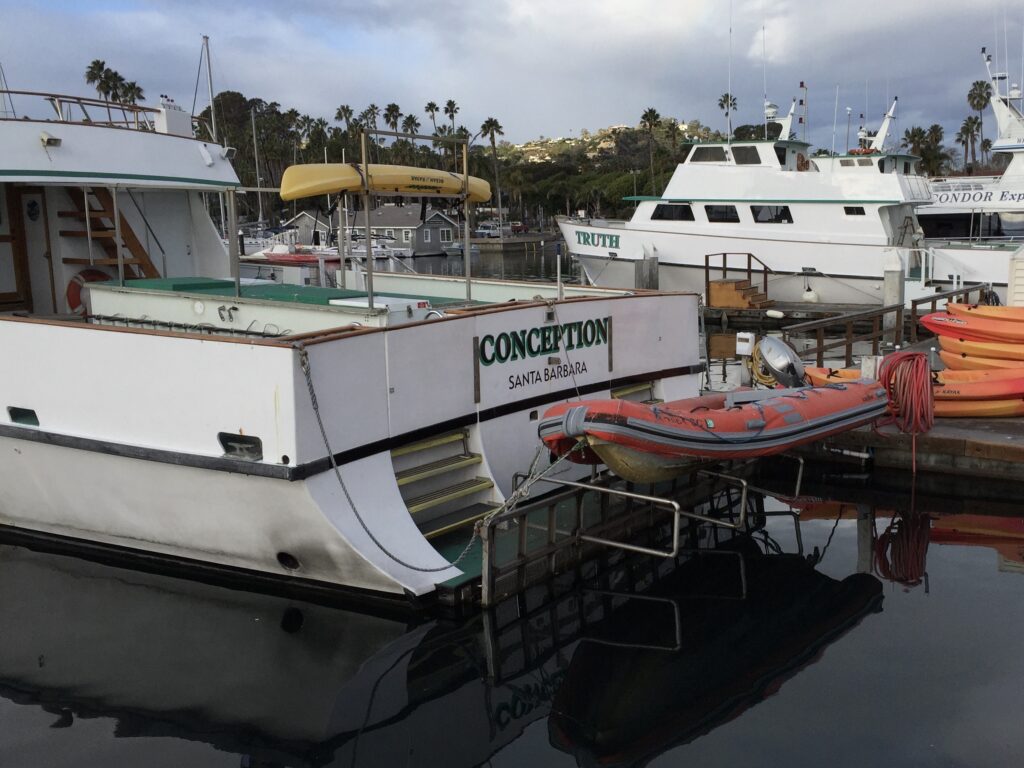
The tragic incident involving the dive boat Conception occurred on September 2, 2019, near Santa Cruz Island, off the coast of Santa Barbara. A fire broke out on the vessel while it was anchored, resulting in the deaths of 34 people, including 33 passengers and one crew member, who were trapped below deck. The captain, Jerry Boylan, and four other crew members survived by jumping overboard. The disaster led to significant changes in maritime safety regulations and highlighted the importance of proper safety management systems on passenger vessels123.
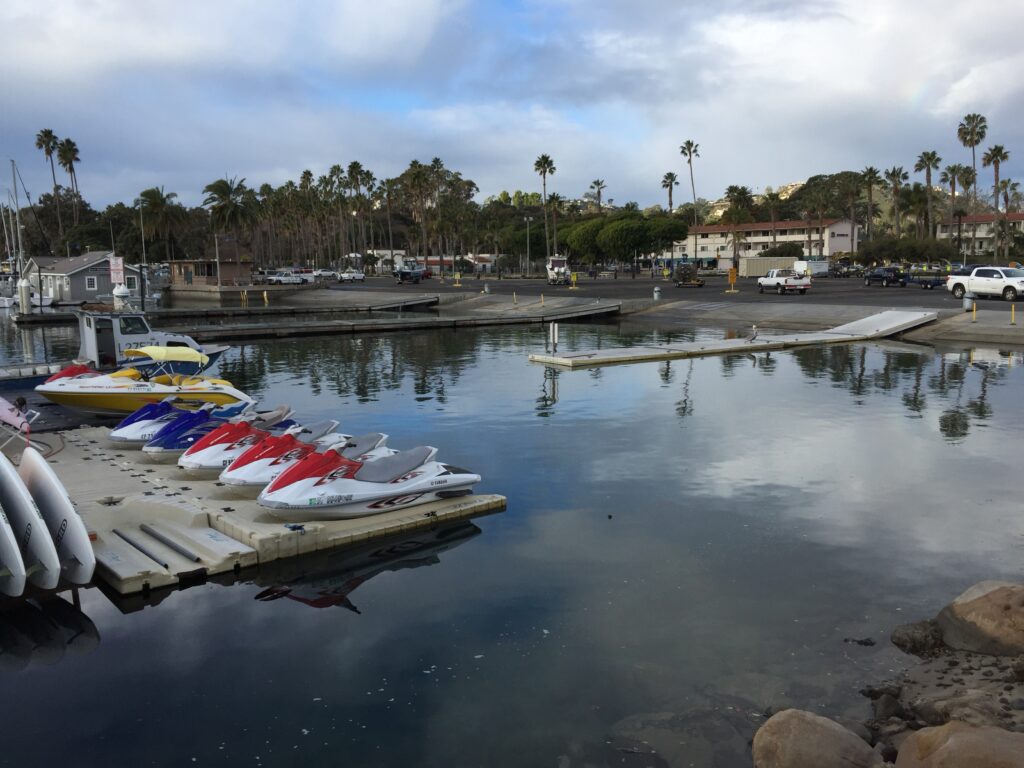
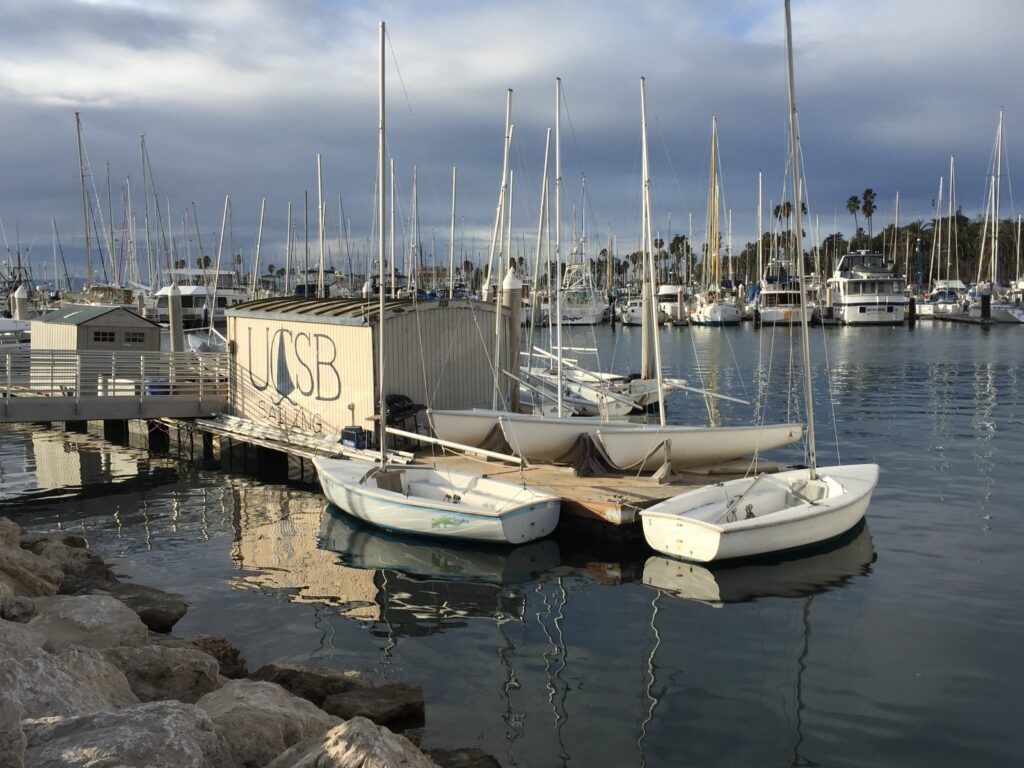

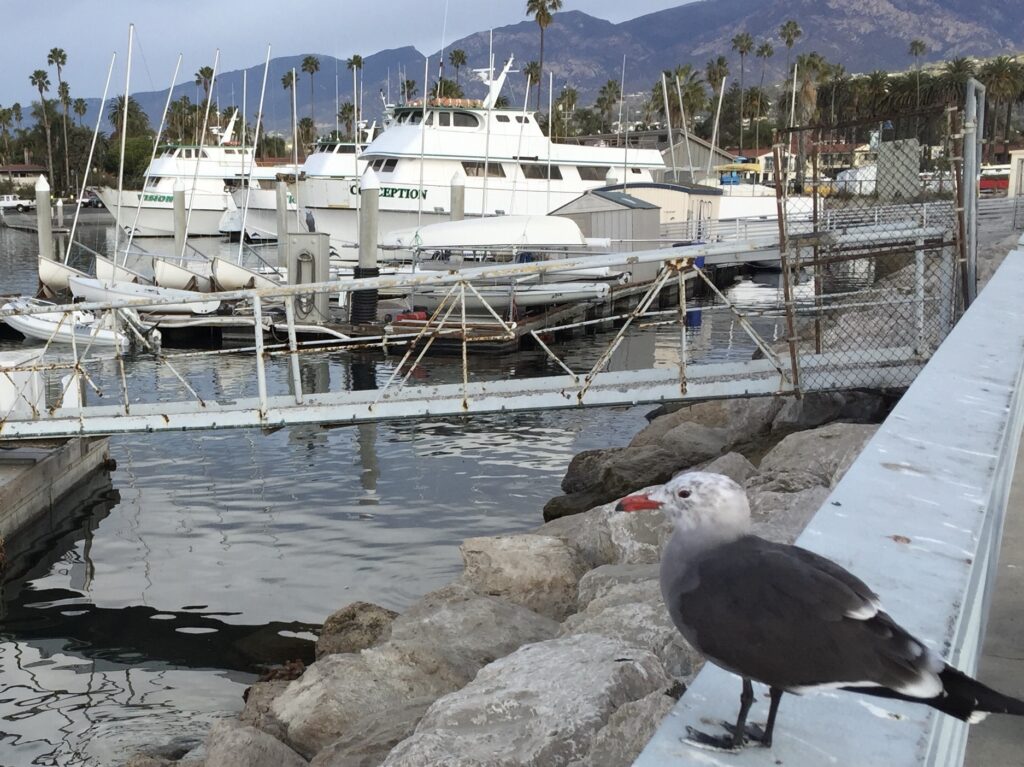
there two yacht clubs in Santa Barbara:
- Santa Barbara Yacht Club (SBYC): Founded in 1872, it is the second oldest yacht club on the West Coast. SBYC offers dining, sailing events, and facilities for both power and sailboats. Membership is required, and it hosts various races and social events145.
- Santa Barbara Sailing Club (SBSC): Established in 1959, SBSC focuses on sailboat racing and offers affordable access to sailing activities. It promotes one-design class racing and has a vibrant community for sailors of all skill levels23.
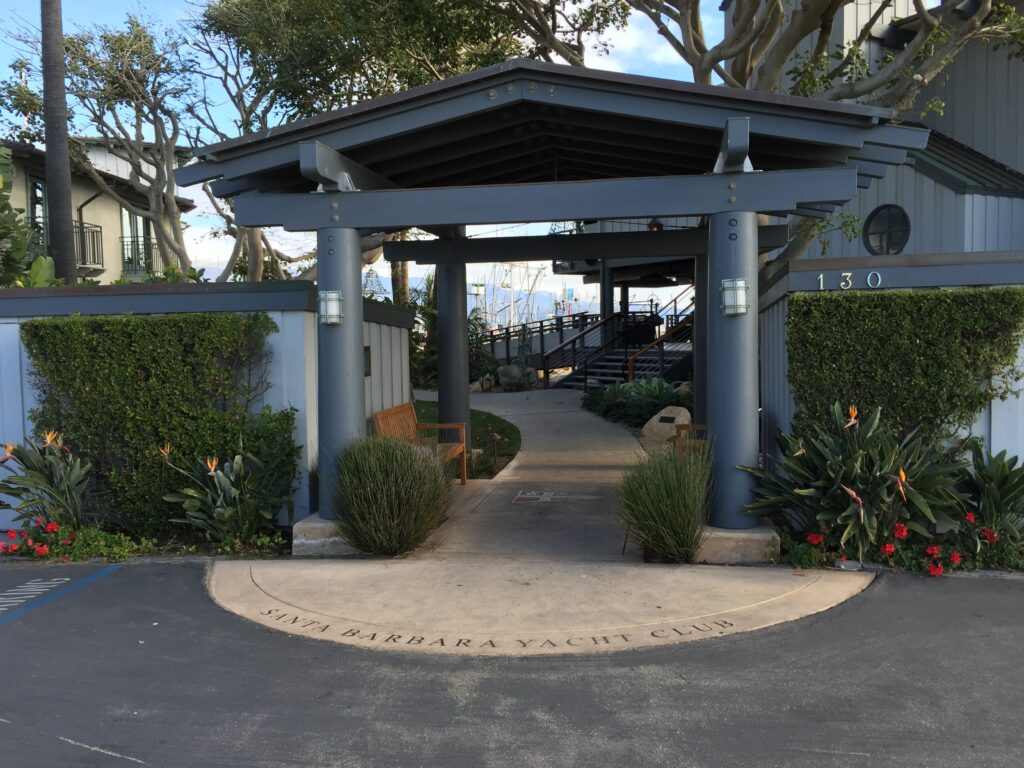
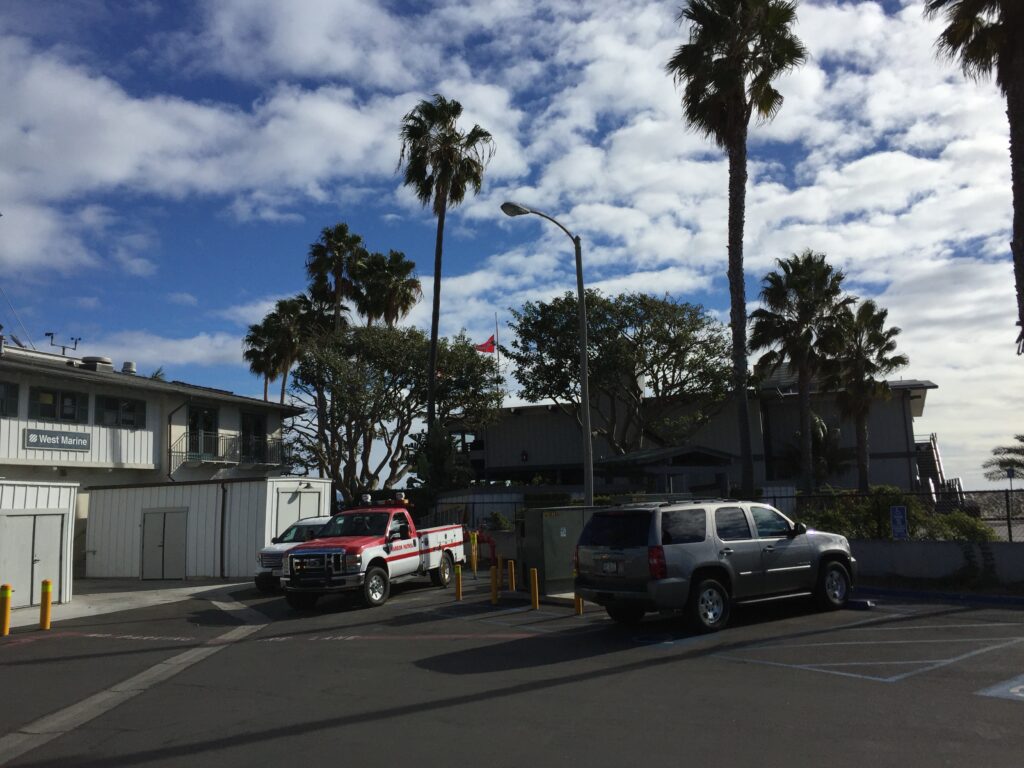
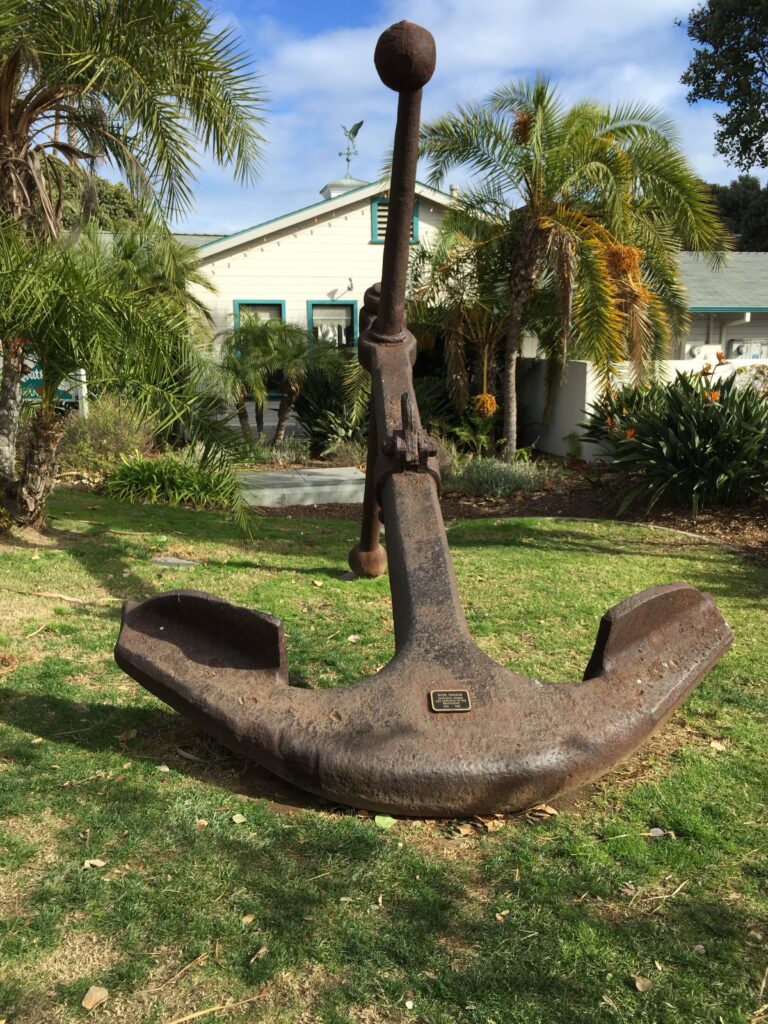
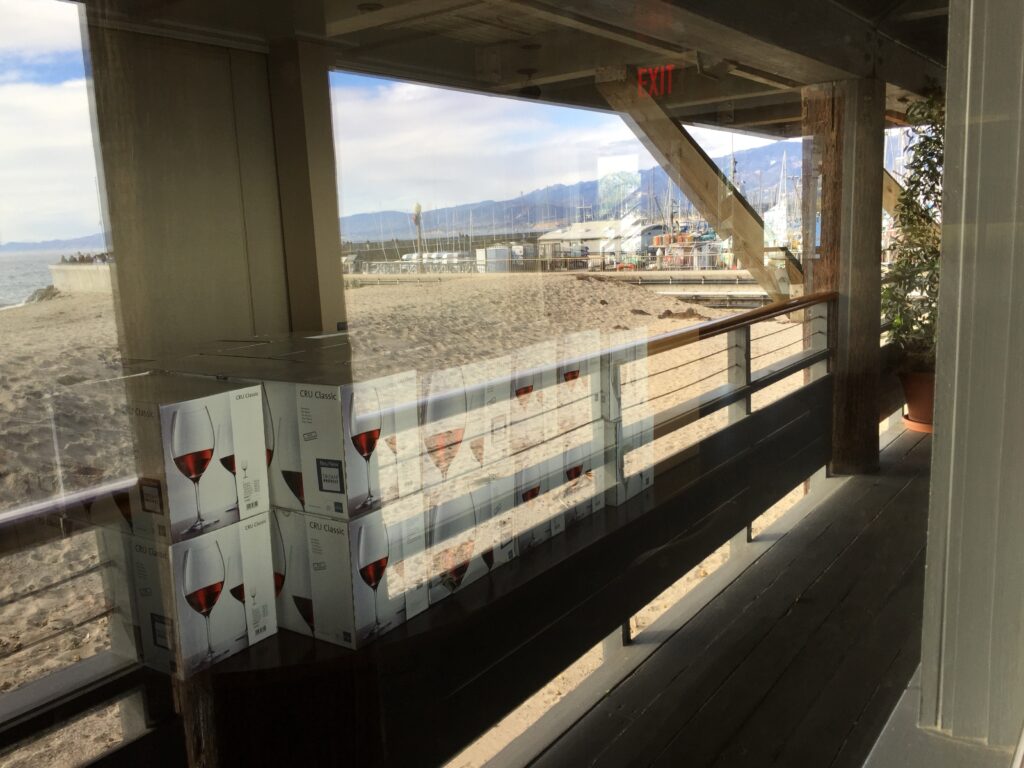
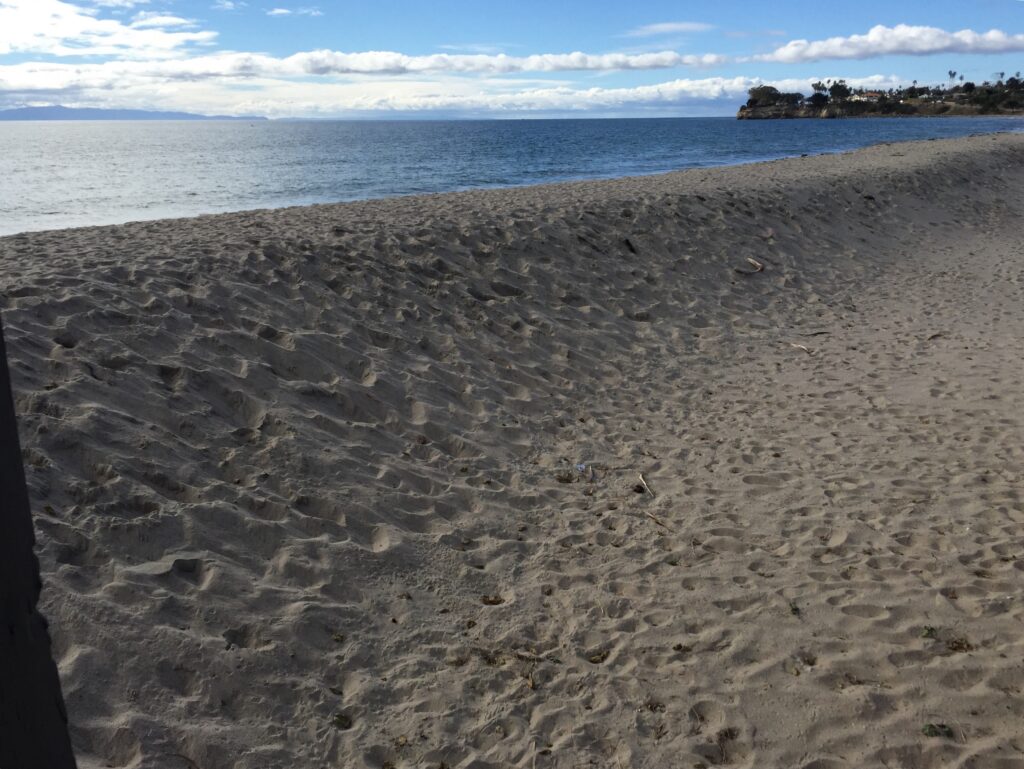
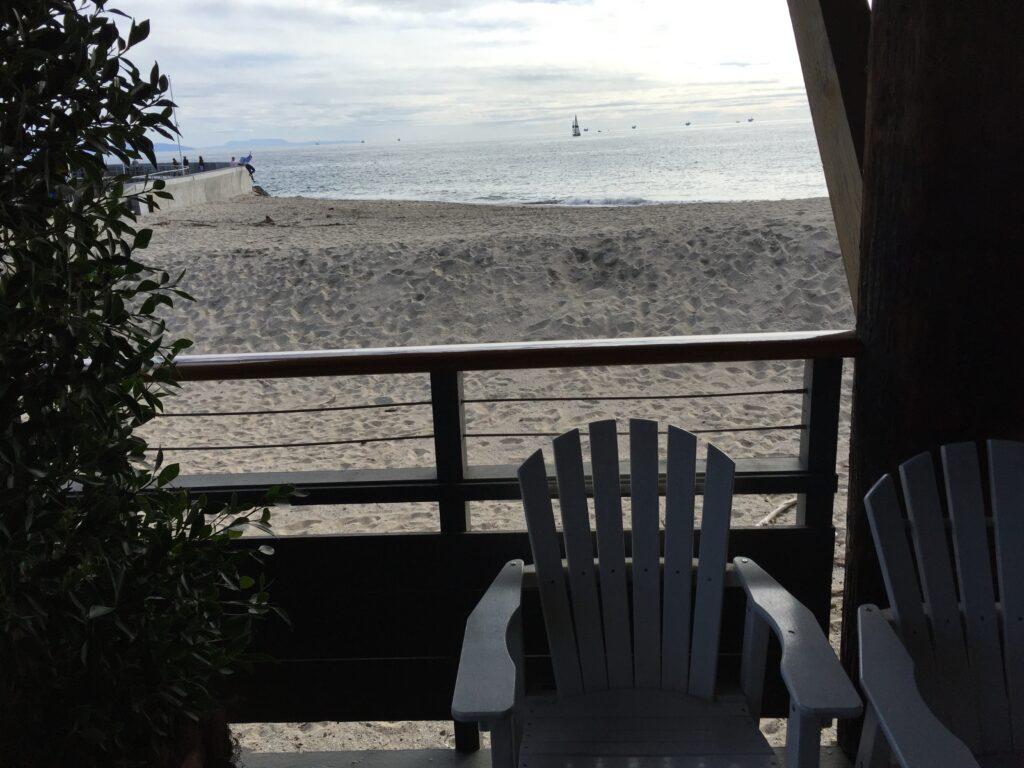
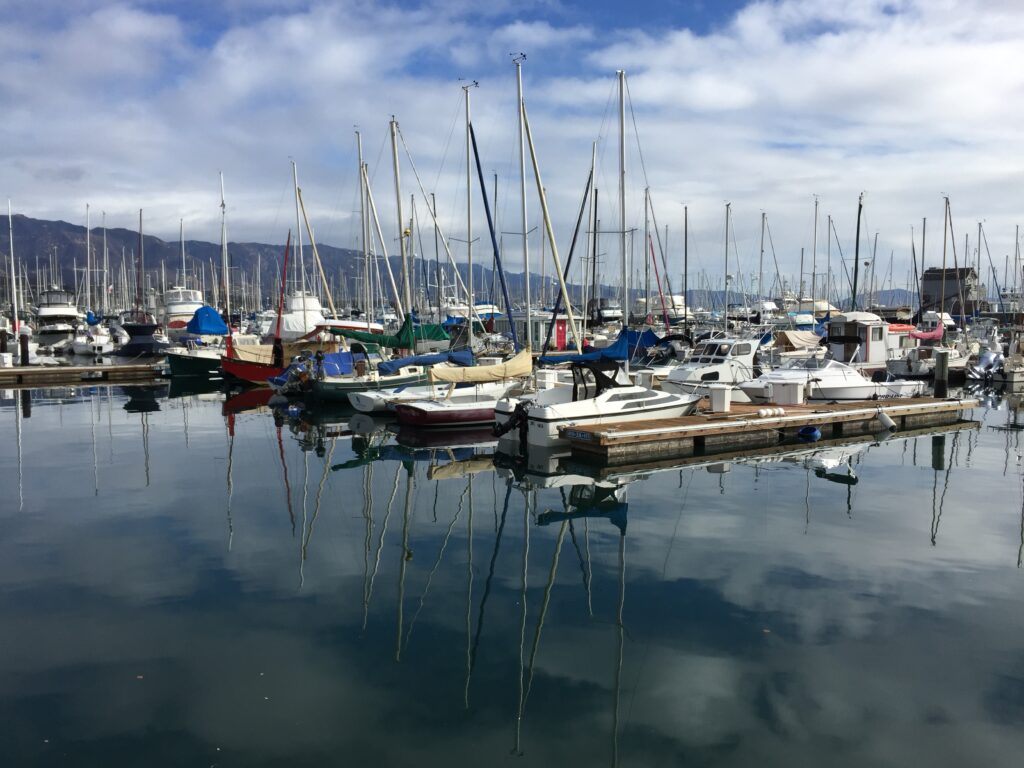
Both clubs provide excellent opportunities for boating enthusiasts in the area.
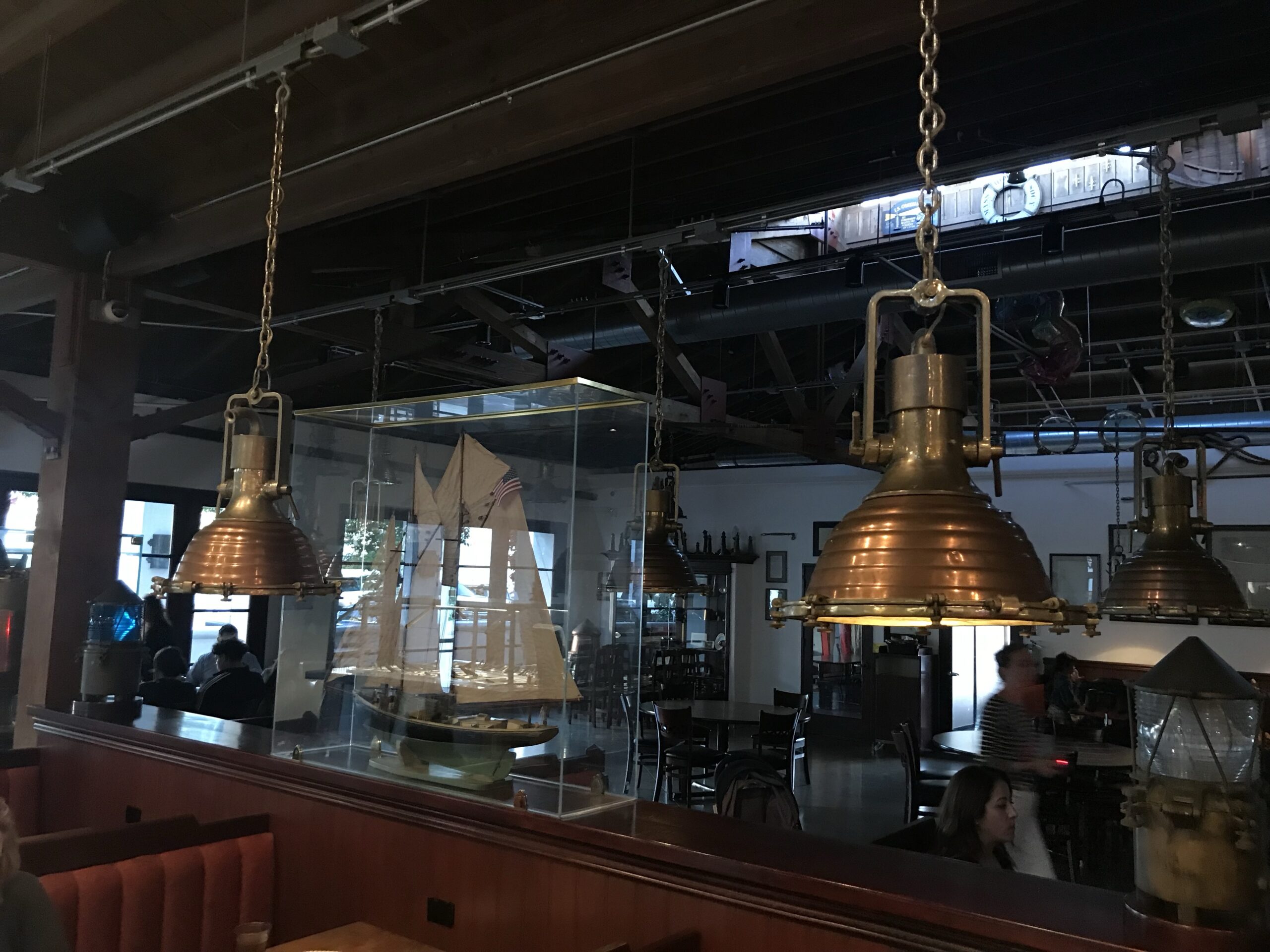
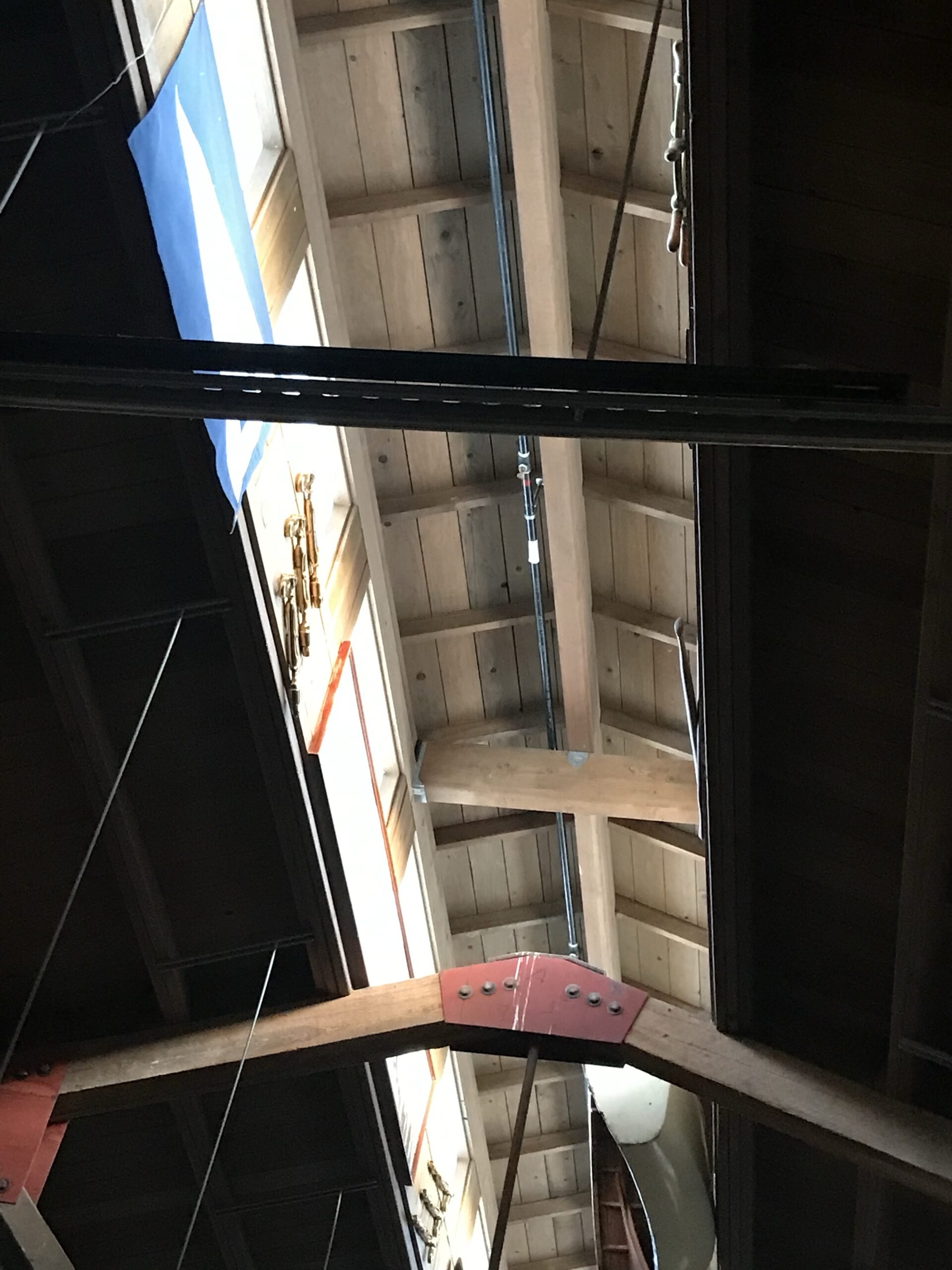
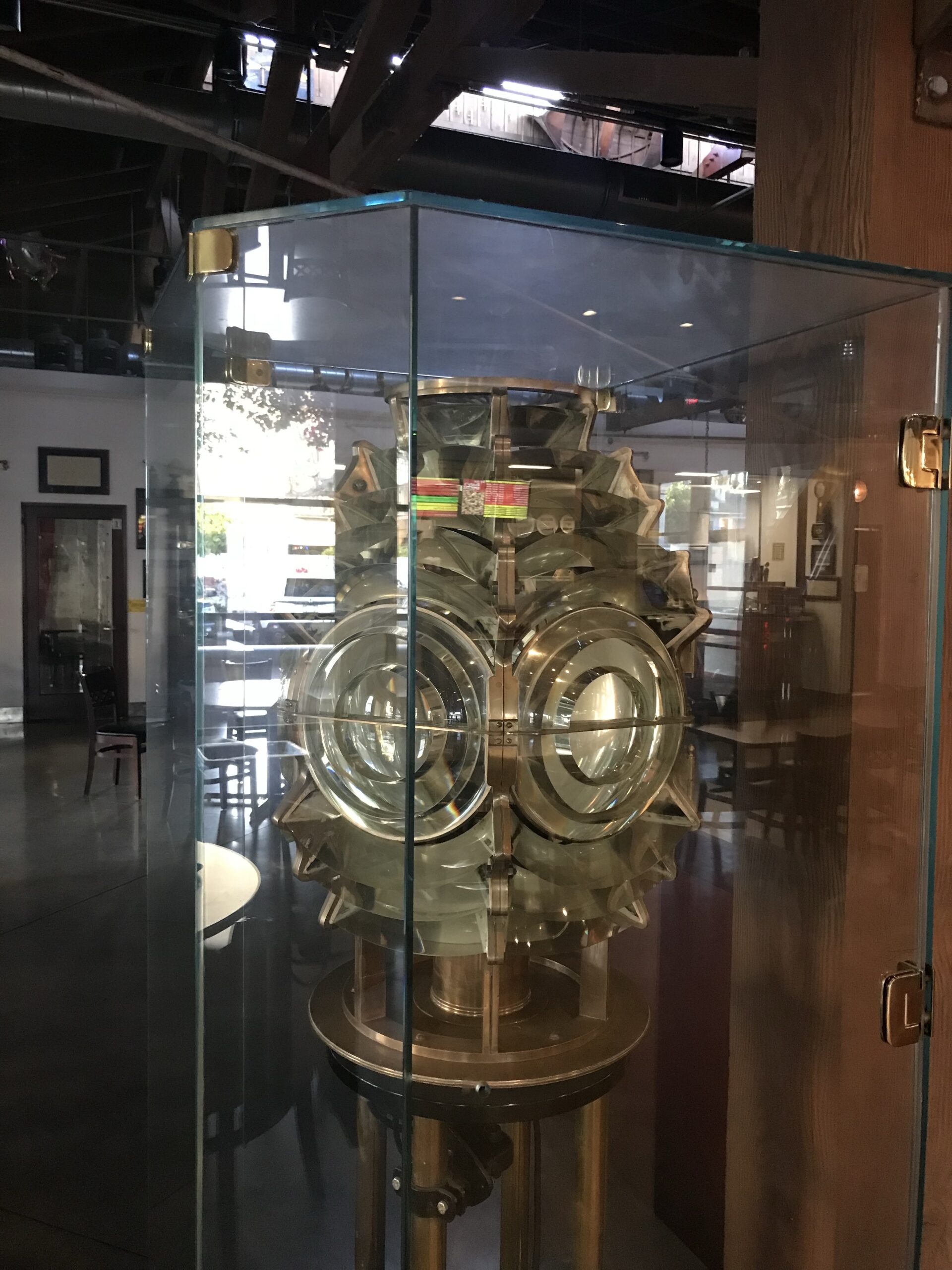
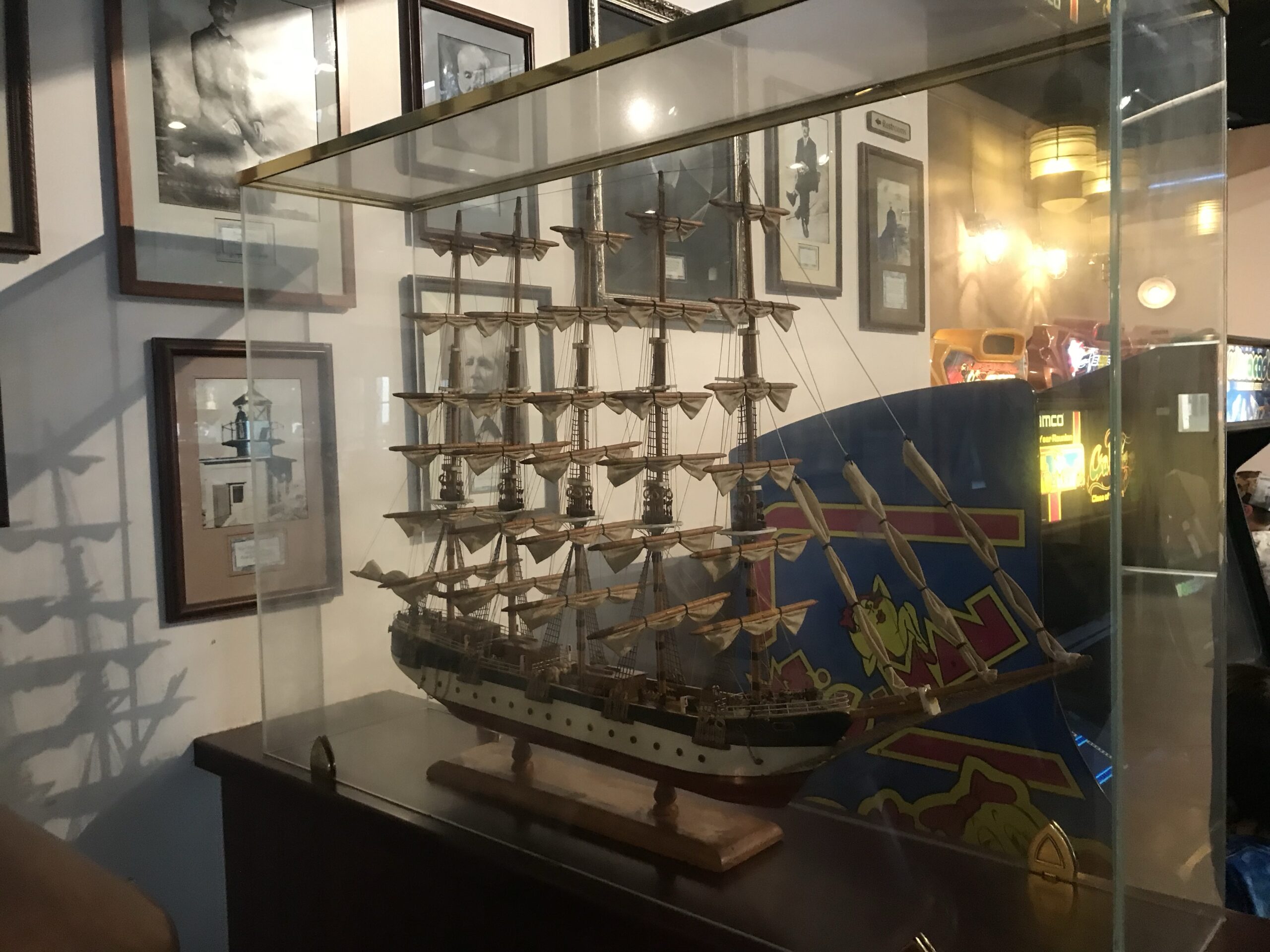
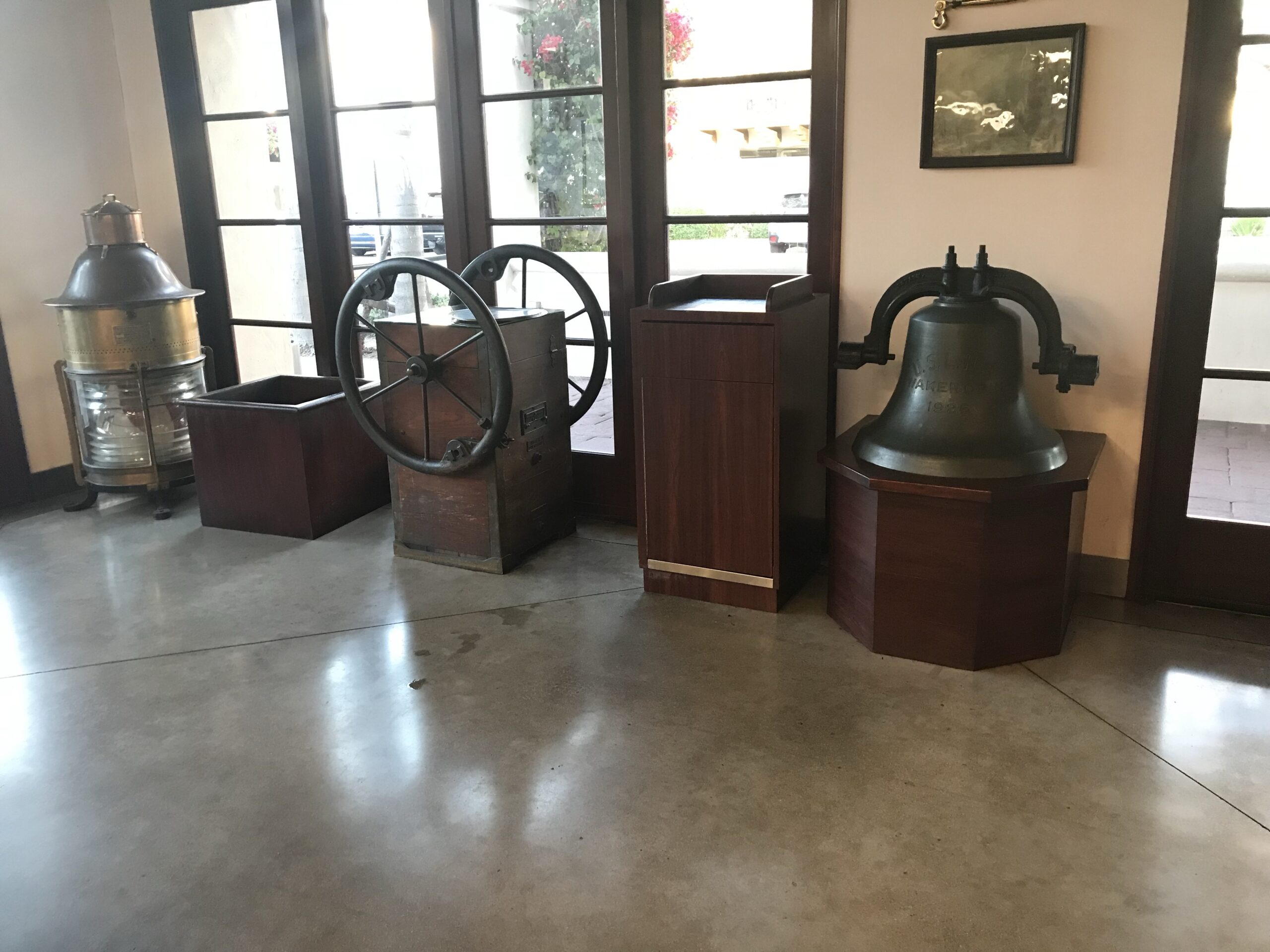
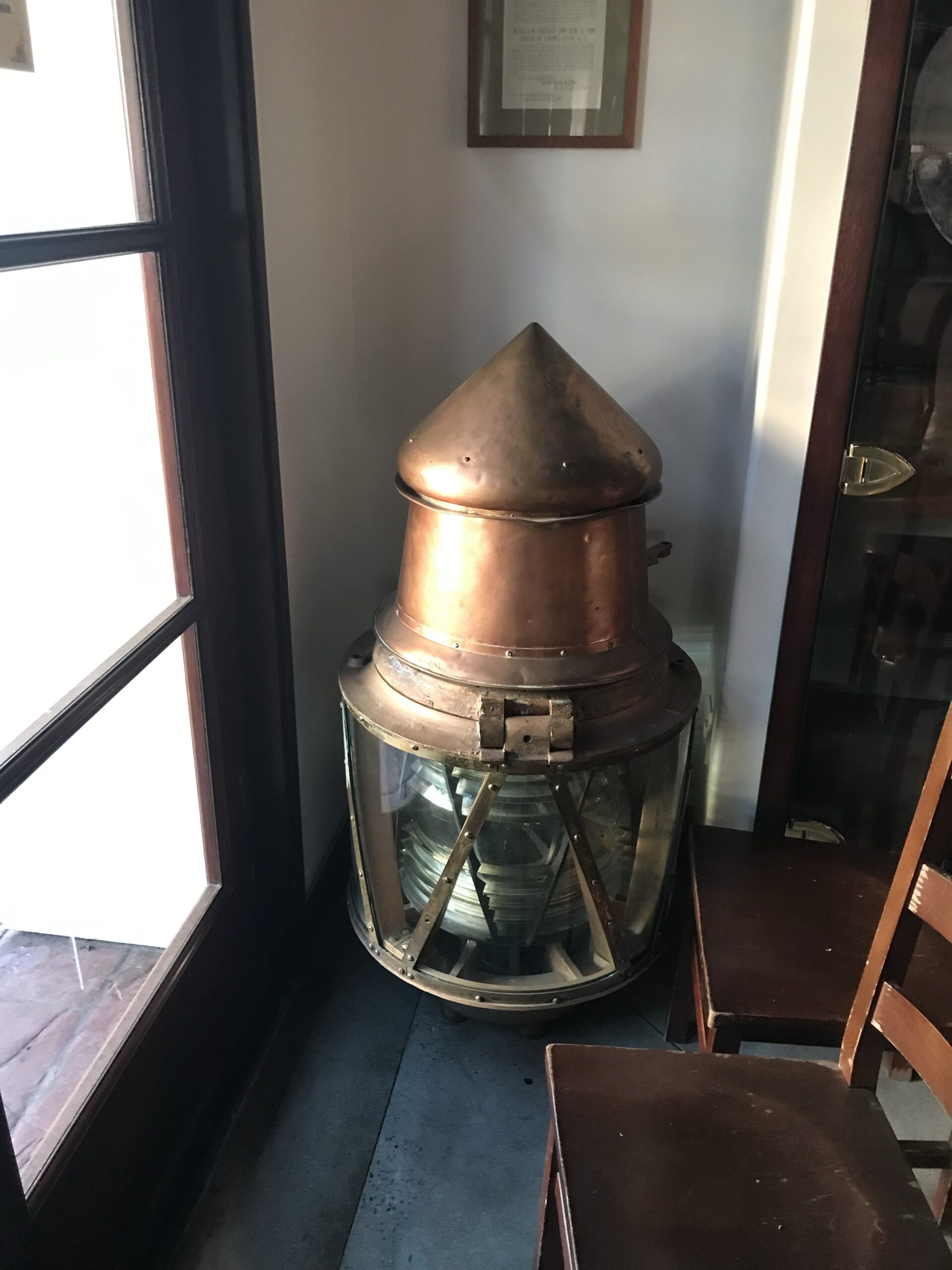
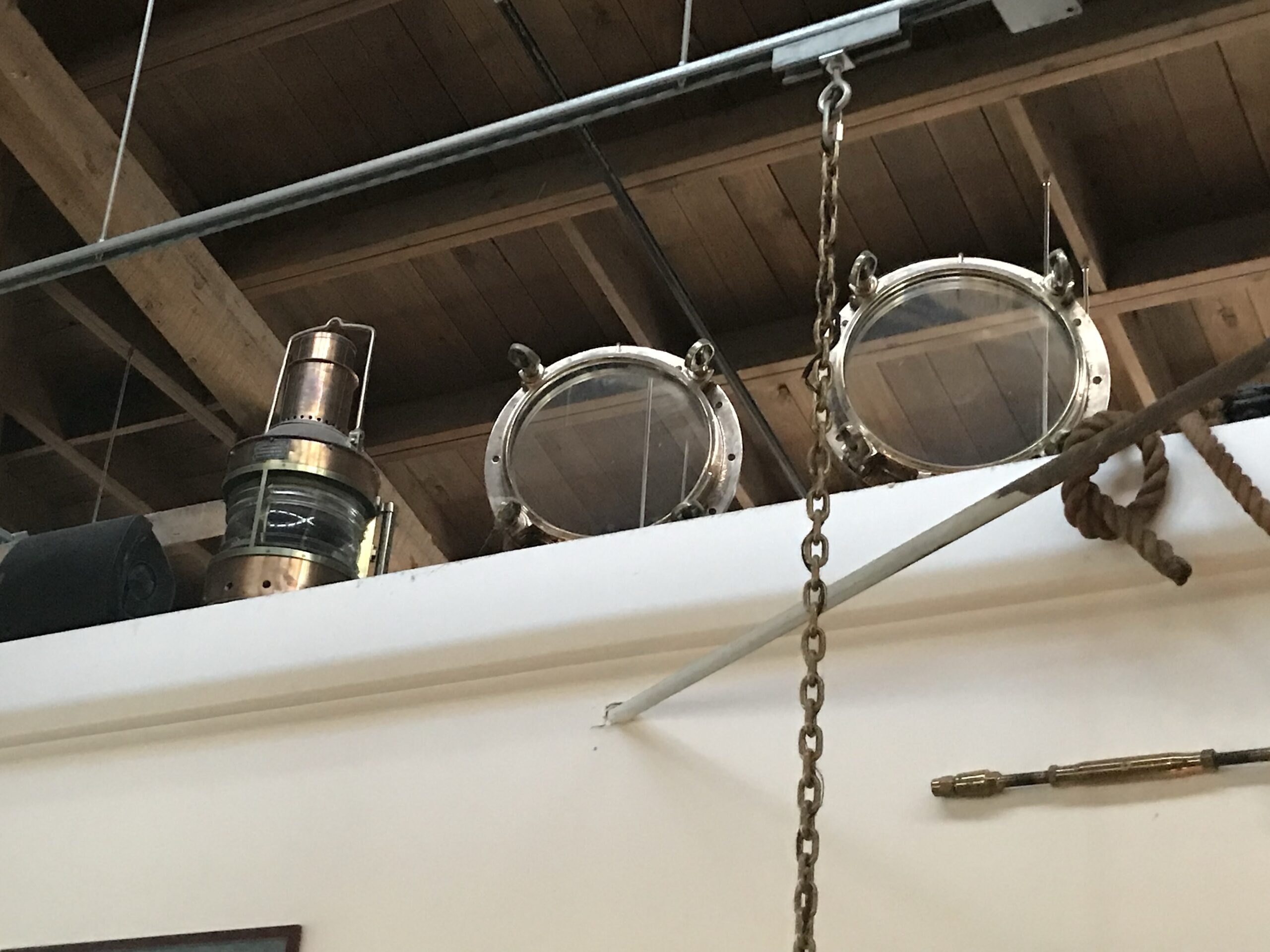
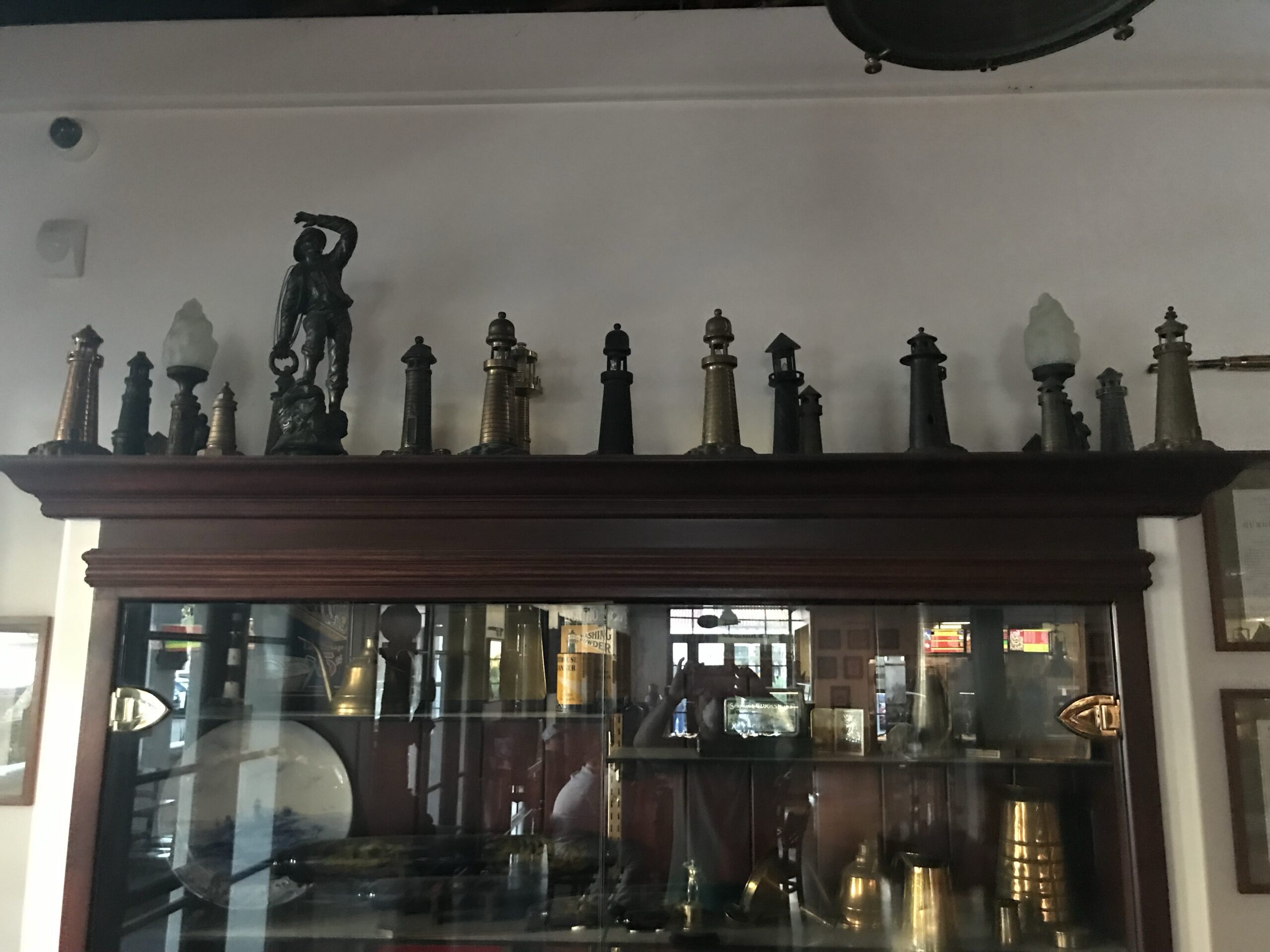
Santa Barbara, Calif.
Known for its mild weather, rich maritime history, picturesque coastline and vibrant sailing community, Santa Barbara is a haven for sailors of all levels. Affectionately known as “The American Riviera,” this jewel of the California coast’s mild winds, calm seas and near-constant sunshine makes for picture-perfect sailing conditions.
Those into competitive sailing can join in the adventure on Wet Wednesday races at the Santa Barbara Yacht Club, a beloved tradition in the sailing community. The region also hosts several regattas and sailing festivals throughout the year.
For Businesspeople
Sambo’s was a prominent restaurant chain founded in 1957 in Santa Barbara, California, by Sam Battistone Sr. and Newell Bohnett. It expanded rapidly, peaking with over 1,100 locations across 47 states by the late 1970s12
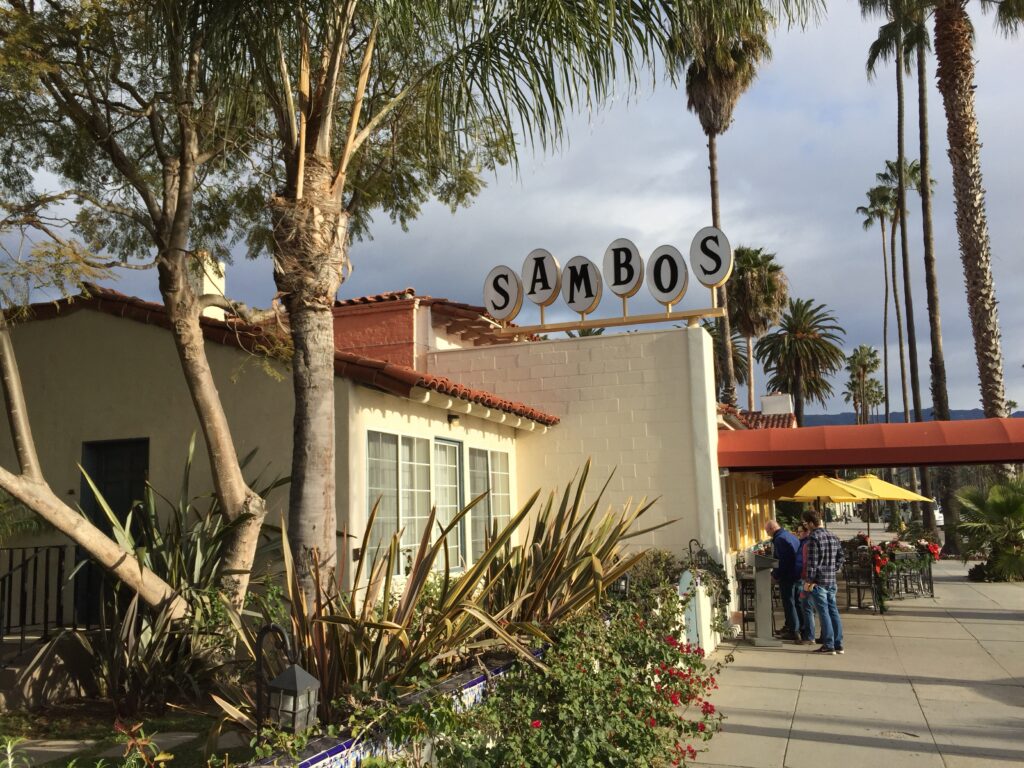
The chain’s business model included a unique profit-sharing system for managers, contributing to its initial success1. However, the name “Sambo’s,” associated with a racially charged children’s book character, led to widespread controversy and protests, particularly during the civil rights movement124.
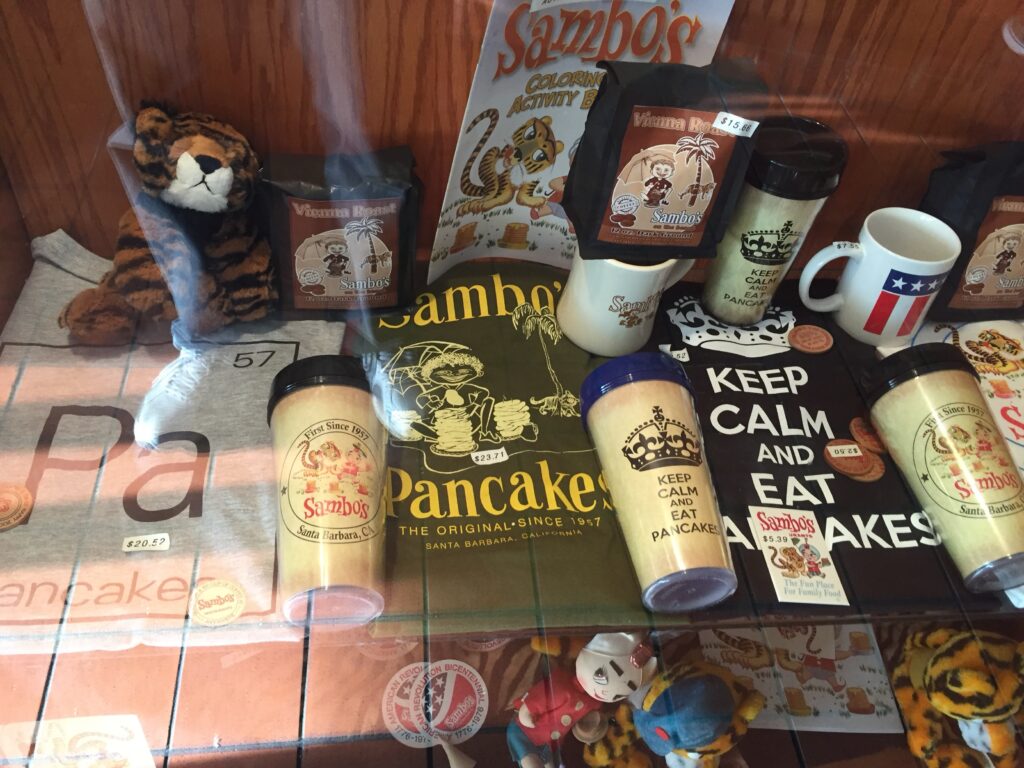
This controversy, alongside financial struggles, culminated in the company’s bankruptcy in 198156.
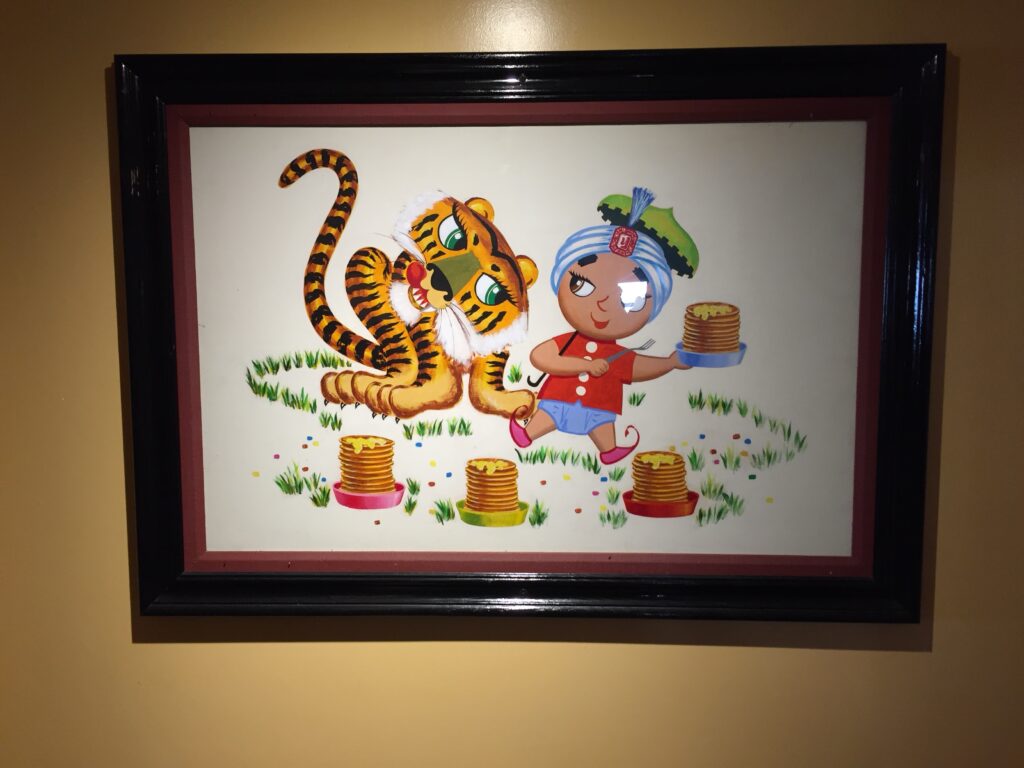
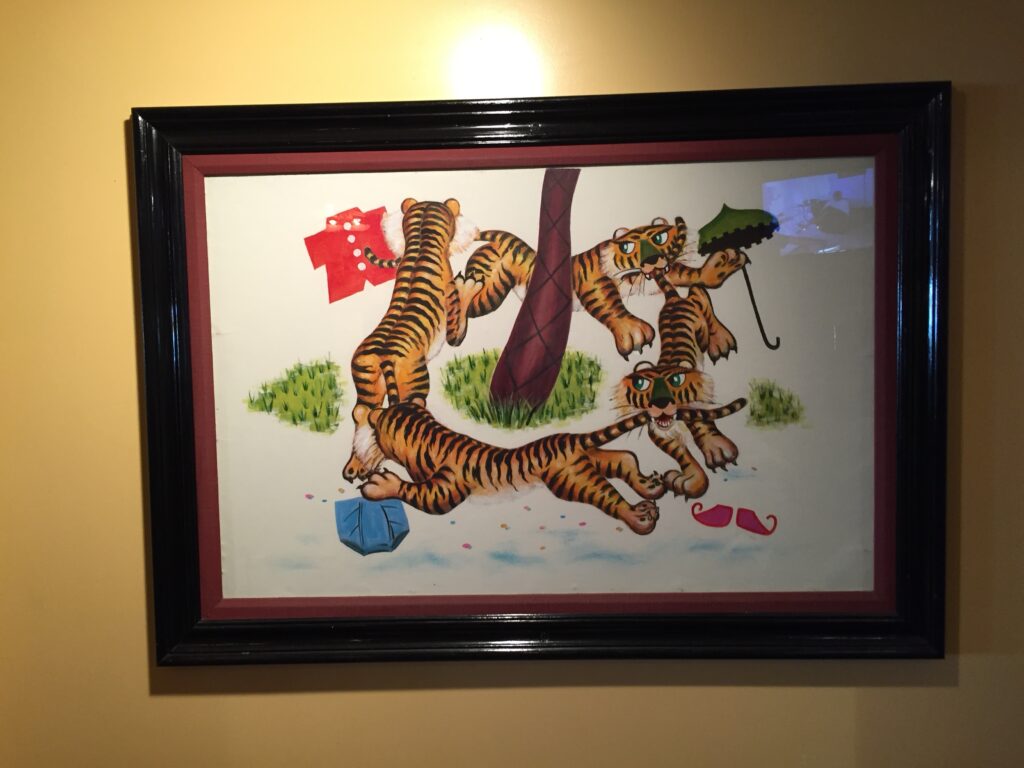
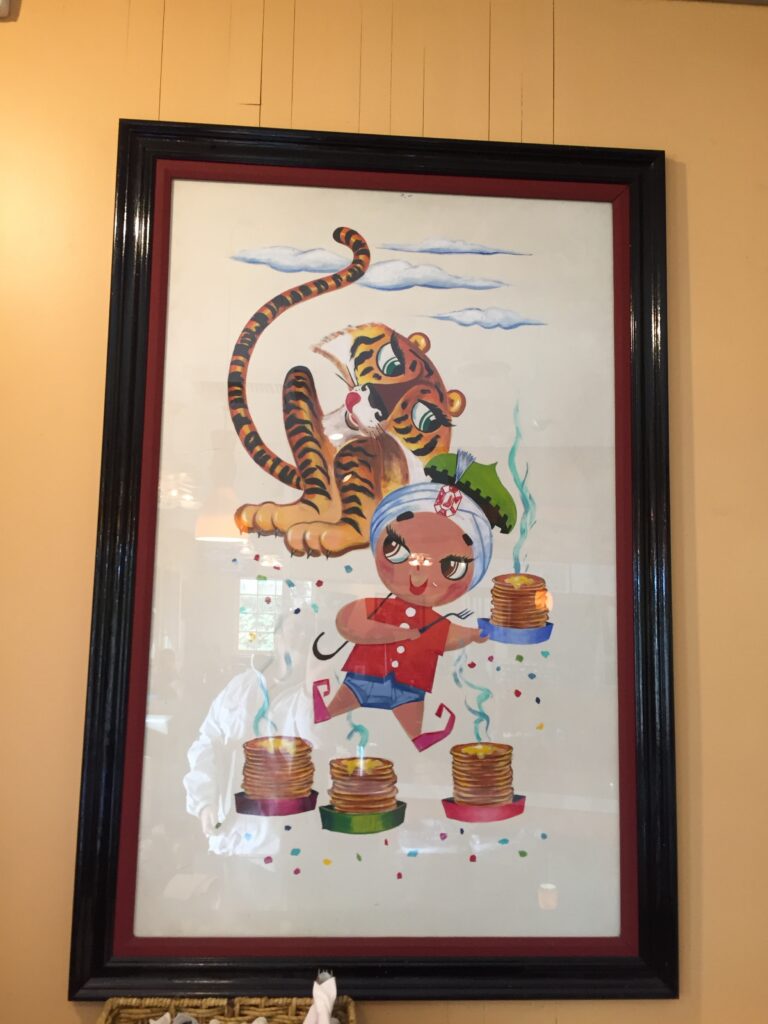
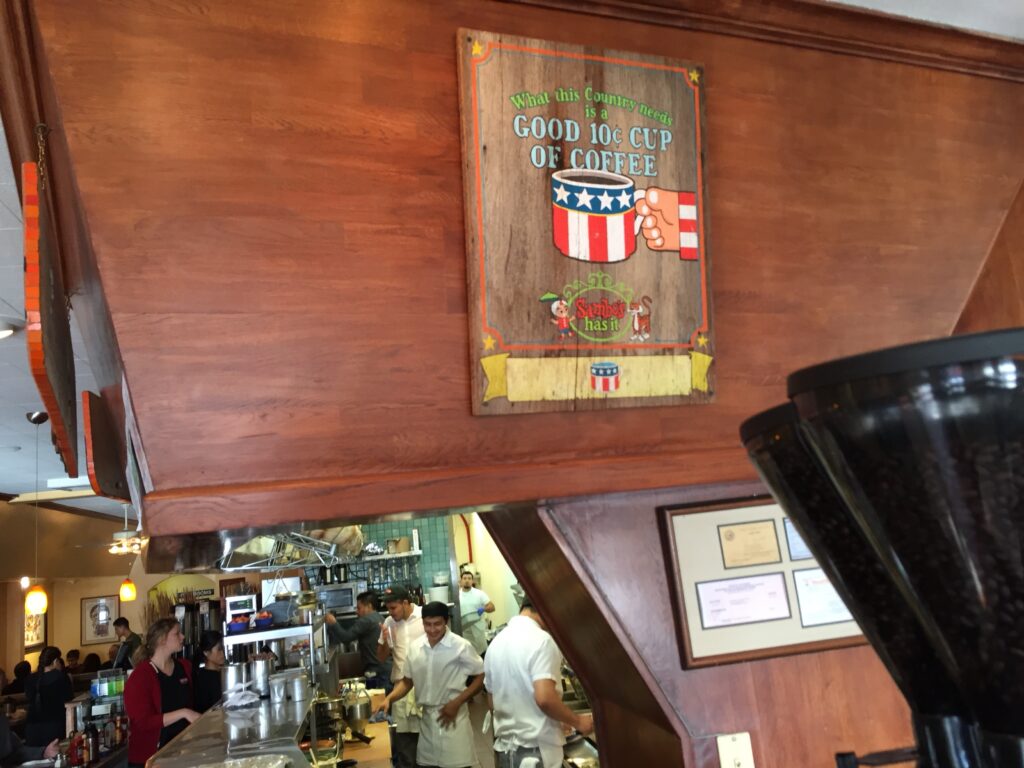
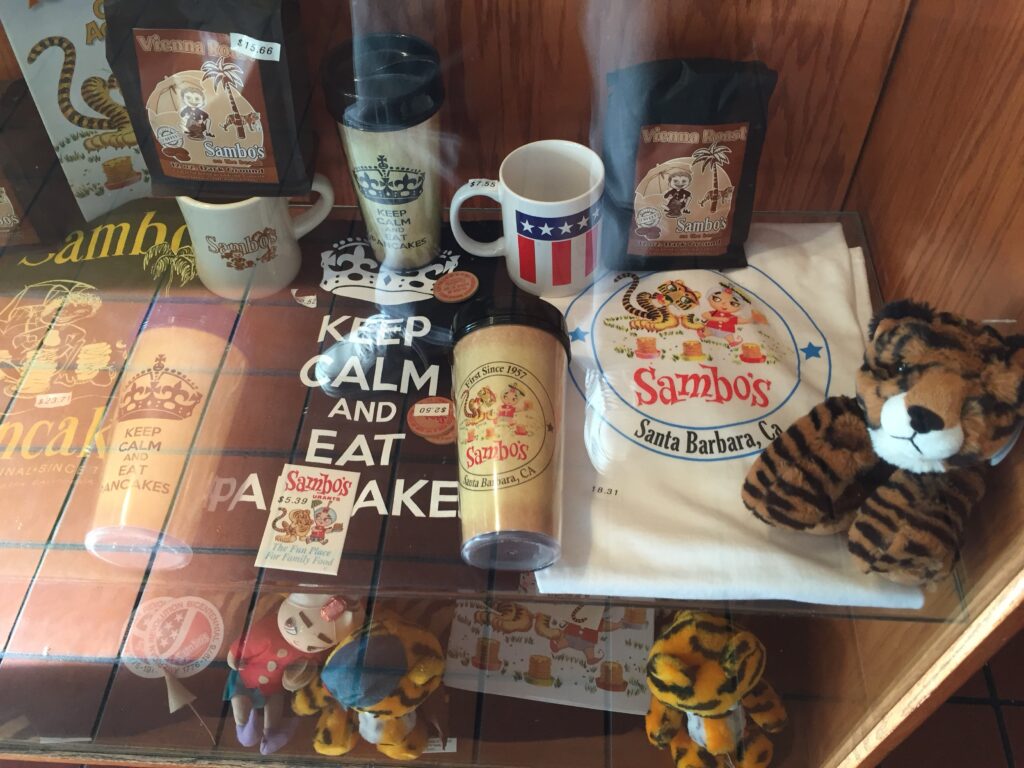
Sambo’s serves as a case study for entrepreneurs on the importance of cultural sensitivity and adaptability in business branding and operations.
For Artists
The Santa Barbara Museum of Art (SBMA) is a prominent cultural institution located in downtown Santa Barbara, California. Founded in 1941, it houses a vast collection of over 27,000 works of art spanning 5,000 years of human history, including Asian, American, and European art17.
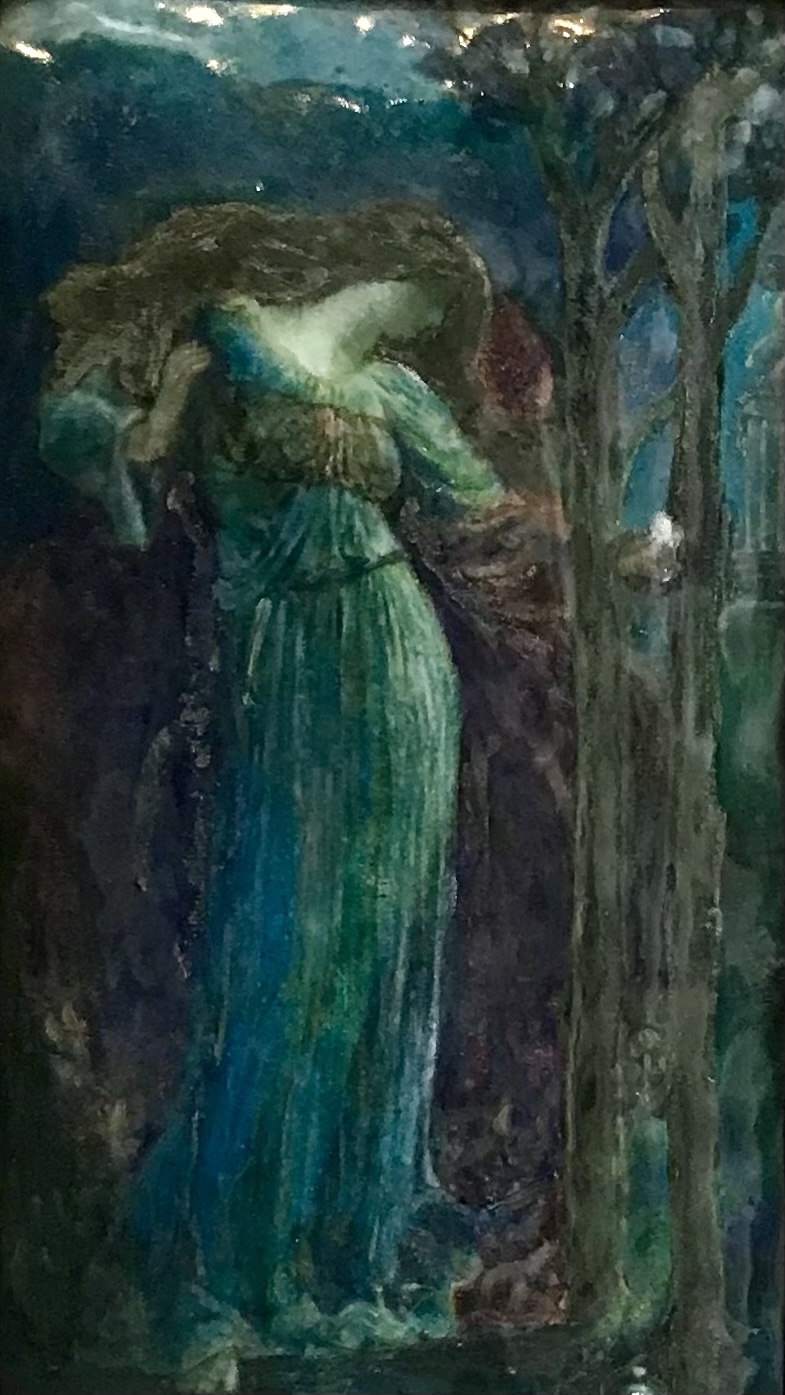
Permanent Exhibits
The permanent collection at SBMA includes:
- 19th-century French Art: Featuring works from the Barbizon School, Impressionism, and Post-Impressionism.
- American Art: Encompassing 19th and 20th-century paintings and works on paper.
- Contemporary Regional Art: Showcasing 20th and 21st-century California artists.
- Asian Art: Including Buddhist art from China, Japan, Tibet, and India.
- Photography: Featuring contemporary works from the Western Pacific Rim15.
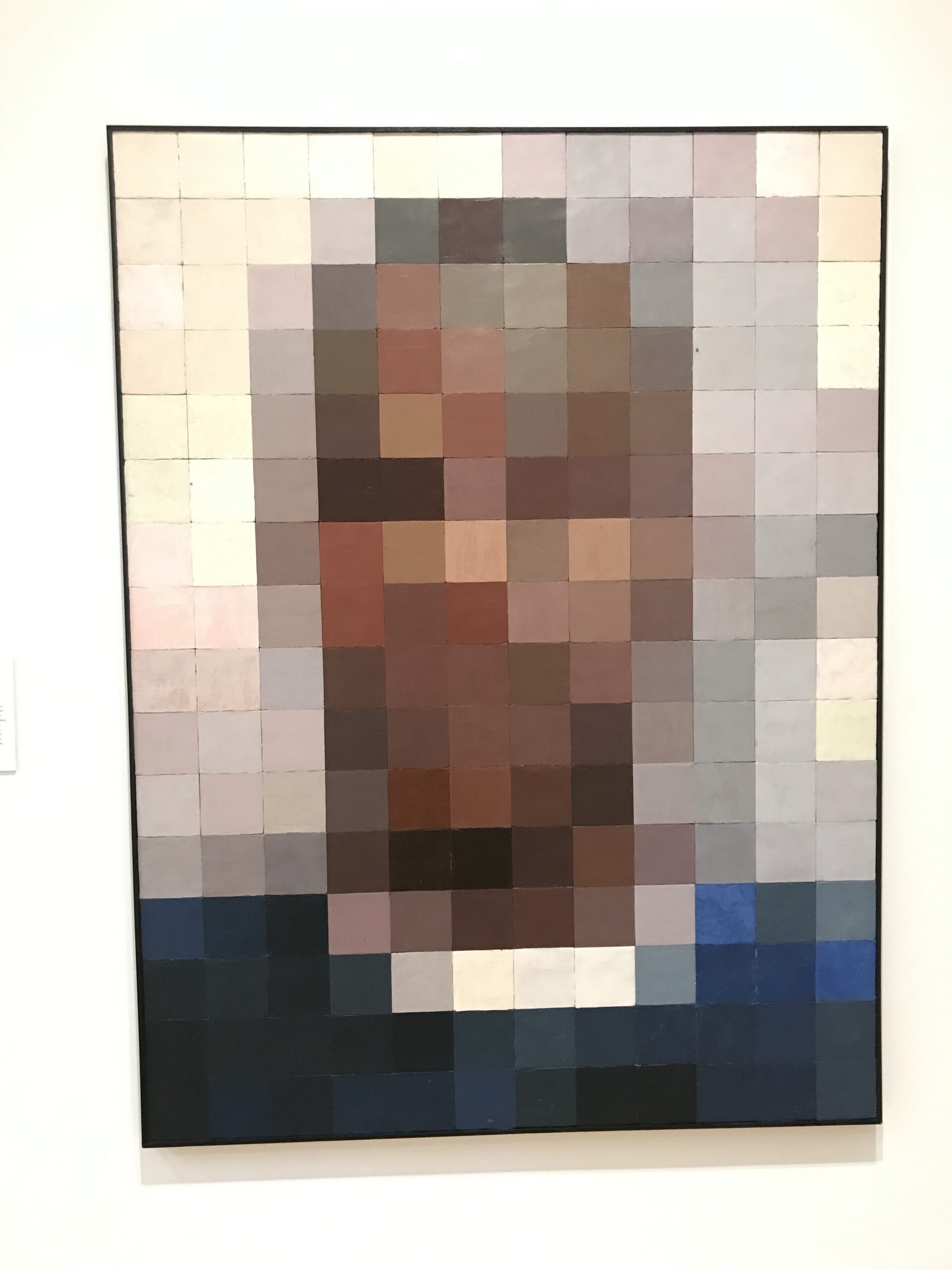
The Santa Barbara Museum of Art (SBMA) houses a diverse and impressive permanent collection. Some of the most famous pieces include:
- French Impressionism: SBMA boasts the largest collection of Monet paintings on the West Coast, highlighting its strength in 19th-century European art13.
- Classical Antiquities: The museum’s collection of ancient Greek and Roman sculptures is rivaled in the West only by the J. Paul Getty Museum1.
- Modern Art: Works by renowned artists such as Picasso, Degas, Matisse, and Rodin are part of the collection, showcasing the transition from representational art to modernism4.
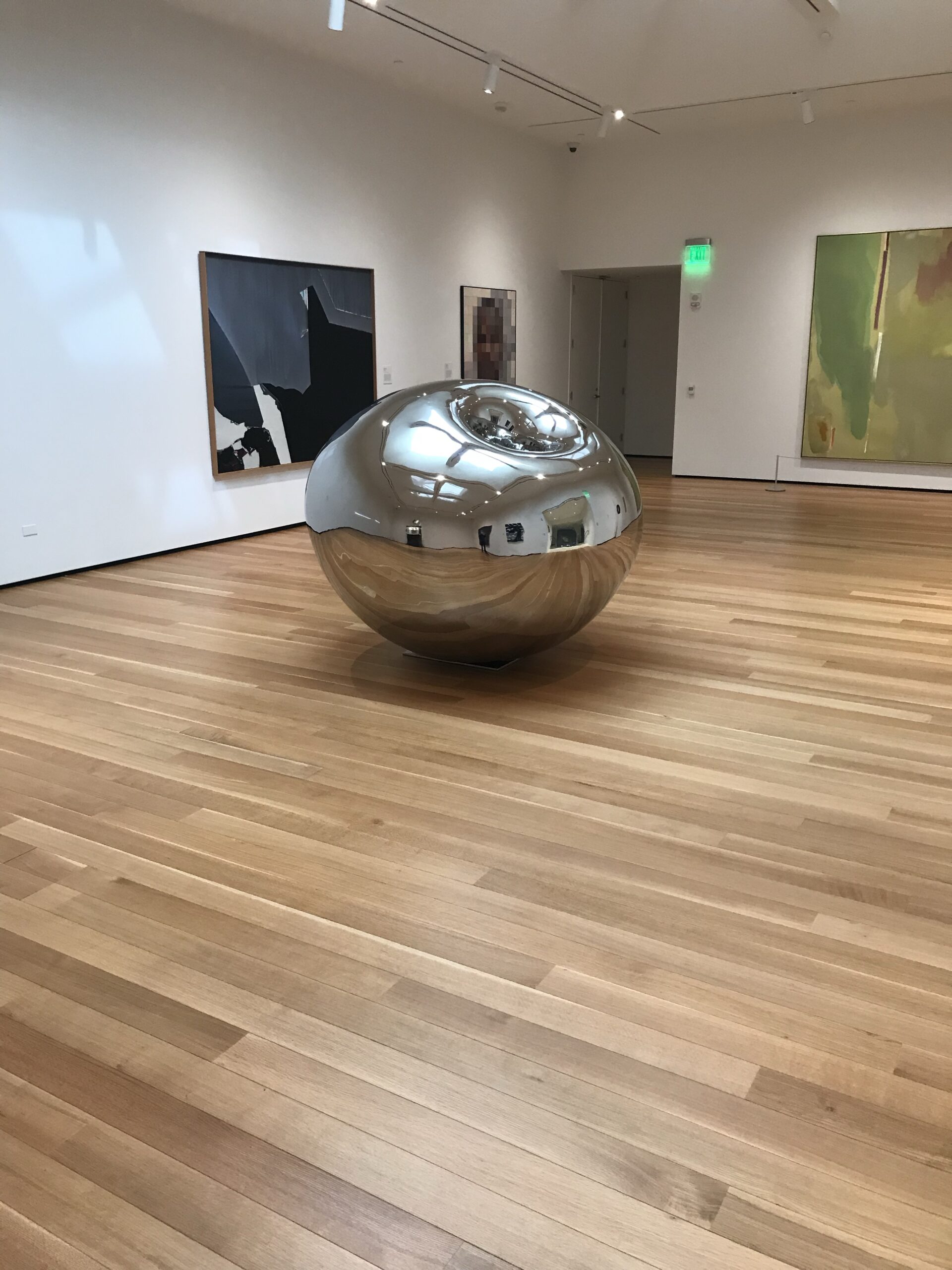
These pieces exemplify SBMA’s commitment to showcasing significant art across various cultures and time periods.
Temporary Exhibits
Recent temporary exhibitions include:
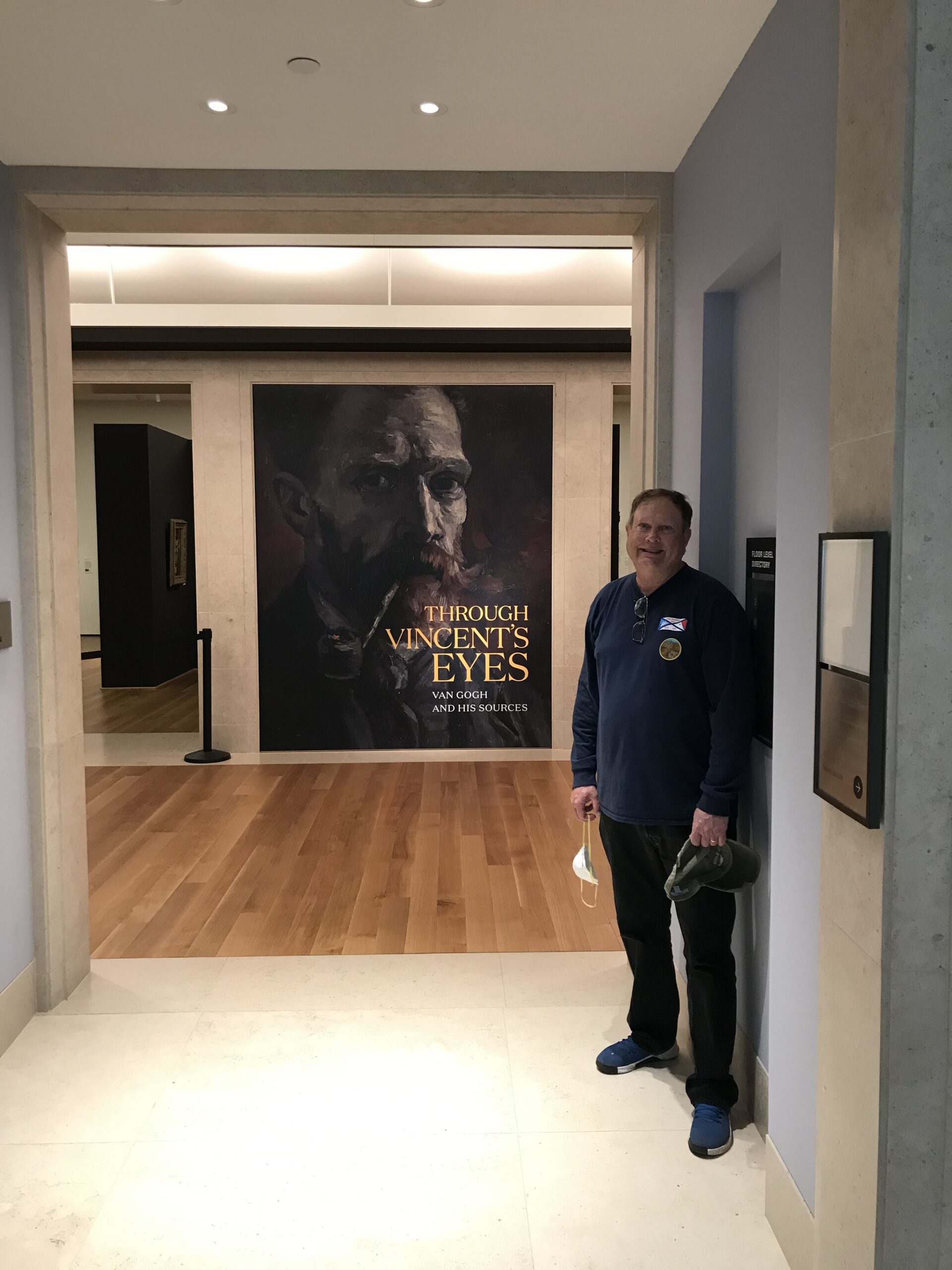
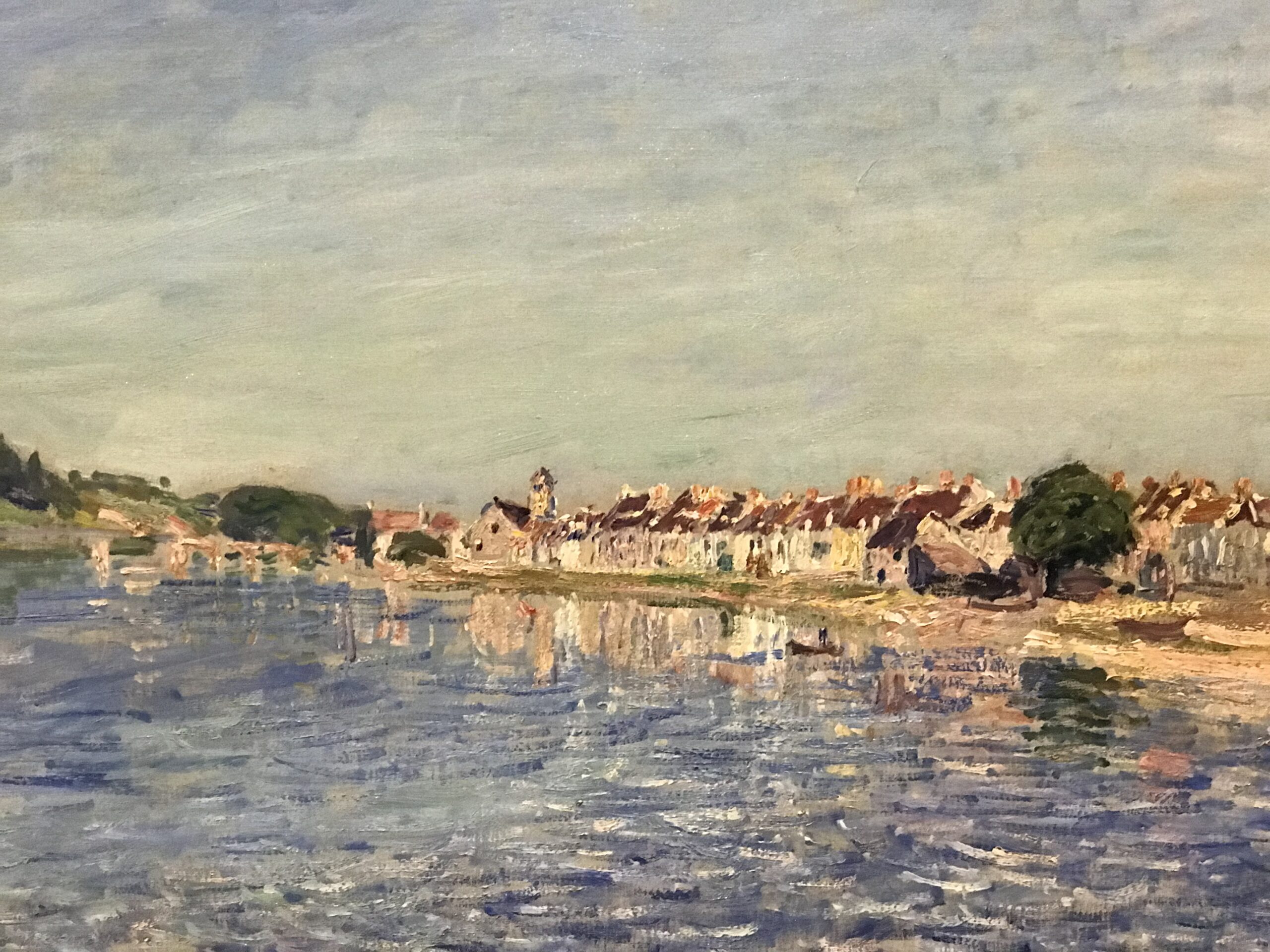
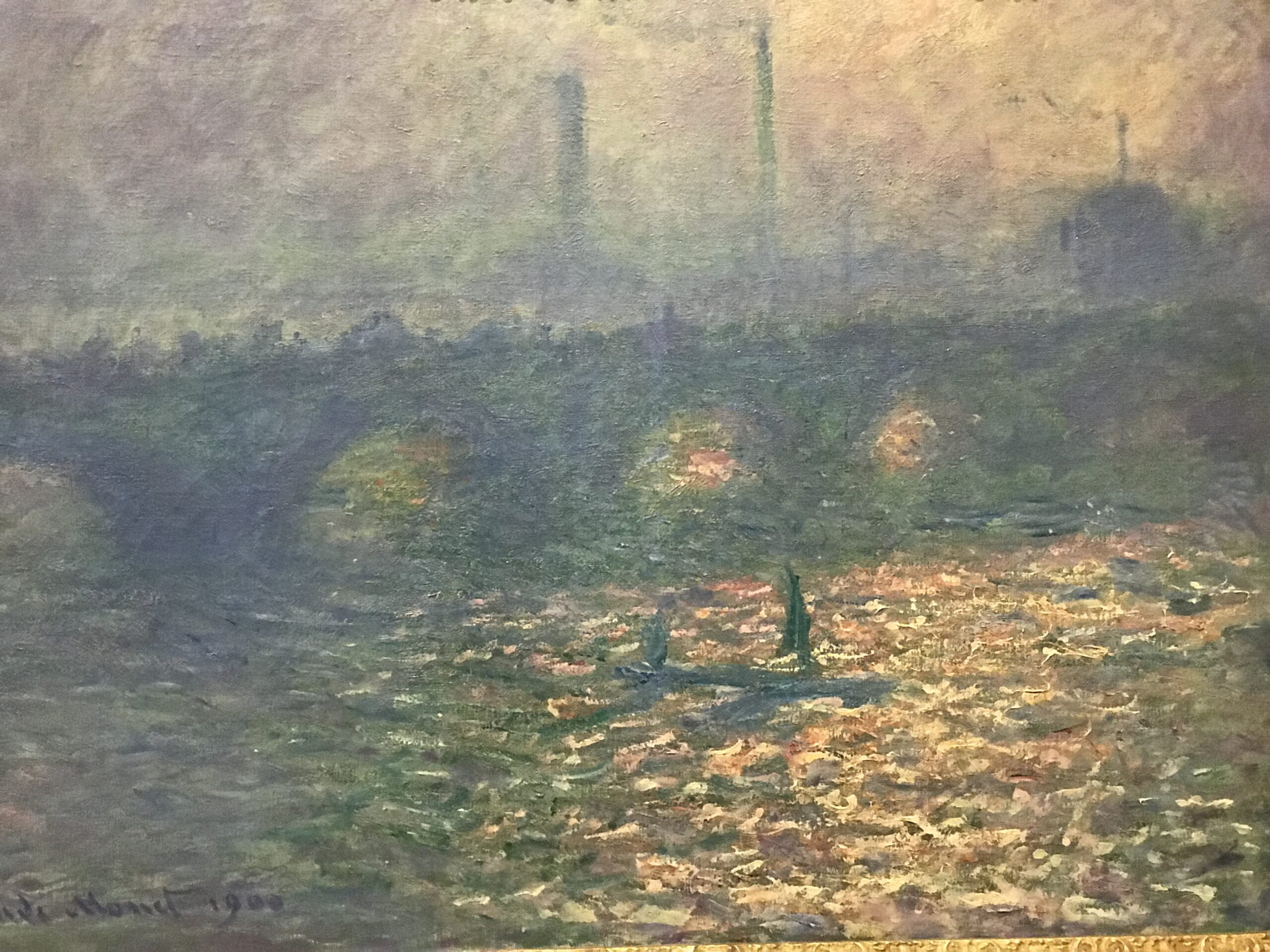
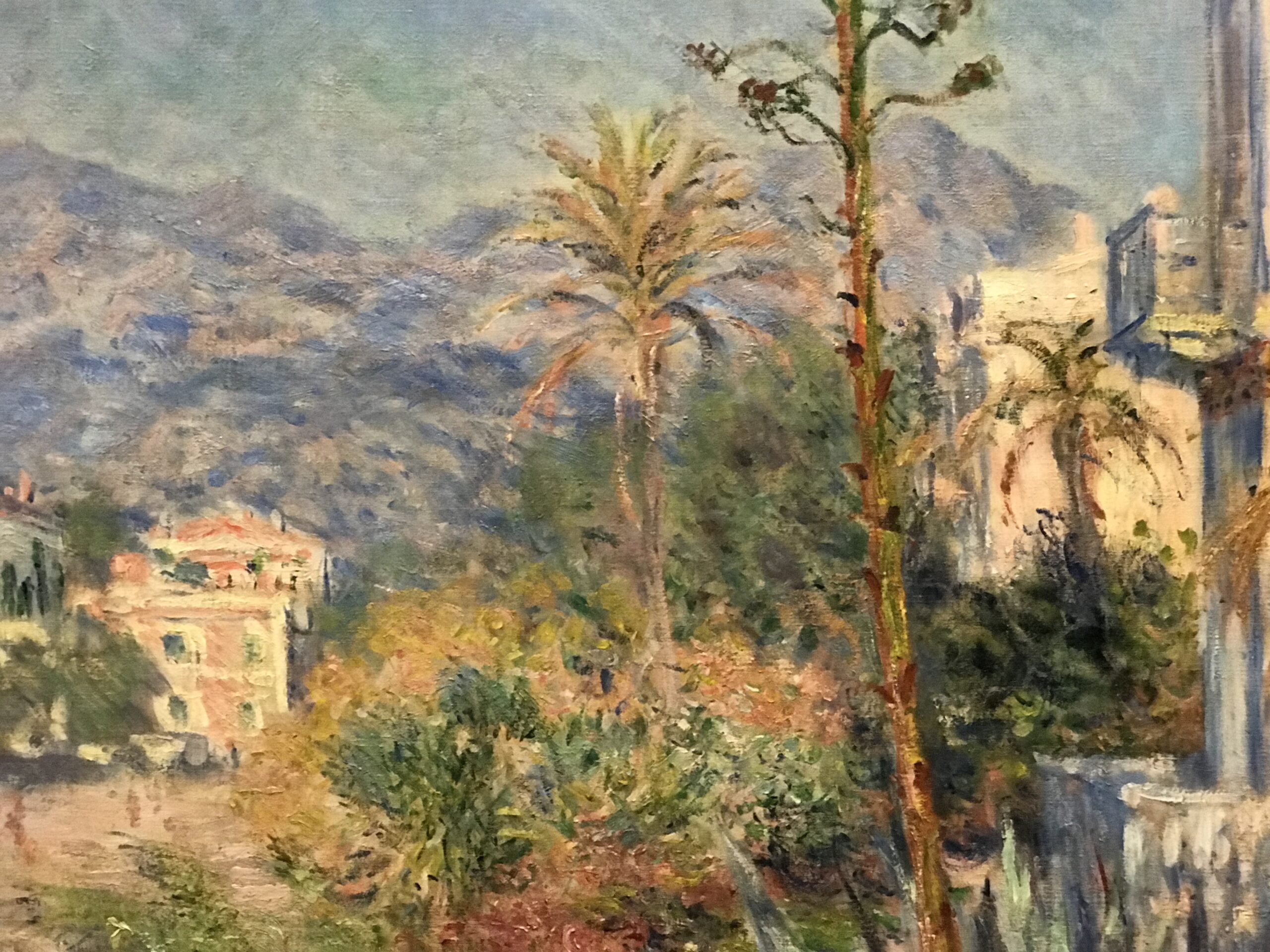
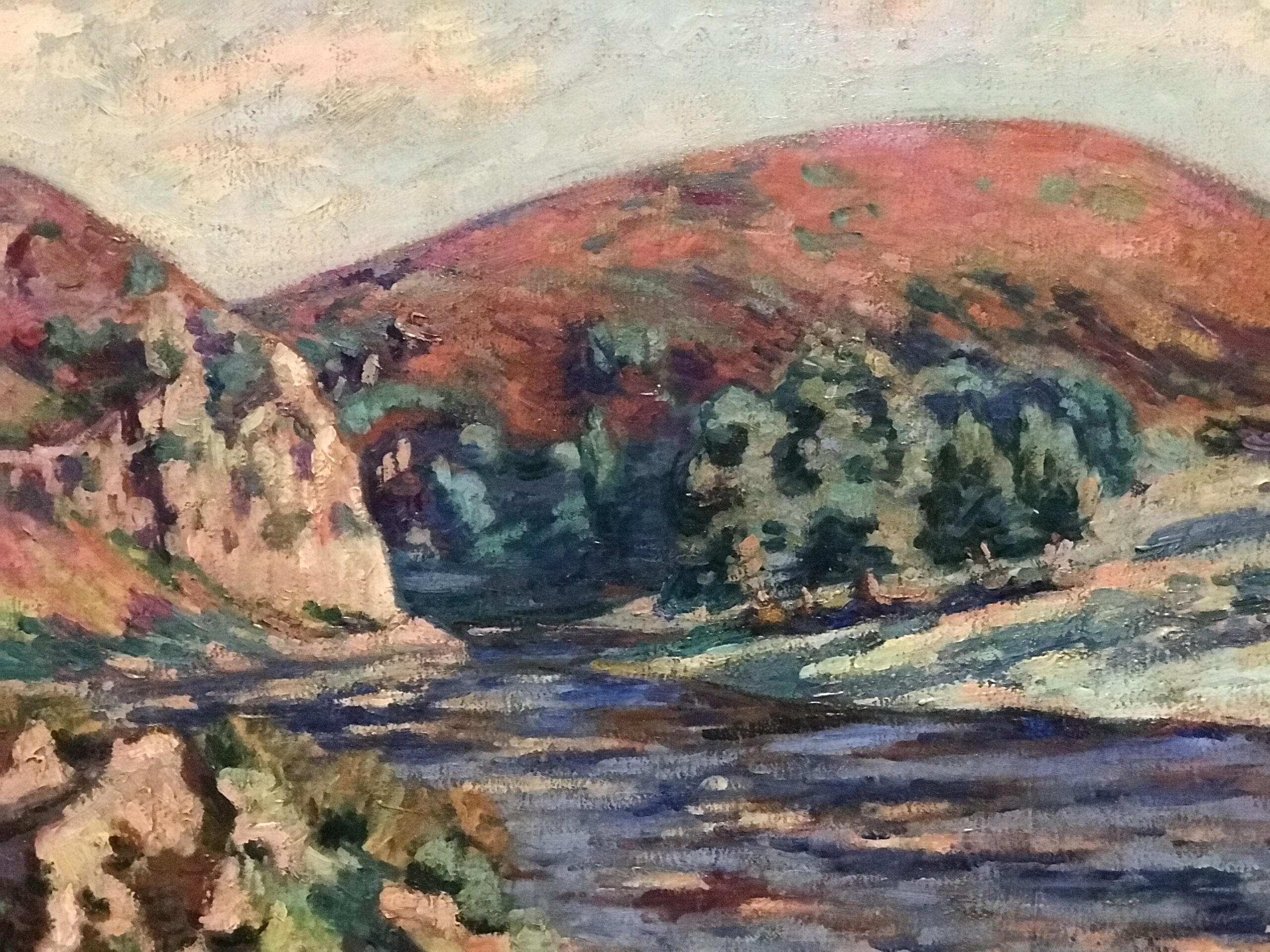
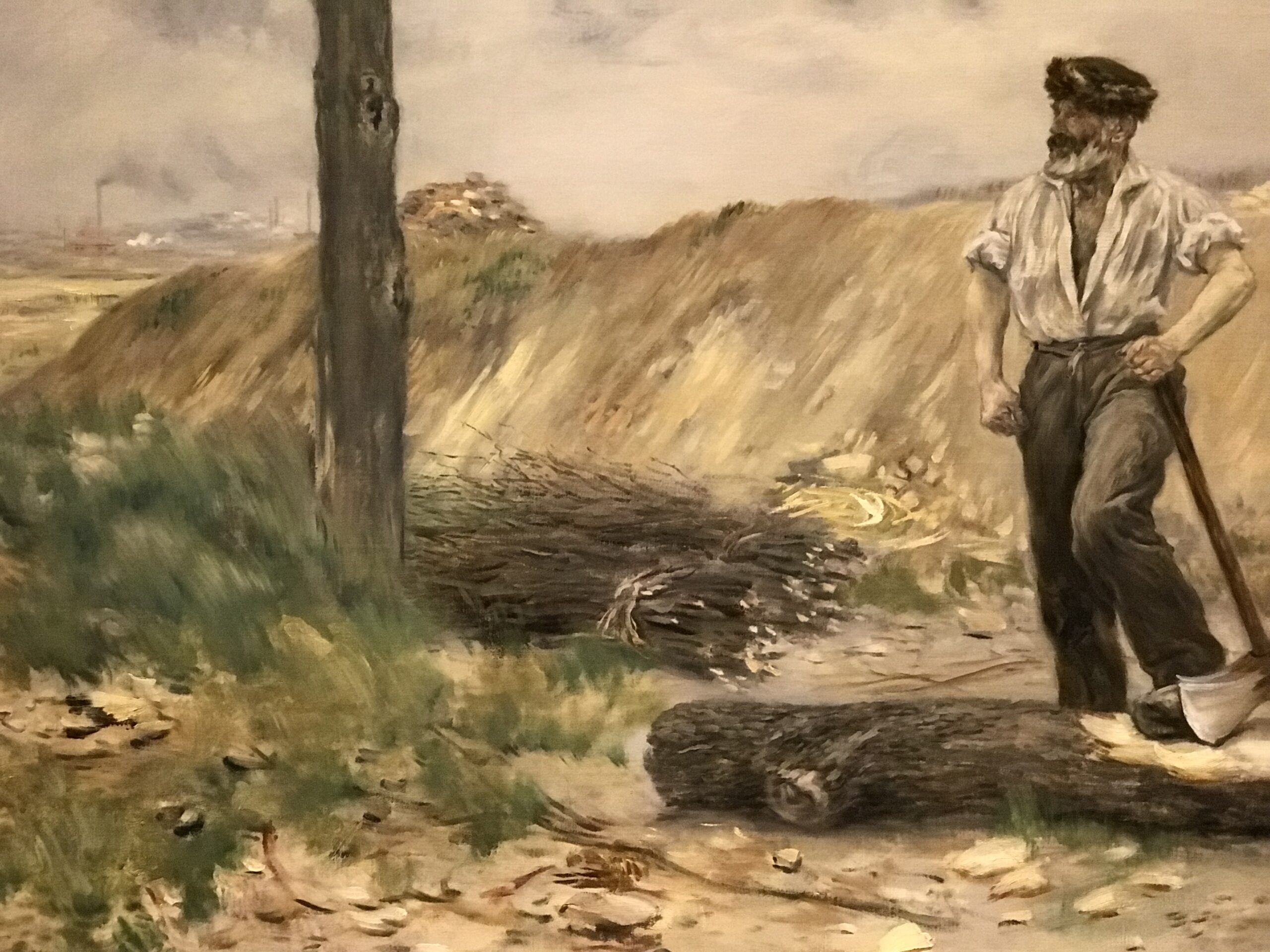
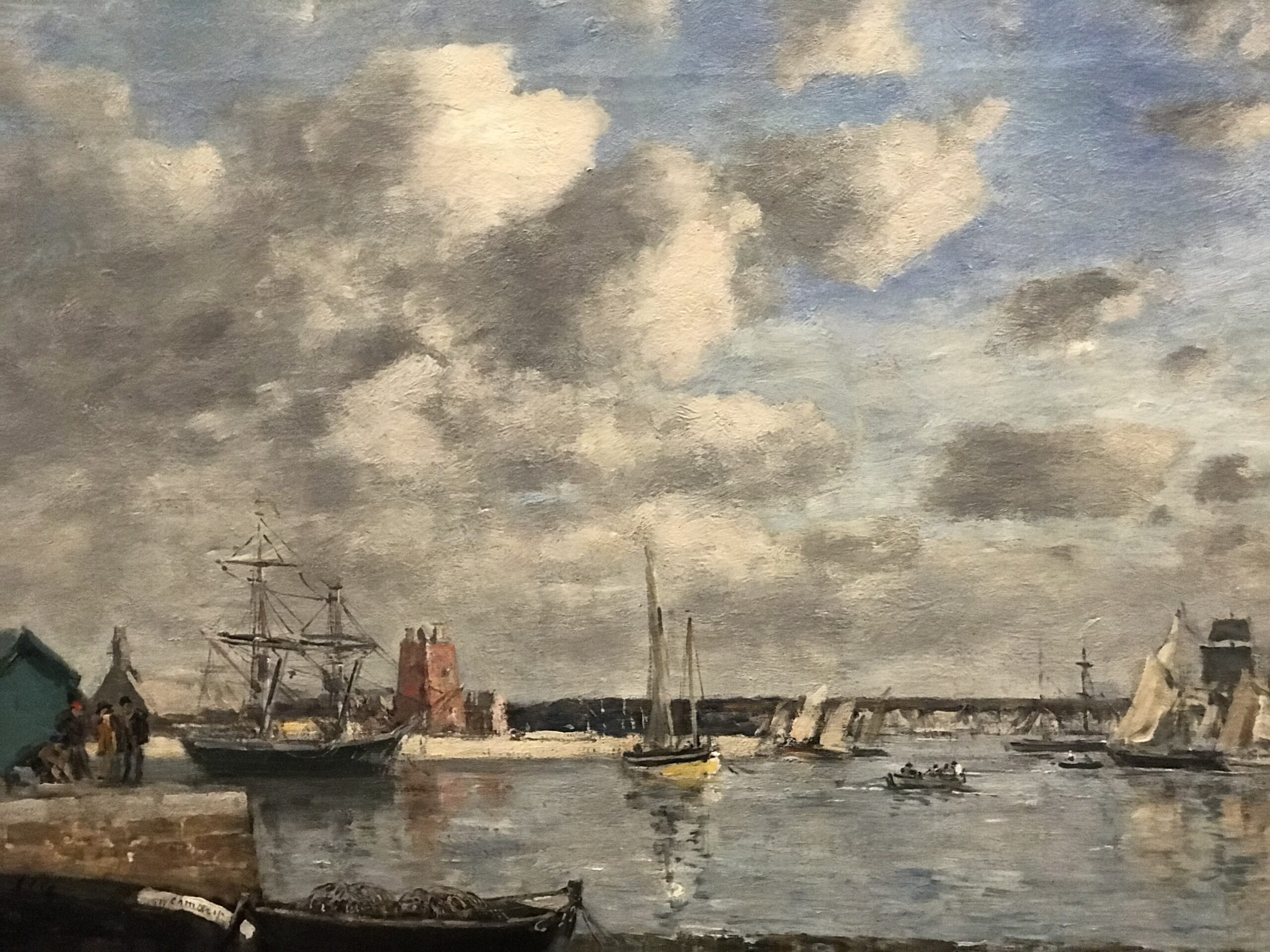
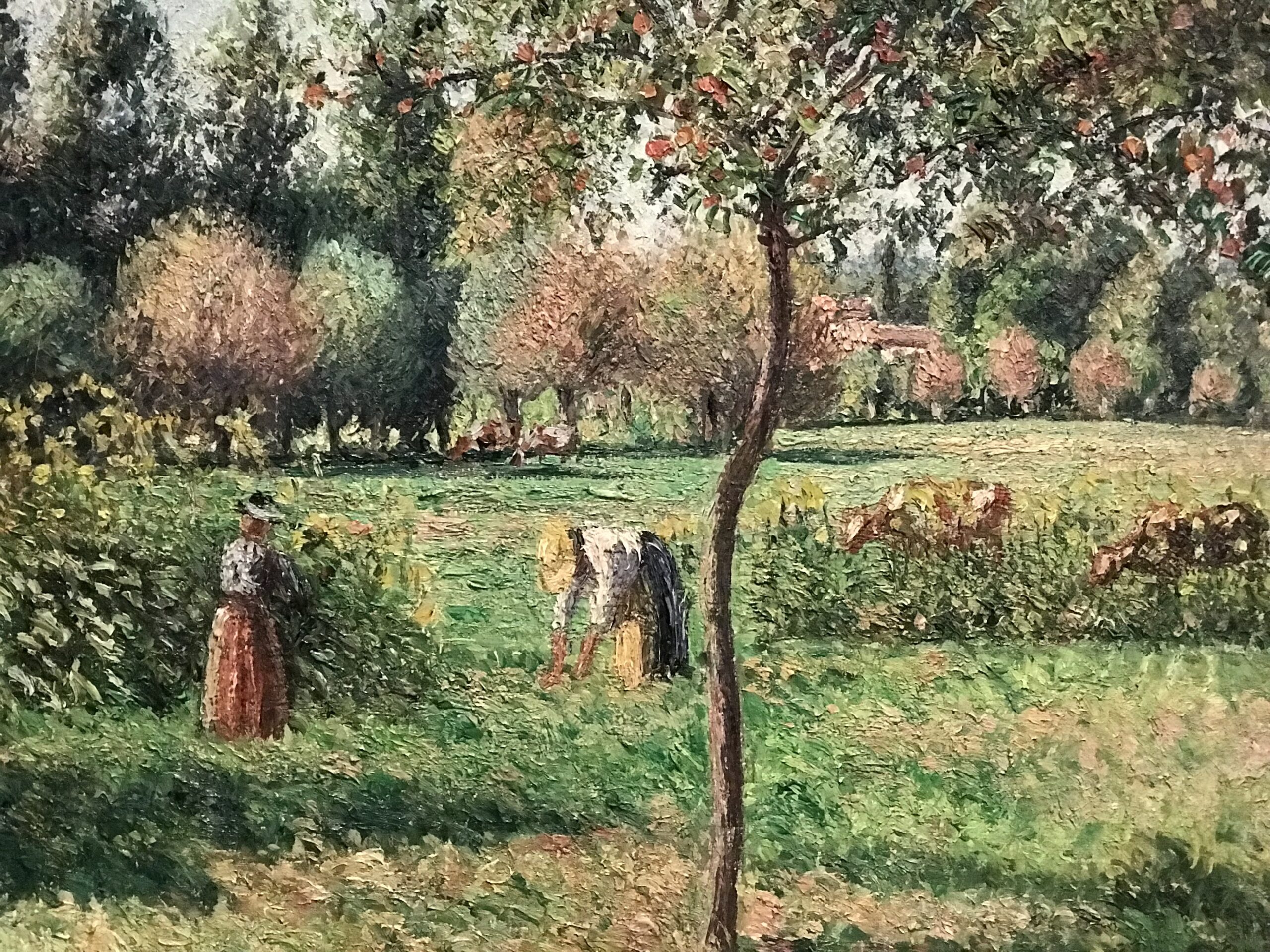
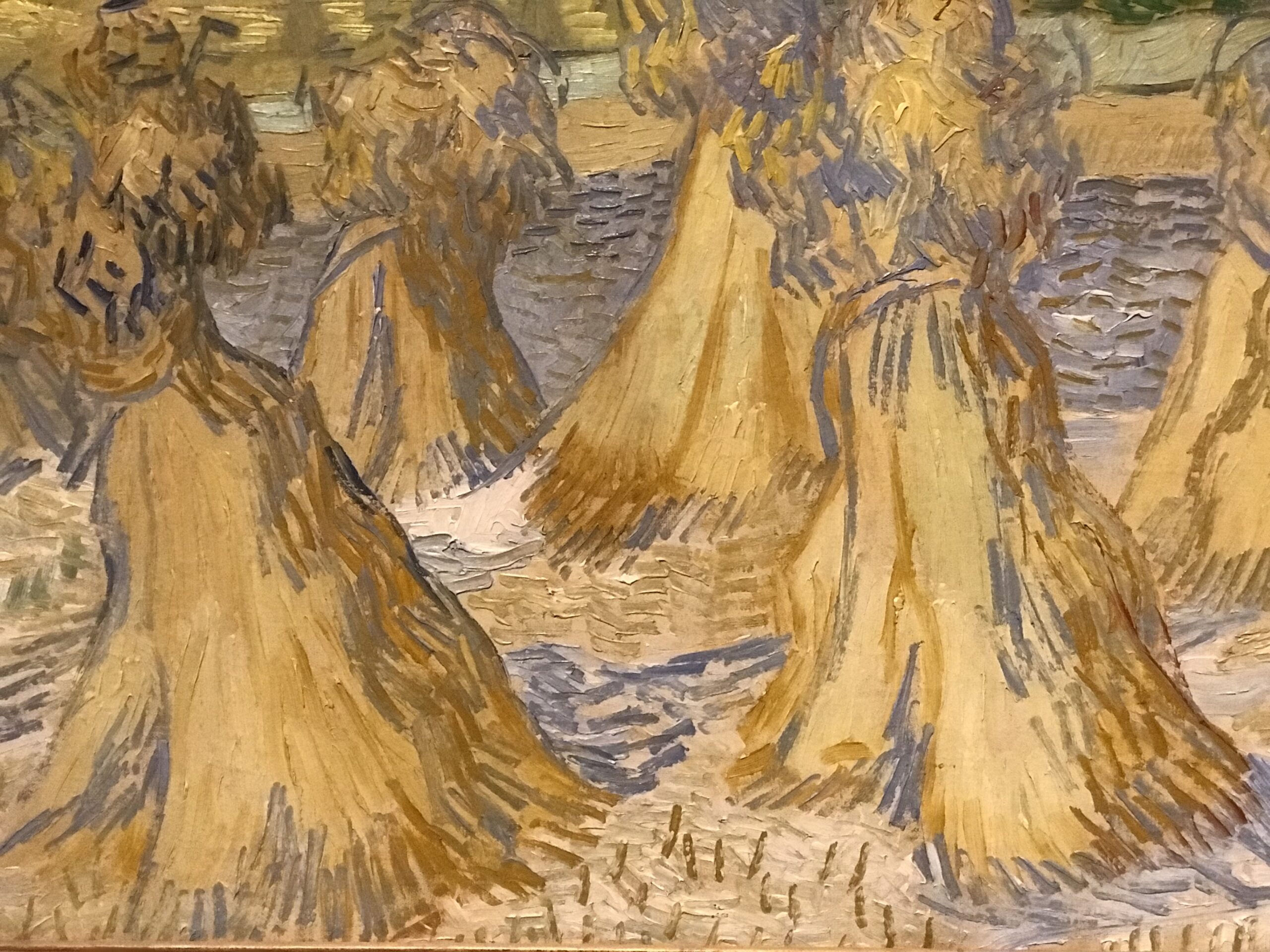
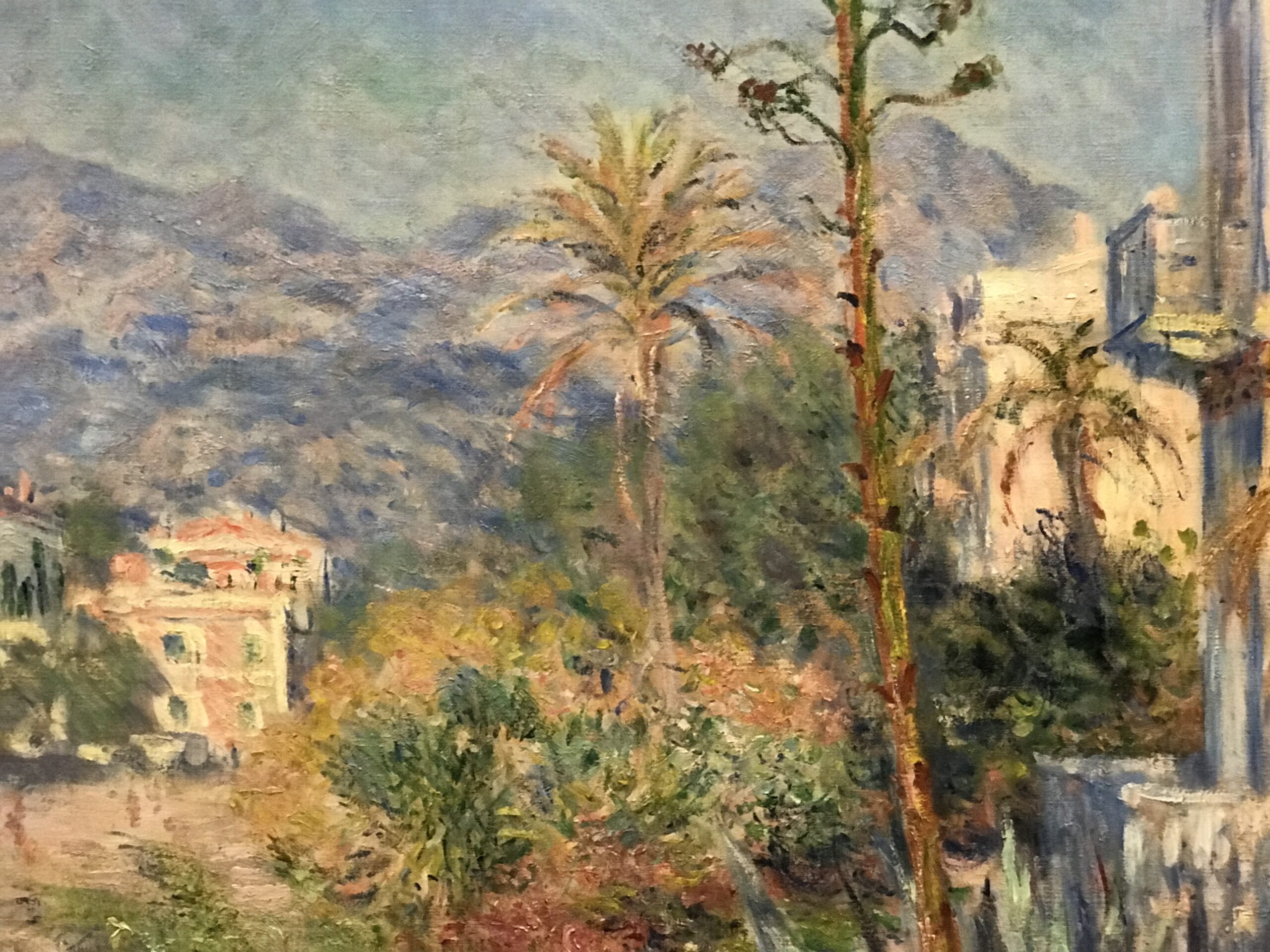
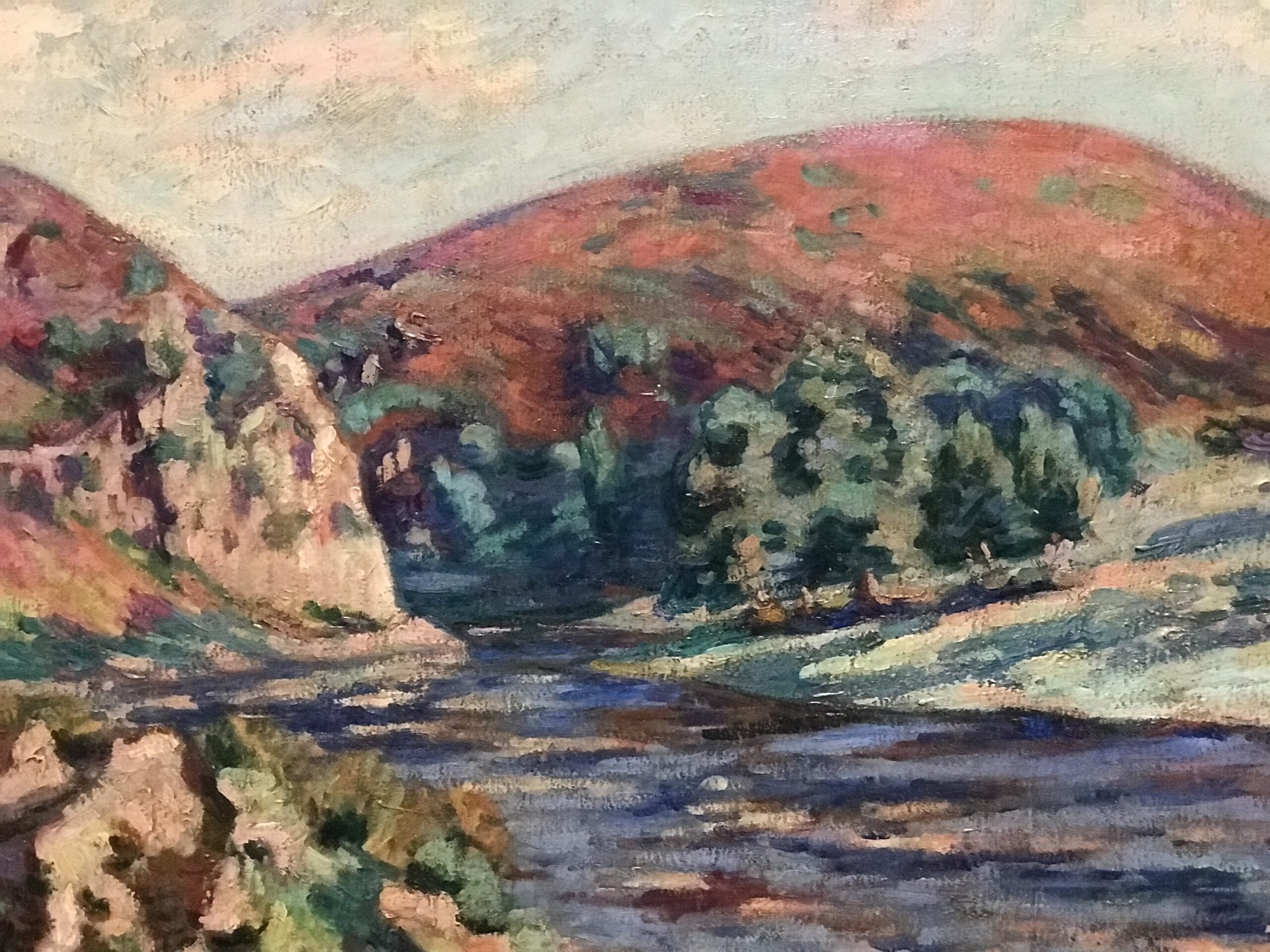
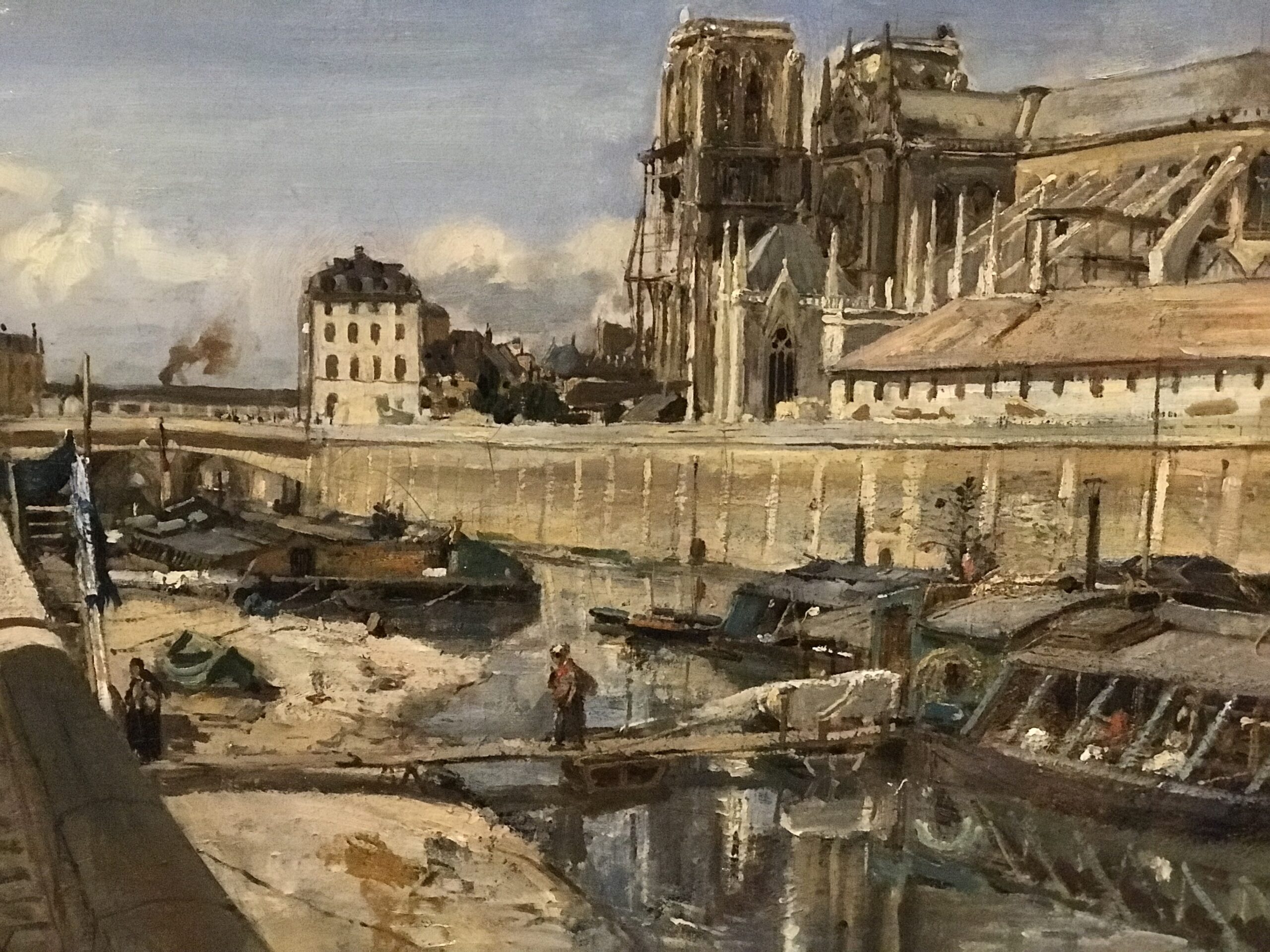
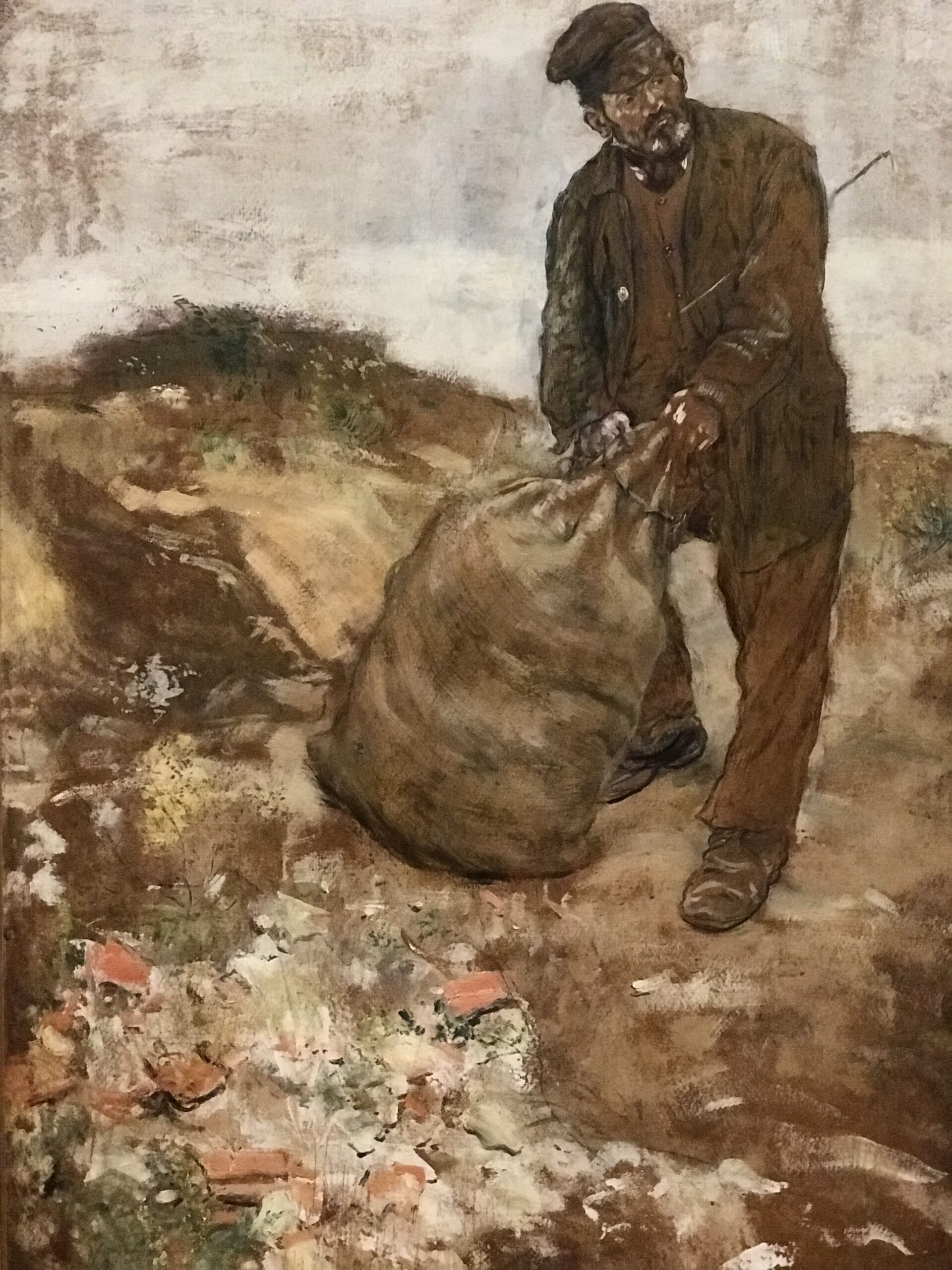

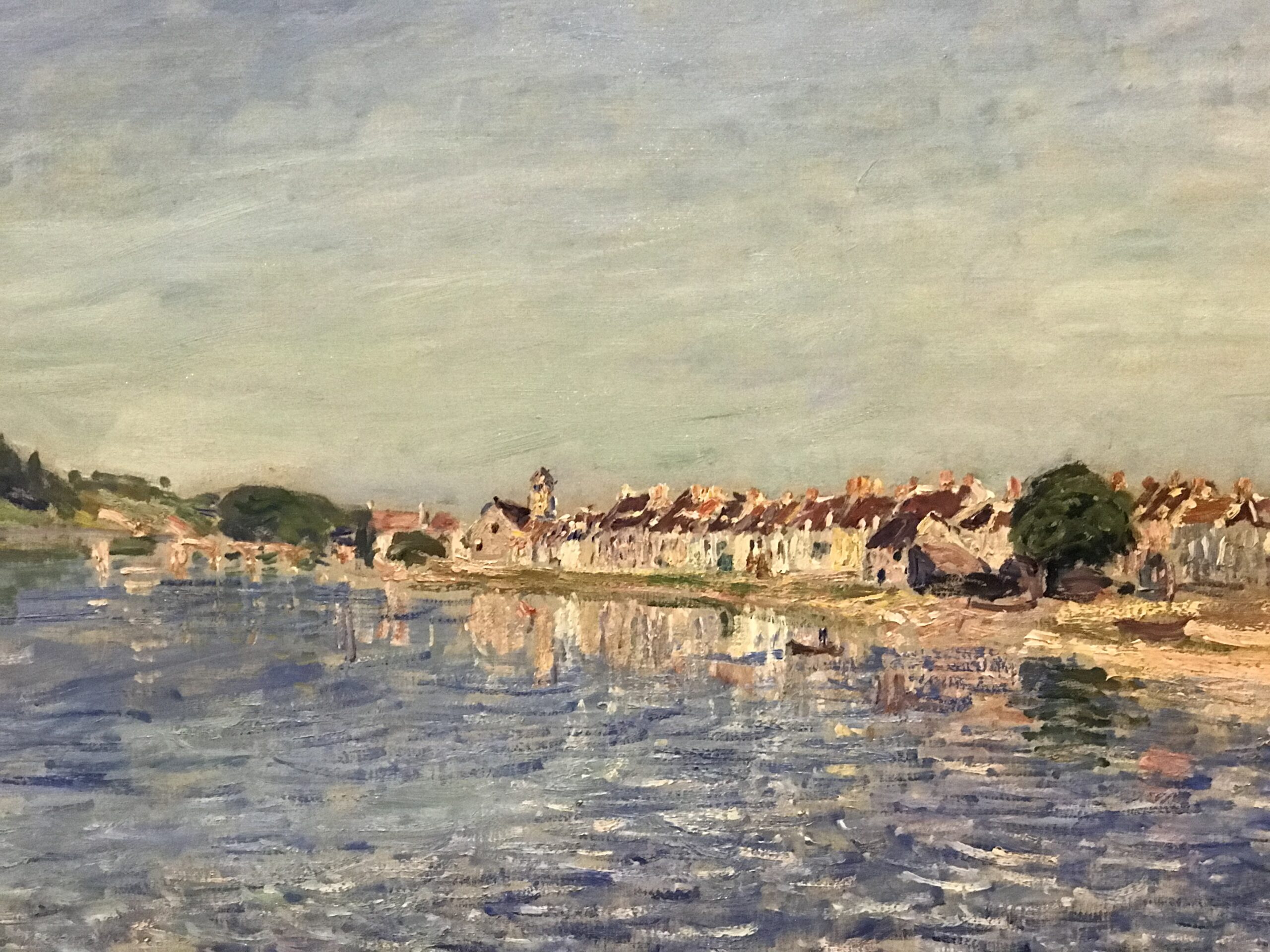
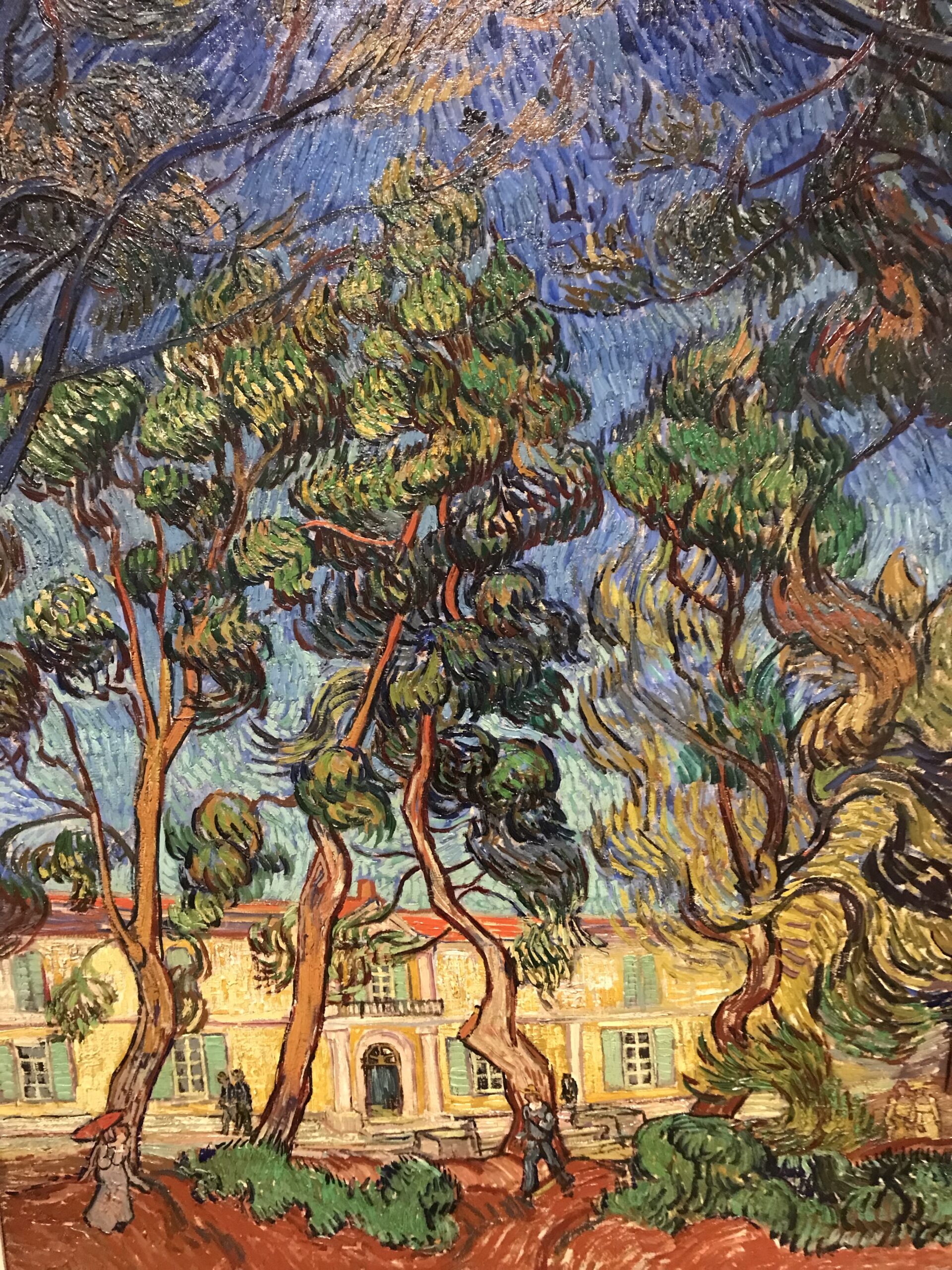
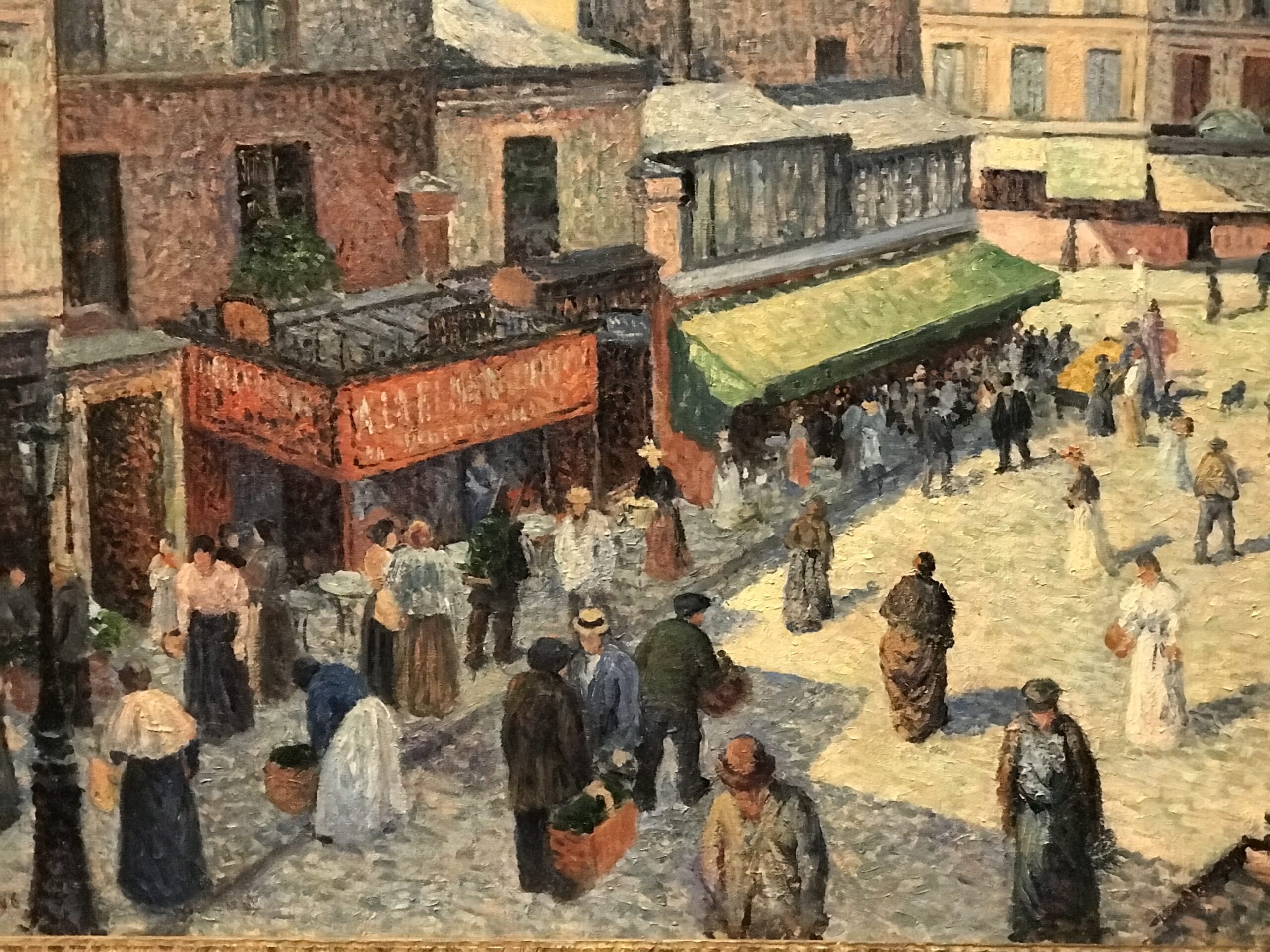
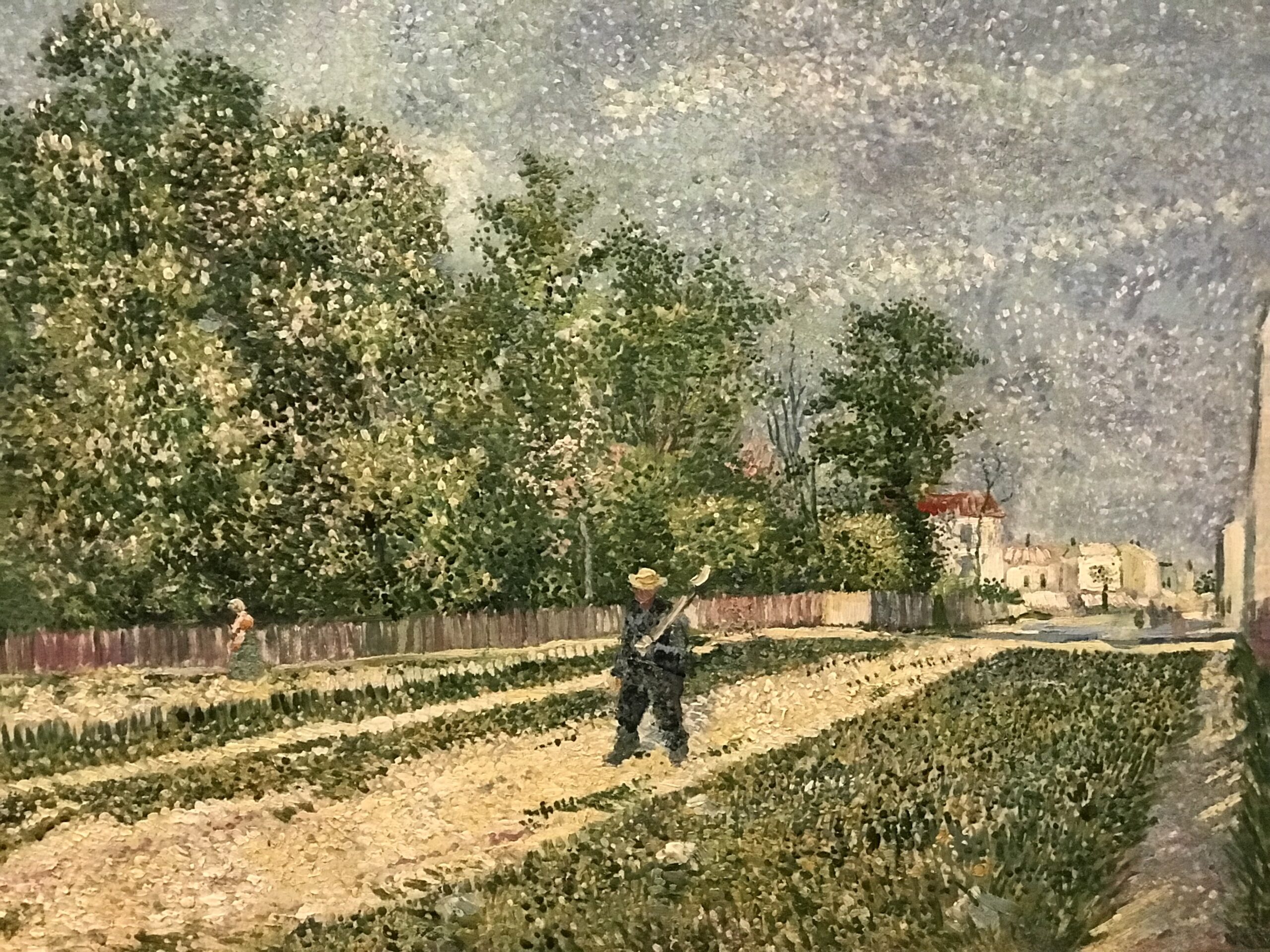
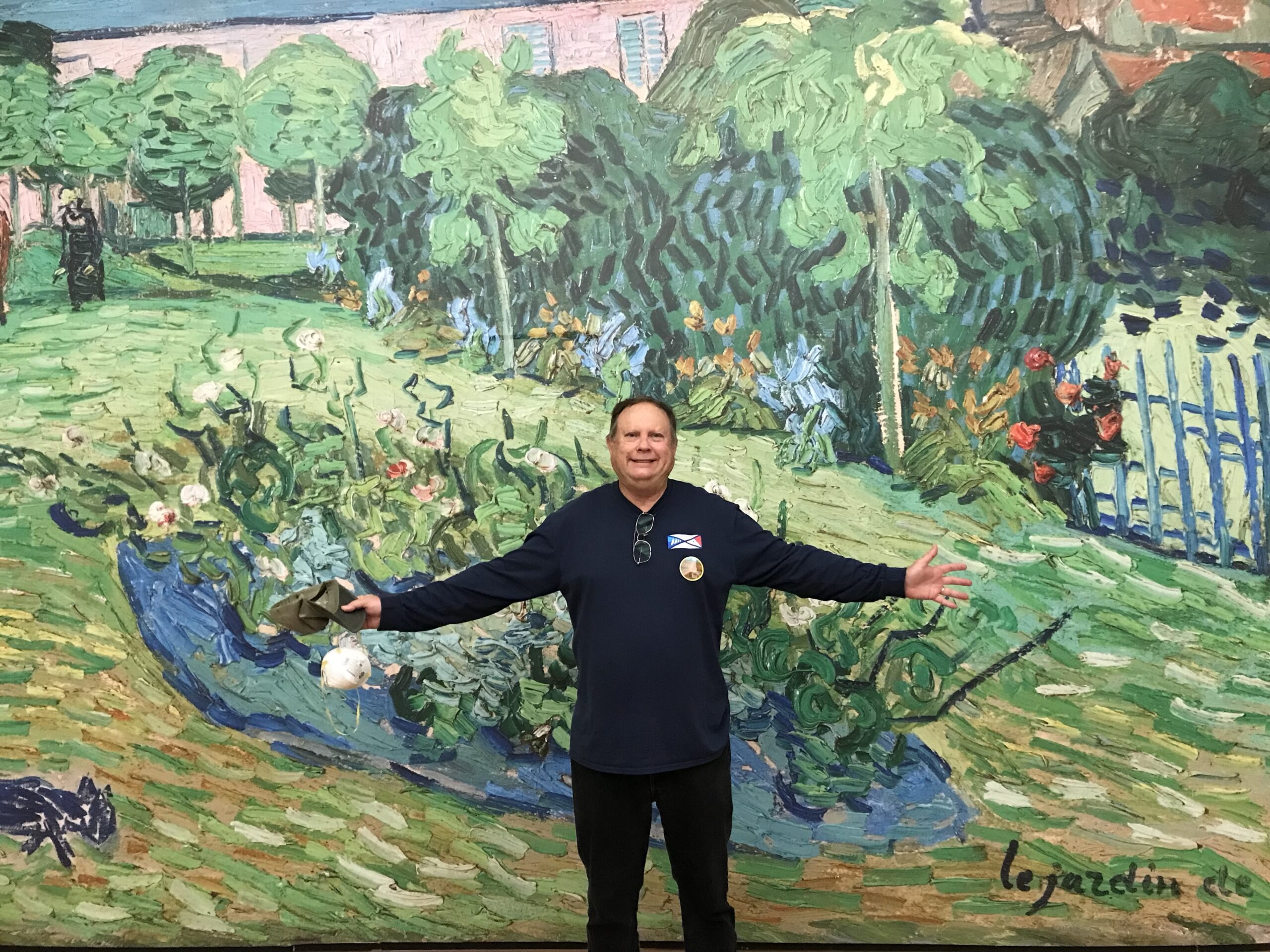
The Santa Barbara Visual Artists (SBVA) is a non-profit organization for local artists who meet to produce and celebrate art6.
For Environmentalists
Santa Barbara’s location between the mountains and the sea, along with its mild climate, makes it an ideal spot for nature enthusiasts and environmentalists to study and appreciate the local ecosystem1.
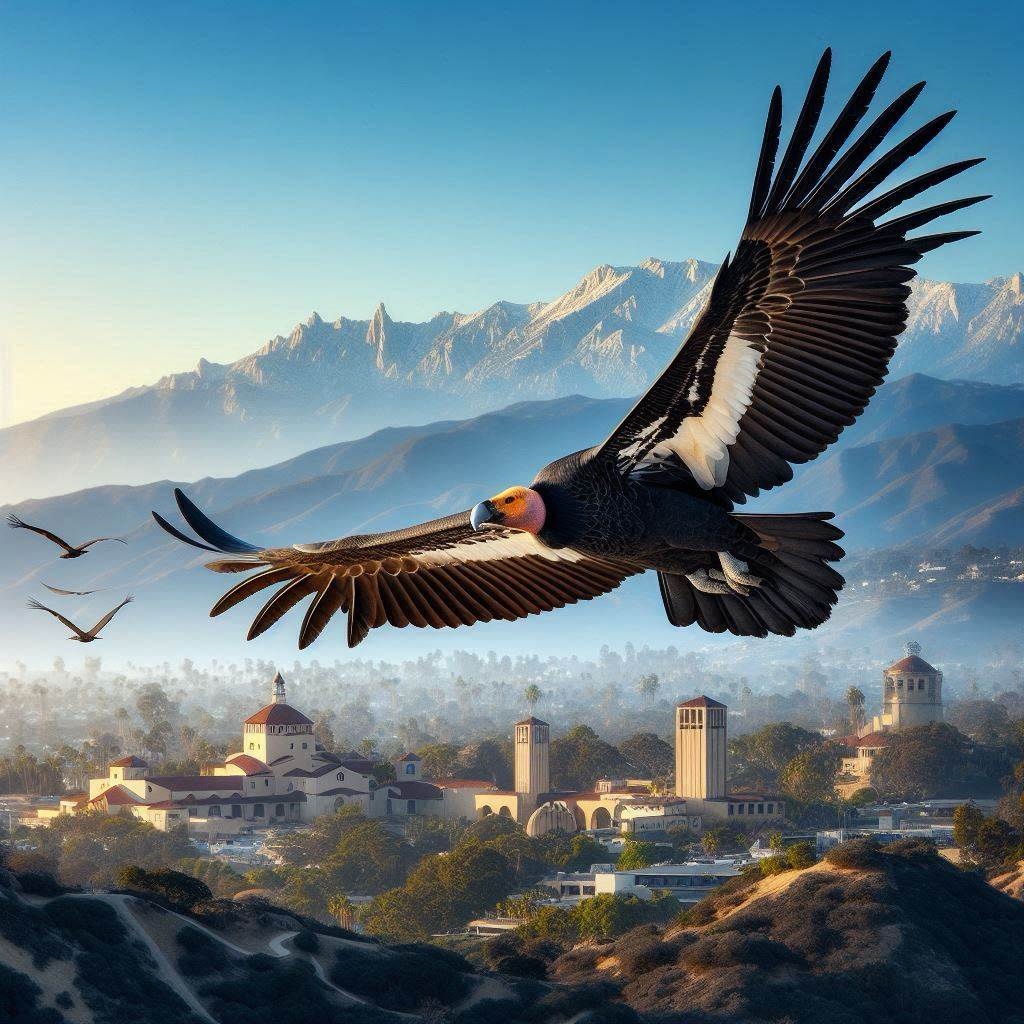
California Condors were reintroduced to the wild in Santa Barbara County. Releases began in late 1993 as part of the California Condor Recovery Program4. The Santa Barbara Zoo plays a crucial role in the conservation efforts, with Dr. Estelle Sandhaus, director of conservation and research, helping develop nest-watching protocols3.The reintroduction process was challenging. In the first five years, only two chicks successfully fledged in Southern California. Biologists had to manage significant obstacles, including:
- Parents feeding trash to chicks
- Low nest success rates
- Slow population growth
By December 2022, the total world population of condors had reached 561, with 347 flying free3. The Santa Barbara region remains a key site for condor conservation, with ongoing monitoring and protection efforts by local institutions and wildlife experts.
Why Santa Barbara is Considered the USA Riviera
Santa Barbara is often called the “American Riviera” due to its:
- Spectacular setting between mountains and sea
- Unique Spanish Colonial Revival and Mediterranean Revival architecture
- World-class tourist destination status
- Beautiful beaches and coastal areas1
- Mild Mediterranean climate
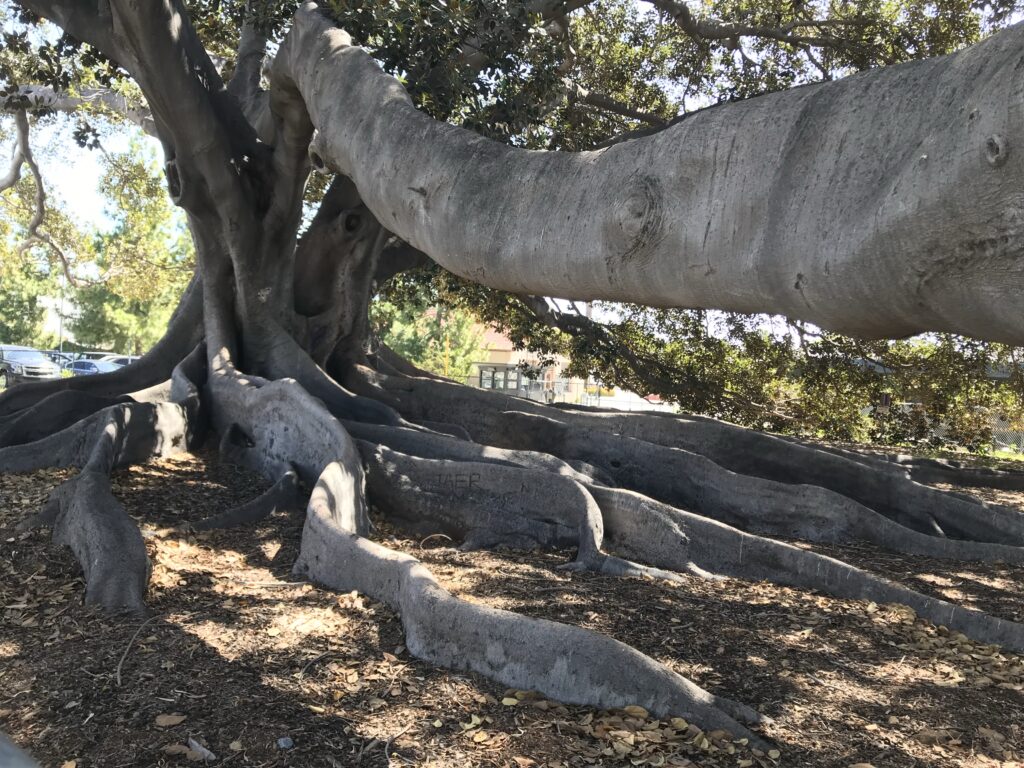
The Moreton Bay Fig Tree in Santa Barbara was designated a State Historic Landmark due to its historical and botanical significance. Planted in 1876, it is one of the oldest and largest Ficus macrophyllatrees in Southern California, thriving in the region’s Mediterranean-like climate14. Its designation as a historic landmark in 1970 helps ensure its preservation and protection under law, recognizing its role as a living testament to the area’s natural history and cultural heritage14. The tree’s impressive size and age make it an iconic natural landmark in Santa Barbara.
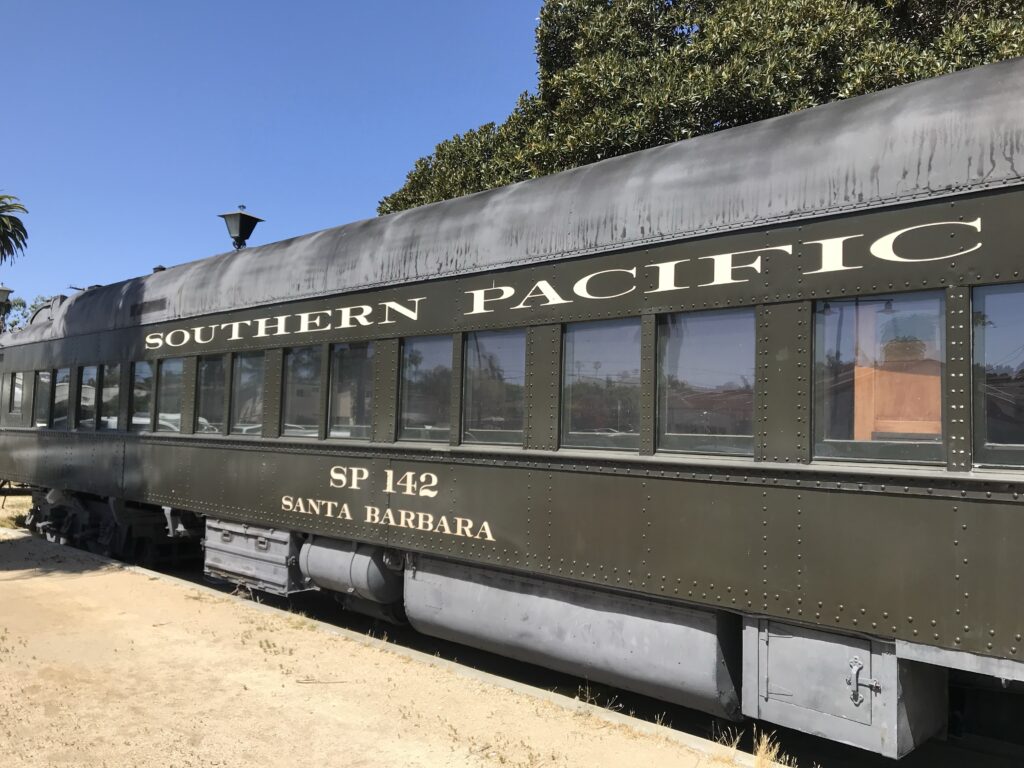
The Moreton Bay Fig Tree is located at the corner of Montecito and Chapala Streets, near the Amtrak Train Station in Santa Barbara. This remarkable tree is fascinating for several reasons:
Key Features
- Size: Spans over 170 feet with 21,000 square feet of shade
- Age: Over 140 years old
- Landmark Status: Designated as a State Historic Landmark in 1970
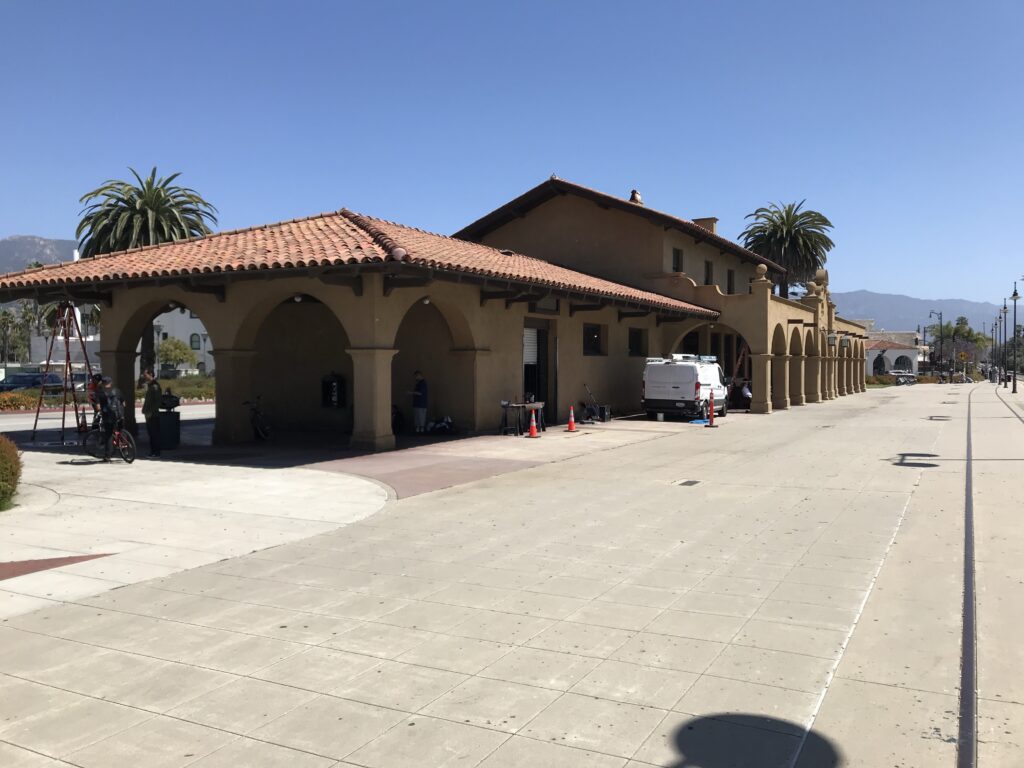
Unique History
The tree was originally a seedling gifted by an Australian sailor to a young girl in 1876. It was planted at 201 State Street and then transplanted to its current location in 1877 by Adeline Crabb. The tree is believed to be the largest Ficus macrophylla in the United States.
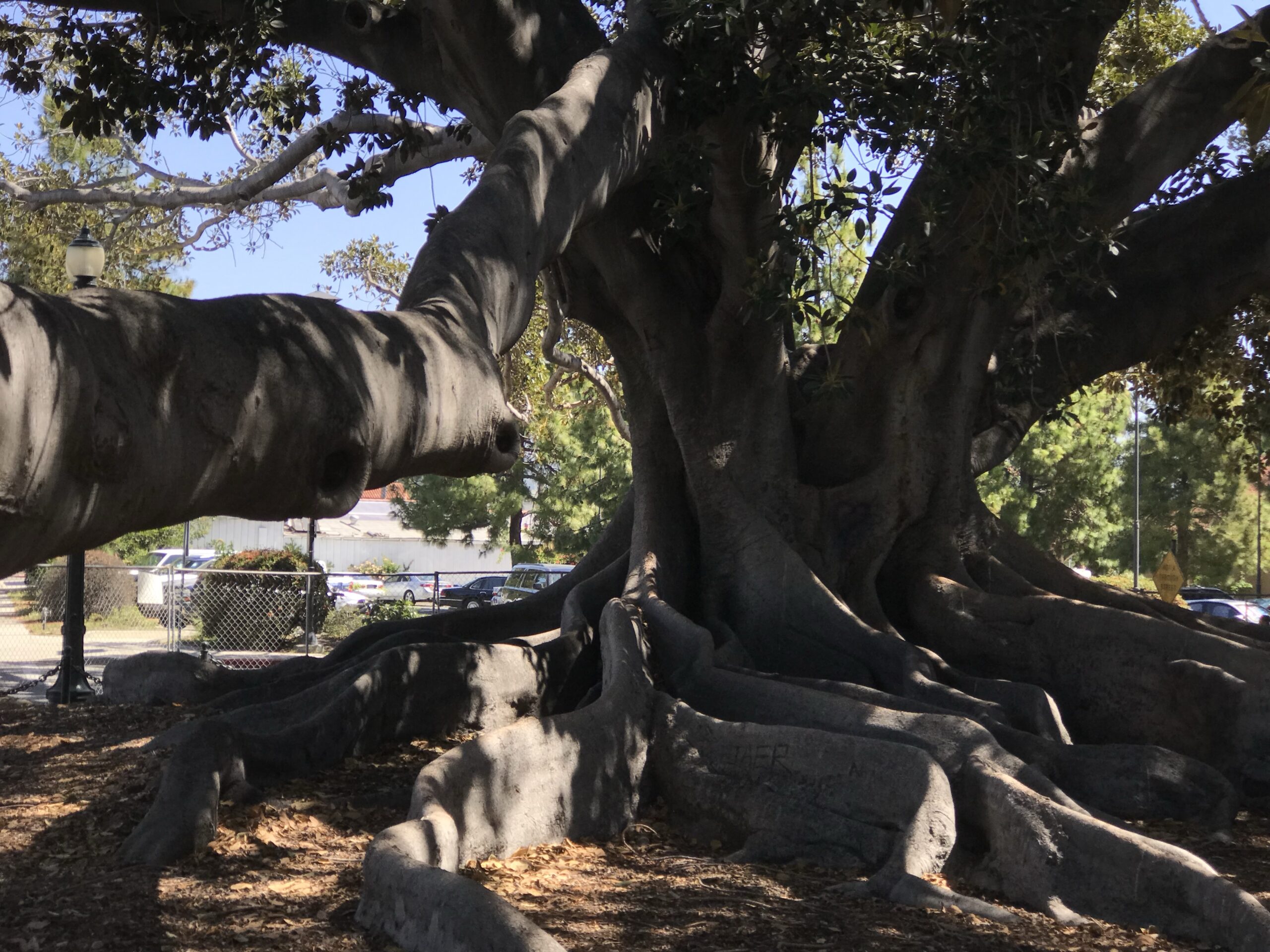
Distinctive Characteristics
- Massive buttress roots resembling “octopus tentacles”
- Thick, shiny green leaves
- Ability to provide shade for approximately 16,000 people
- Protected by a chain barrier the size of its canopy
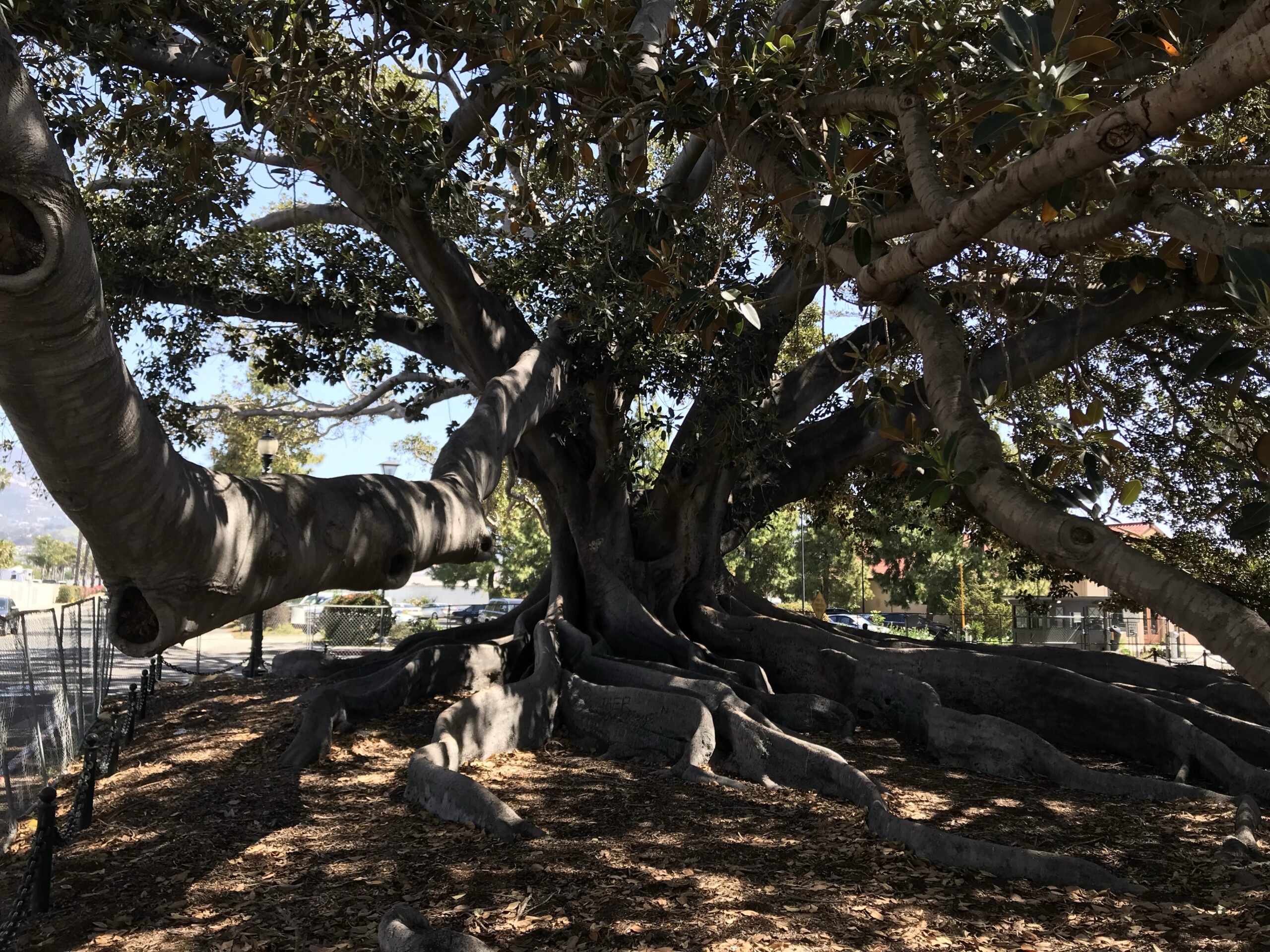
The Moreton Bay Fig Tree has become an iconic landmark in Santa Barbara, symbolizing the city’s rich botanical heritage and unique natural beauty.
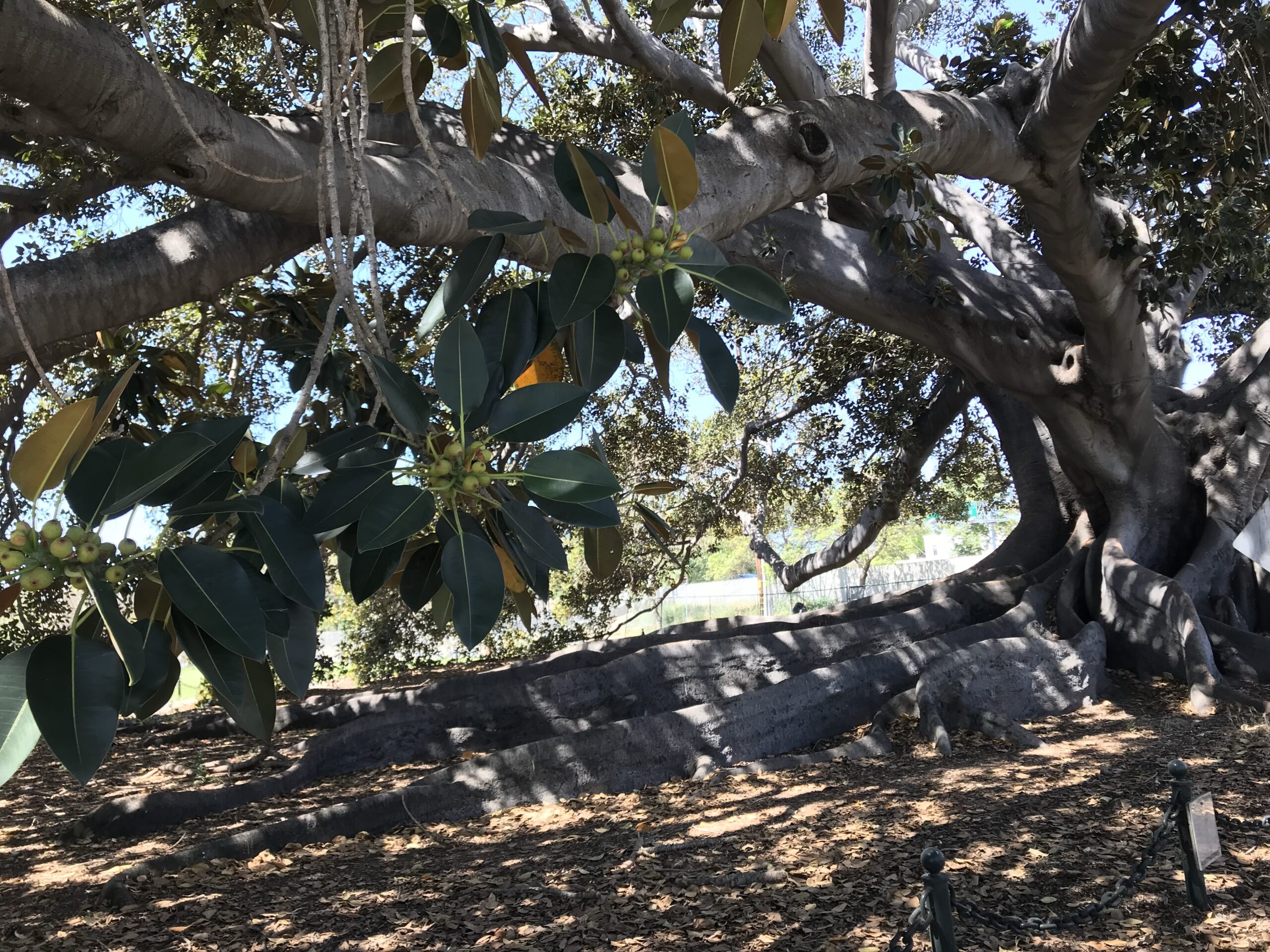
Yearly Events in Santa Barbara
Santa Barbara hosts several annual events, including:
- Harbor & Seafood Festival: Held each October at the Santa Barbara Harbor4.
- Parade of Lights: A December event at the harbor4.
- State of the County: Organized by the Chamber of Commerce5.
- Goleta Lemon Festival: Another Chamber of Commerce event5.
- Saturday Fisherman’s Market: A weekly event at the harbor where visitors can buy fresh catch from local fishermen4.
The Fourth of July in Santa Barbara is a vibrant celebration featuring a full day of family-friendly activities along the waterfront. Festivities include live music performances at the West Beach Bandstand, food vendors, and street fairs starting at noon. The day culminates in a spectacular 20-minute fireworks display at approximately 9 p.m., launched from West Beach and accompanied by a radio simulcast.Events also include concerts at the Santa Barbara Courthouse and activities like face painting on Stearns Wharf. The celebration emphasizes community spirit and offers various entertainment options for all ages, making it a cherished local tradition.
Old Spanish Days, also known as Fiesta, is a vibrant annual festival held in Santa Barbara, typically from late July to early August. In 2024, it will take place from July 31 to August 437. The festival celebrates the rich cultural heritage of Santa Barbara, with influences from Spanish, Mexican, and Native American cultures47.Importance to Residents and Tourists:
- Cultural Celebration: It honors the city’s history and traditions, promoting community spirit and cultural pride among residents6.
- Tourist Attraction: As one of the top regional festivals in the U.S., it draws thousands of visitors, boosting local tourism and economy68.
- Community Engagement: The festival includes parades, music, dance performances, and markets, offering diverse activities for all ages37.
Old Spanish Days serves as both a cherished local tradition and a significant tourist attraction, highlighting Santa Barbara’s unique cultural identity.
Old Spanish Days features several key events:
Main Events
- El Desfile Histórico (Historical Parade): A massive equestrian parade with over 600 horses, antique coaches, and floats depicting local history
- La Fiesta Pequeña: Evening dance performances at Old Mission Santa Barbara
- Las Noches de Ronda: Nightly dance performances at the Santa Barbara County Courthouse Sunken Gardens
- El Mercado De La Guerra: A traditional marketplace with food, vendors, and entertainment
- Fiesta Stock Horse Show & Rodeo: Professional rodeo events
Special Highlights
- Noche de Gala: Celebration of Spanish culture
- DIGS!: An evening event at the Santa Barbara Zoo with food, music, and dancing
- La Misa del Presidente: A traditional Roman Catholic Mass at Old Mission Santa Barbara
The festival runs from July 31 to August 4, 2024, celebrating its 100th anniversary and showcasing Santa Barbara’s rich cultural heritage.
These events, combined with the city’s natural beauty and rich cultural heritage, make Santa Barbara a vibrant and attractive destination for visitors and residents alike.
Summary
The story of Santa Barbara, known as the American Riviera, begins with the iconic Old Mission Santa Barbara. Founded in 1786 by Spanish Franciscans, this “Queen of the Missions” stands as a testament to the area’s rich cultural heritage. Its twin bell towers and stunning architecture have become synonymous with the city’s character.
As Santa Barbara grew, it became the backdrop for tales of adventure and romance. The legend of Zorro, the dashing vigilante hero, was born here in 1919 through Johnston McCulley’s novel. The caped crusader’s story continues to captivate audiences, with Opera Santa Barbara bringing Zorro to life on stage in 2024.
The city’s natural beauty is exemplified by the majestic Moreton Bay Fig Tree, planted in the late 1800s. This living landmark, now over 130 years old, has witnessed the transformation of Santa Barbara from a sparsely settled area to a thriving coastal paradise.
Nestled in the mountains above Santa Barbara, Cold Spring Tavern stands as a picturesque reminder of the region’s stagecoach era. Since 1886, this rustic retreat has welcomed travelers, offering a taste of history along with its famous tri-tip sandwiches.
However, Santa Barbara’s story isn’t without its darker chapters. In 1969, a devastating oil spill in the Santa Barbara Channel caused significant environmental damage, killing thousands of sea birds and marine animals. This disaster sparked the modern environmental movement and led to crucial legislation protecting California’s coast.
The city’s tumultuous history also includes the burning of a Bank of America branch in Isla Vista in 1970, a reflection of the era’s social unrest and anti-establishment sentiments.
Despite these challenges, Santa Barbara’s spirit has remained resilient. The city continues to celebrate its diverse heritage through events like Old Spanish Days Fiesta. In 2024, this beloved festival marks its centennial, filling the streets with colorful papel picado, lively mercados, and the historic El Desfile Histórico parade. From July 31 to August 4, Santa Barbara will once again honor its Spanish, Mexican, and Native American influences, showcasing the enduring charm of the American Riviera.


